60 years on from the debut of Alec Issigonis’s industry changing design, the various owners of the brand and external companies have spawned countless hardcore versions of the Mini.
These are the best fast Minis produced across the six history making decades of the model that went on to become a brand in its own right.
Mitjet Mini Pikes Peak
 The Pikes Peak International Hill Climb has long been a hotbed for some of the more unhinged vehicles on this earth, especially since the iconic mountain road was fully tarmacked ahead of the 2012 edition of the race.
The Pikes Peak International Hill Climb has long been a hotbed for some of the more unhinged vehicles on this earth, especially since the iconic mountain road was fully tarmacked ahead of the 2012 edition of the race.
The switch away from gravel meant that a whole new breed of car could take on ‘The Race to the Clouds’. One such car was the 900bhp, Nissan GT-R-powered Mini Pikes Peak, built by French outfit Mitjet.
That year, the car finished third in the hands of company founder and racing driver Jean-Phillippe Dayraut. And, even though the car didn’t take victory, it will almost certainly go down as one of history’s most insane Minis, even if it likely only shares a badge with the road-going hatchback.
Mini All-4 Racing
 A four-wheel drive rallying Mini? Not such a unique thing, as we’ll discuss further down this list, but this is the most successful of them.
A four-wheel drive rallying Mini? Not such a unique thing, as we’ll discuss further down this list, but this is the most successful of them.
Winning the famous Dakar Rally four years in a row – two of which came with event legend Stéphane Peterhansel at the wheel – this is one of the most successful racing vehicles of the 2010s.
It has a 320bhp engine that delivers 800Nm of torque, but it’s rugged durability that wins you the Dakar, and this vaguely Countryman-shaped bespoke racer had that in spades.
Mini John Cooper Works GP Kit
 The last of the MK1 BMW-built Minis featuring the potent supercharged 1.6-litre engine that powered all of this generation’s performance variants, the 2006 John Cooper Works GP is still one of the quickest as-standard hot Minis ever.
The last of the MK1 BMW-built Minis featuring the potent supercharged 1.6-litre engine that powered all of this generation’s performance variants, the 2006 John Cooper Works GP is still one of the quickest as-standard hot Minis ever.
It was 40 kilos lighter than a regular Cooper S, and had the added bonus of 215bhp. Just 2000 were built, meaning that the GP is as rare as it is powerful.
Mini Marcos
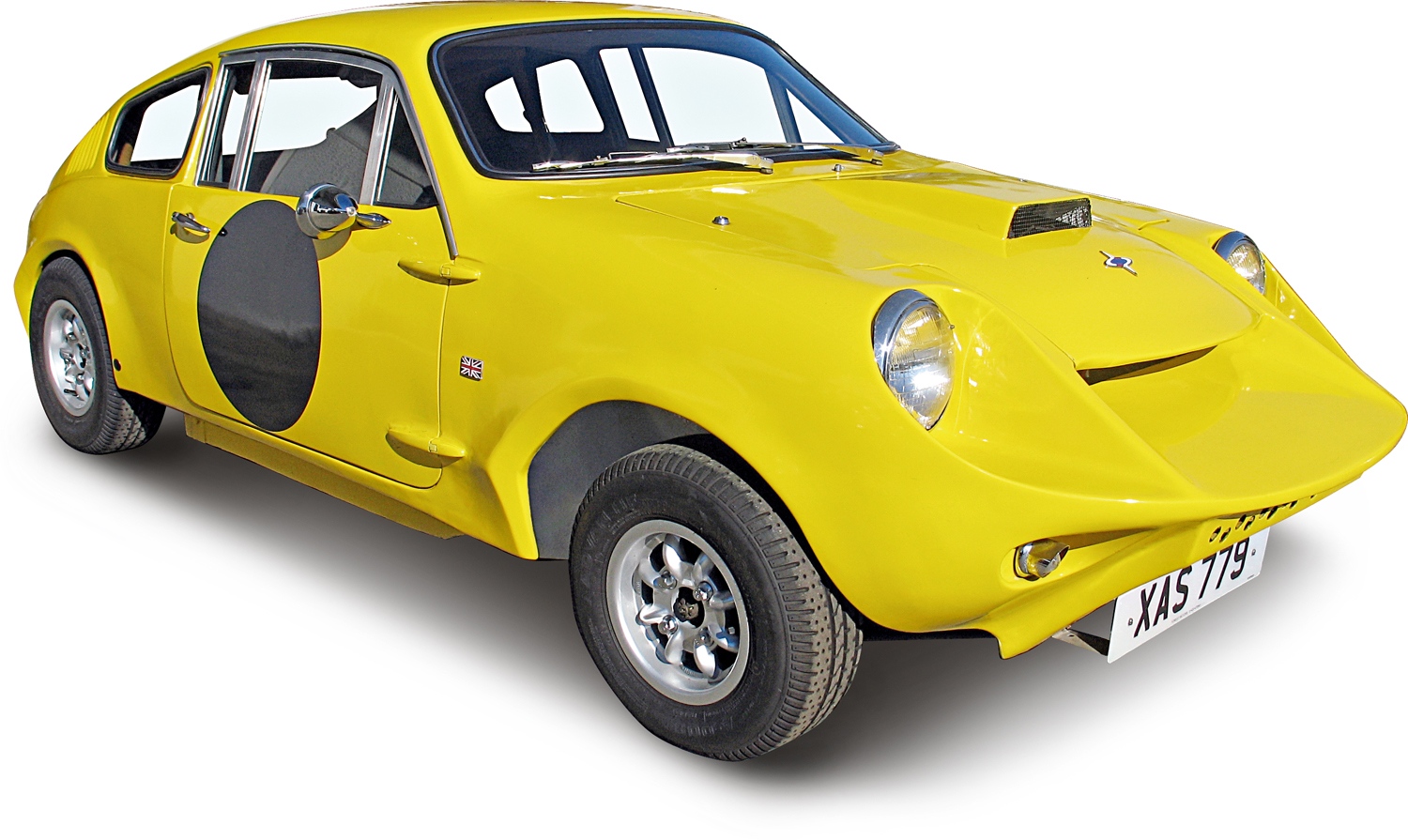 Based on the subframes and running gear from a Mini, the sweeping, petite Mini Marcos was a true sportscar underdog. As with the Marcos manufacturer as a whole, this car has a cult following in the UK and beyond.
Based on the subframes and running gear from a Mini, the sweeping, petite Mini Marcos was a true sportscar underdog. As with the Marcos manufacturer as a whole, this car has a cult following in the UK and beyond.
The ultimate showing of its determined grit came at Le Mans; while all the headlines were stolen by a commanding victory for Ford and its GT40 in 1966, the Marcos managed to cross the line in 15thplace, and was the only British car to finish the race that year.
Mini Countryman WRC
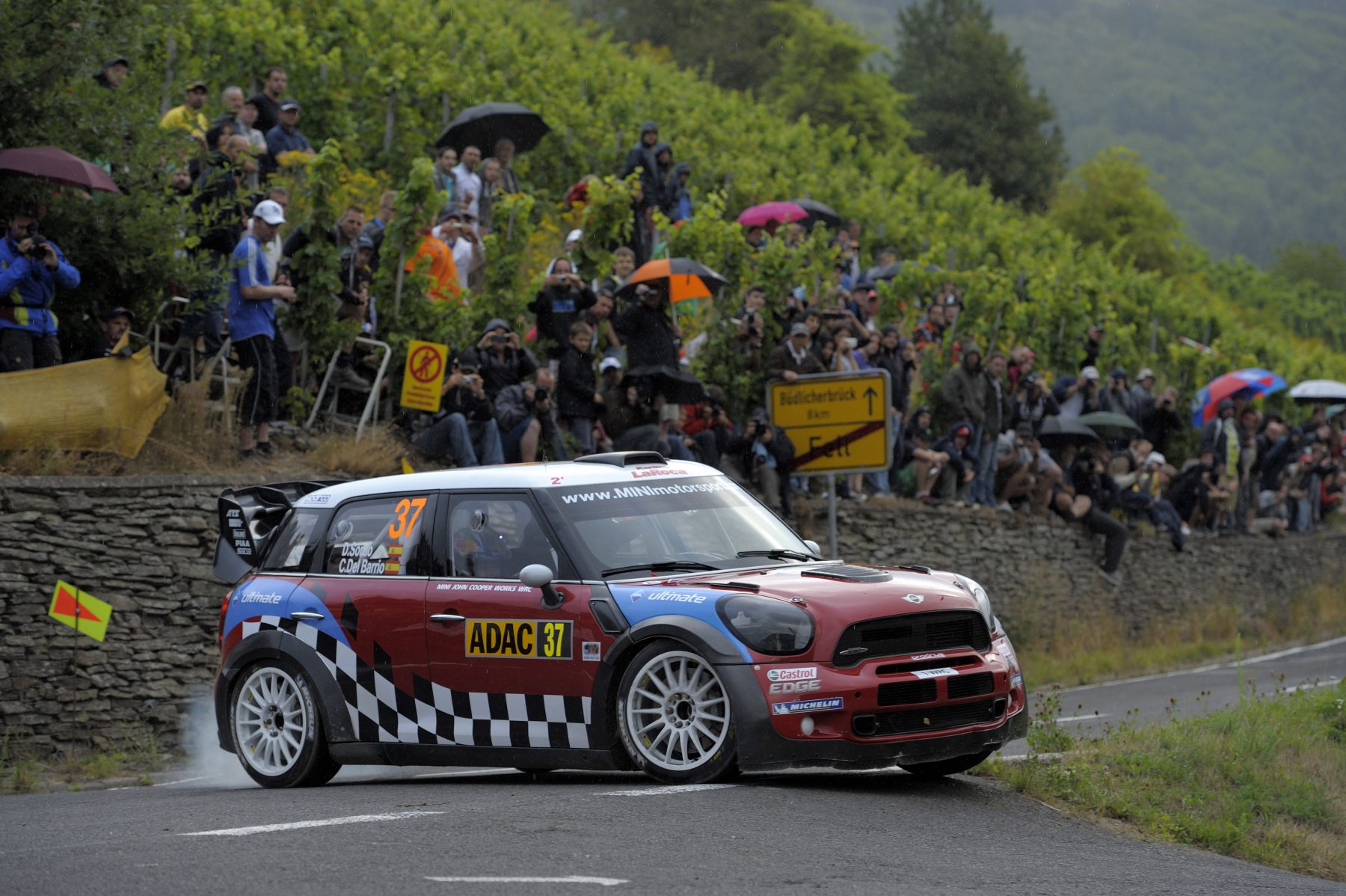 A sadly short-lived project, the Mini John Cooper Works Countryman WRC was built by rally experts Prodrive, who had previously been responsible for Subaru’s lineage of world-conquering Imprezas. The Countryman boasted all-wheel drive and nearly 300bhp.
A sadly short-lived project, the Mini John Cooper Works Countryman WRC was built by rally experts Prodrive, who had previously been responsible for Subaru’s lineage of world-conquering Imprezas. The Countryman boasted all-wheel drive and nearly 300bhp.
Sadly, the relationship between BMW and Prodrive quickly soured over funding, and by the end of 2012, its days as a competitive force in the World Championship were numbered, just a year on from its debut. A second place in Monte Carlo at the start of 2012 was the high water mark for the project.
Mini Clubman Vision Gran Turismo
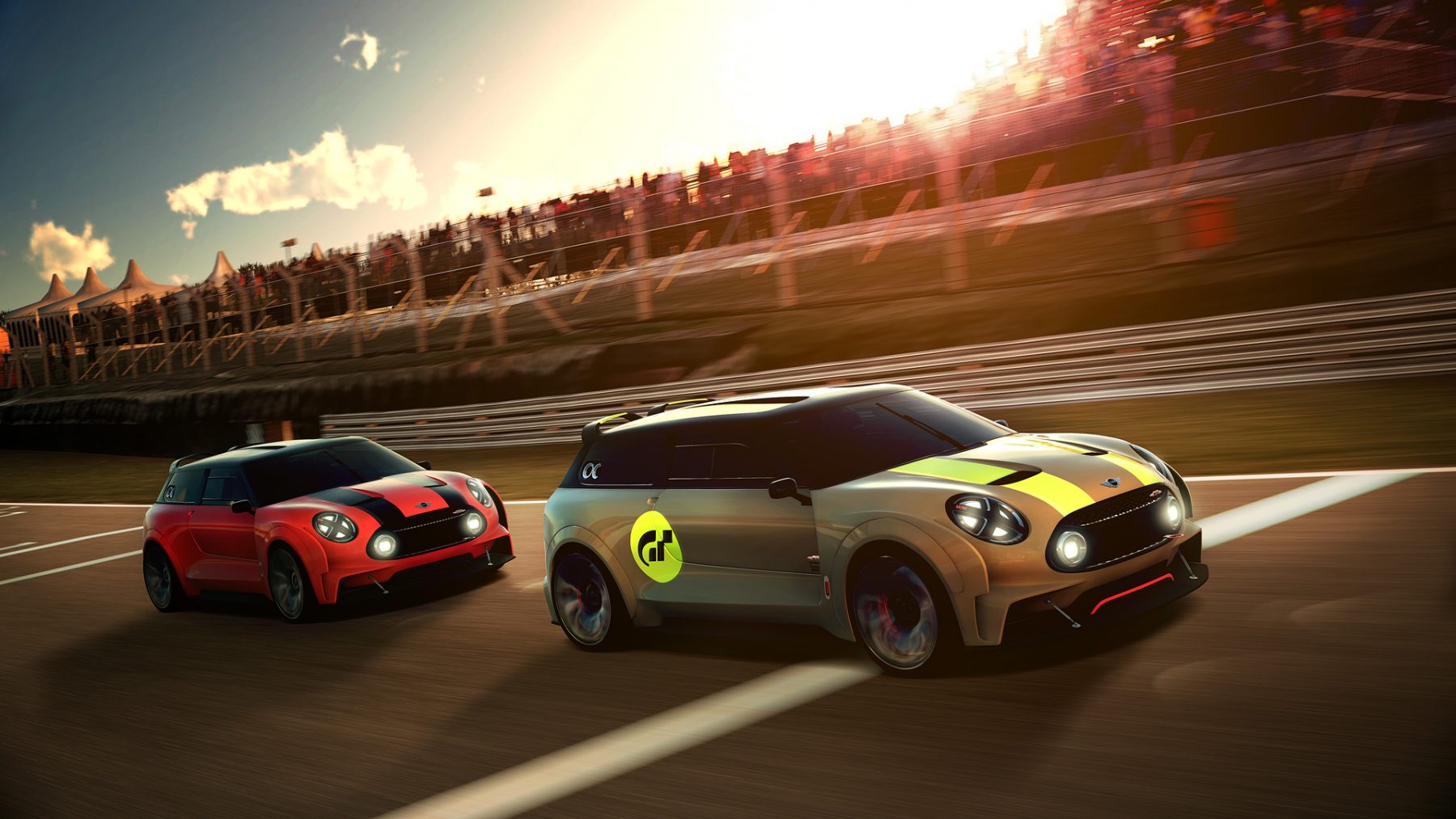 ‘Built’ in the virtual world for the Gran Turismo racing game, this is probably the closest thing we’ll ever see to a rival to the Ford Focus RS from the Mini brand.
‘Built’ in the virtual world for the Gran Turismo racing game, this is probably the closest thing we’ll ever see to a rival to the Ford Focus RS from the Mini brand.
The Clubman Vision Gran Turismo was designed as a race car, featuring 389bhp, a curb weight of just 1,050 kilos, and a 0-60 time of just 3.5 seconds. While it will likely never leave the Playstation 3, it is certainly an exciting vision.
Mini Cooper S (Rally)
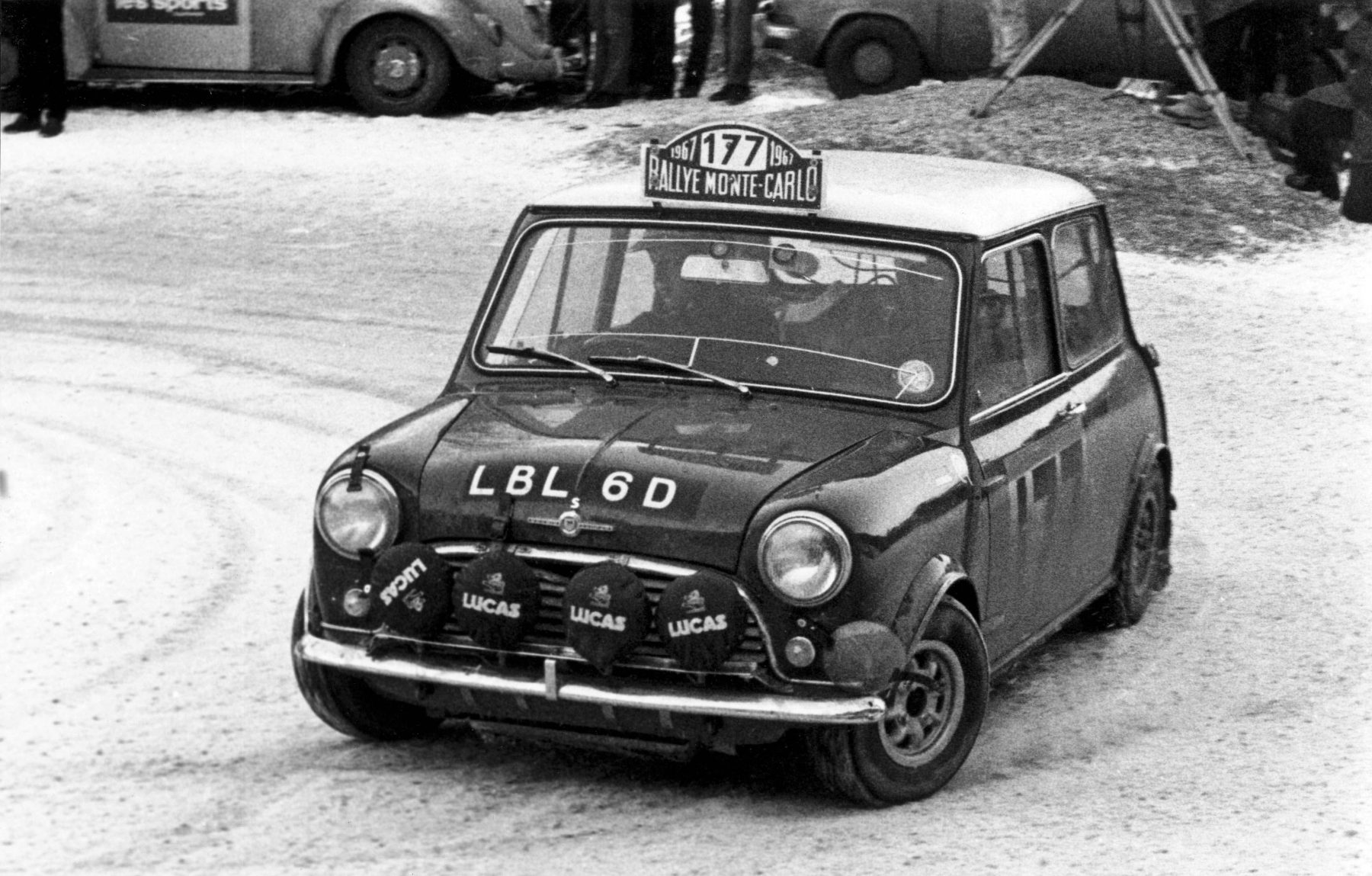 In the early days of rallying, before four-wheel drive cars were the norm, nimbleness and reliability were extremely important for rally cars, particularly at more challenging rallies such as the Monte Carlo.
In the early days of rallying, before four-wheel drive cars were the norm, nimbleness and reliability were extremely important for rally cars, particularly at more challenging rallies such as the Monte Carlo.
In the ‘60s, the Mini dominated the rally in the Riviera principality, taking victory in 1964, 1965 and 1967. The plucky little cars also took a 1-2-3 finish in 1966, before a trivial headlight regulation saw them disqualified.

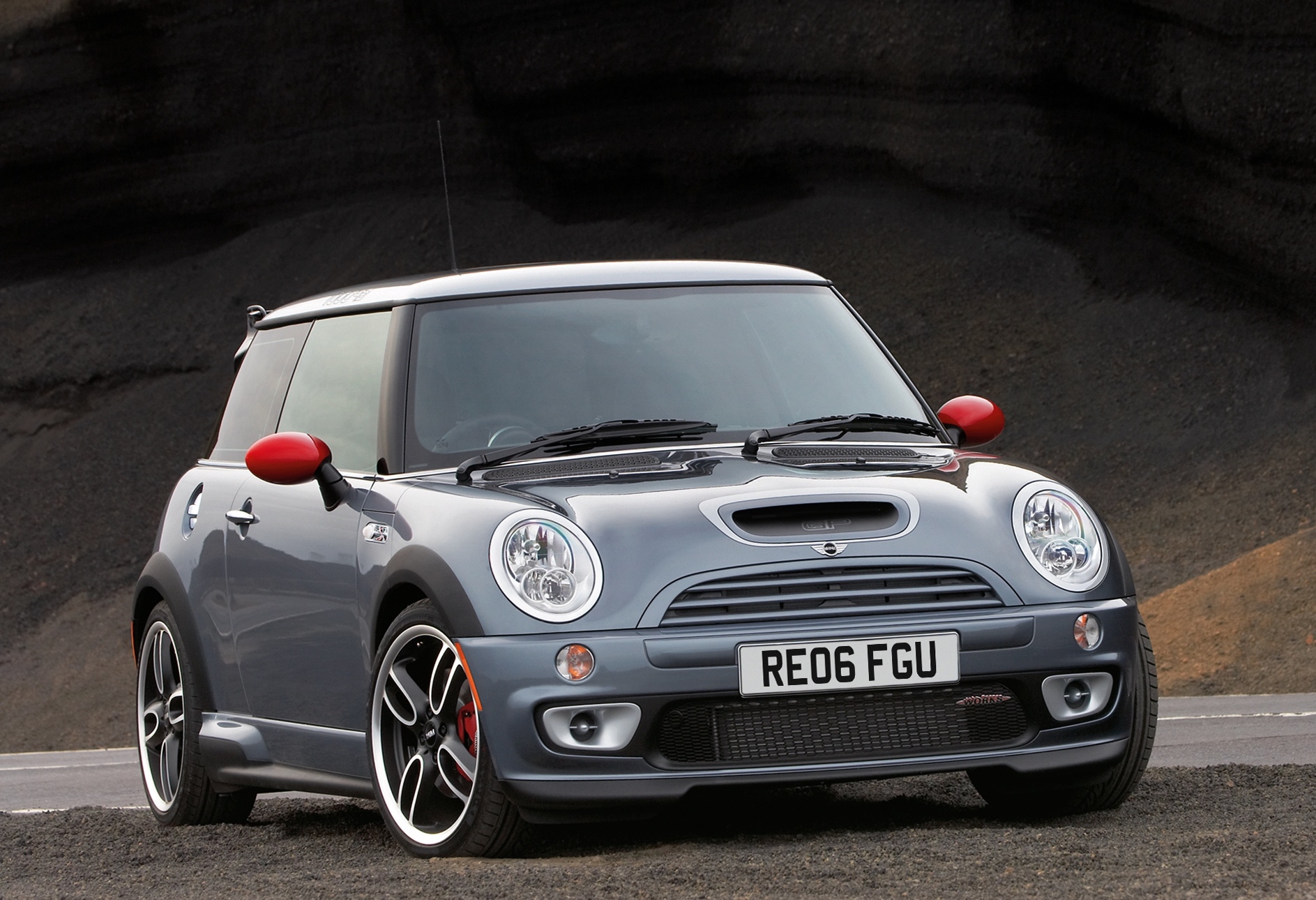
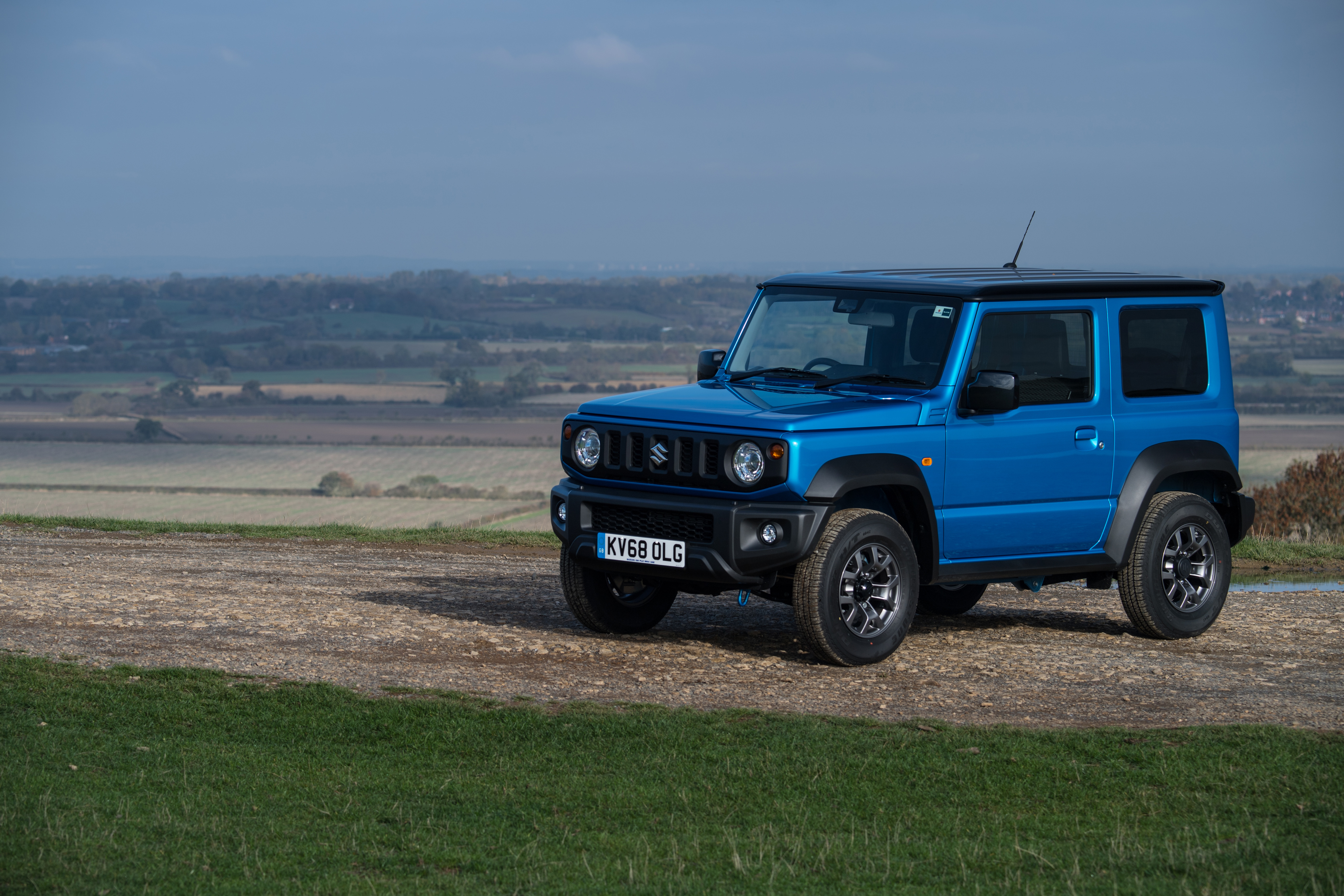
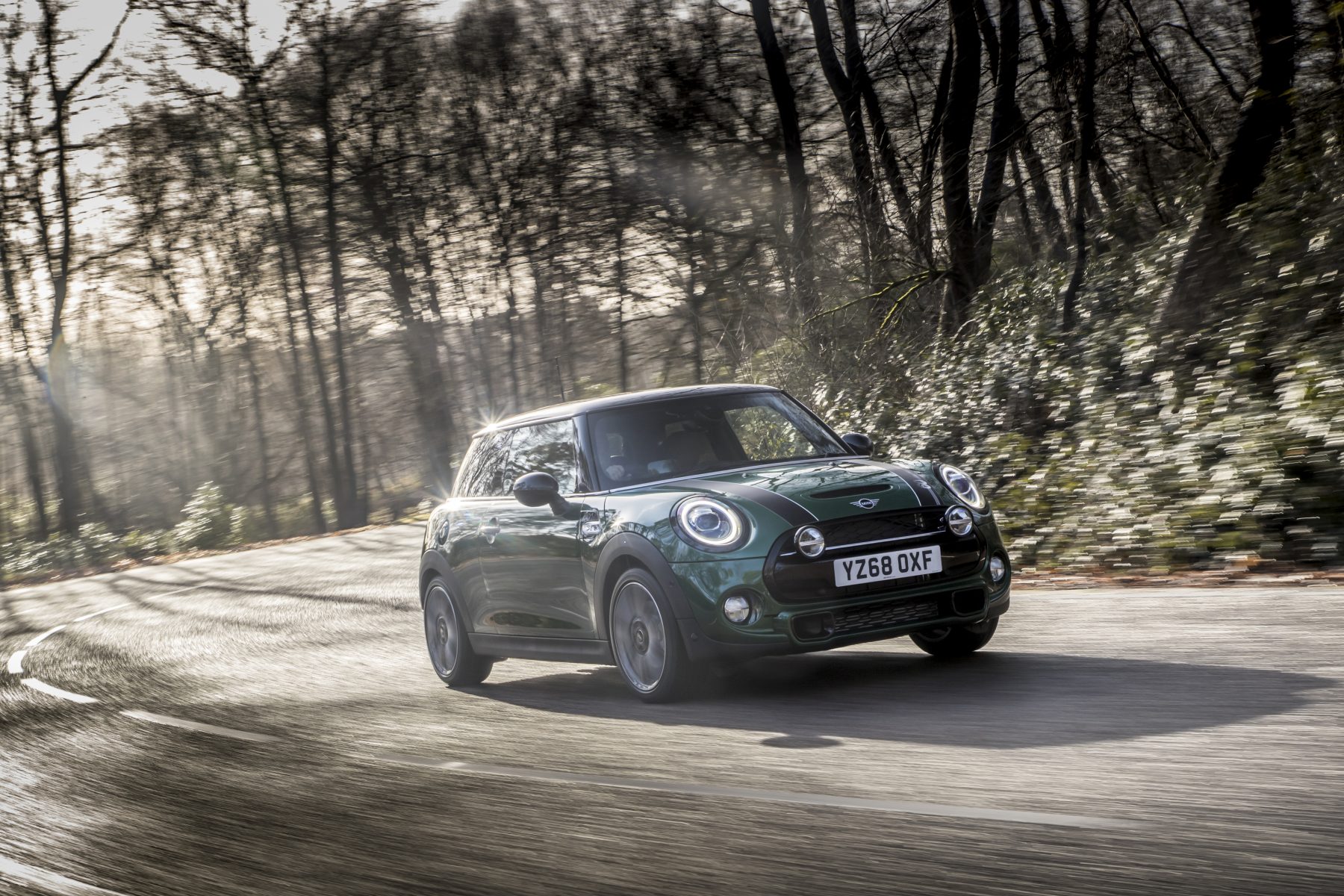

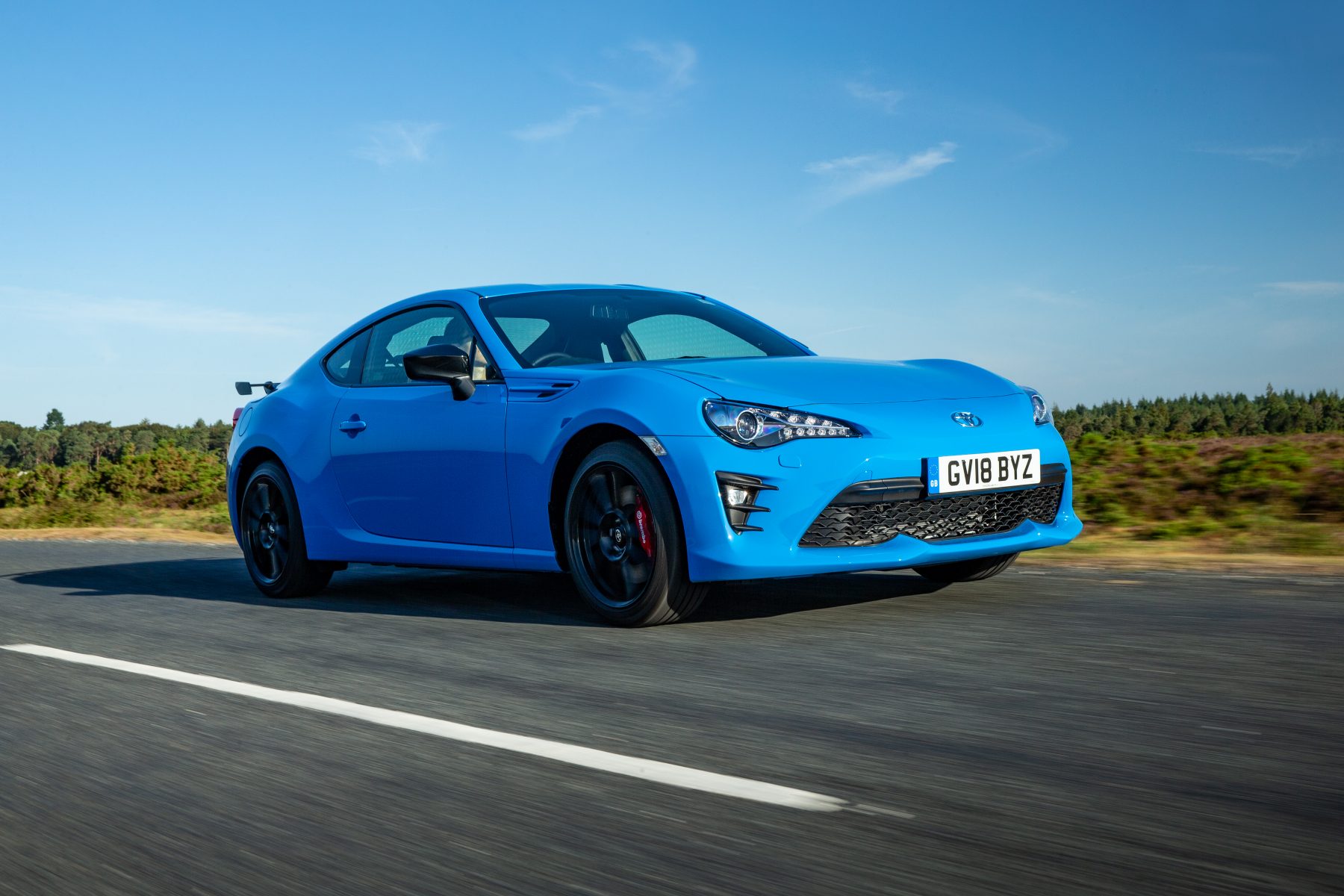
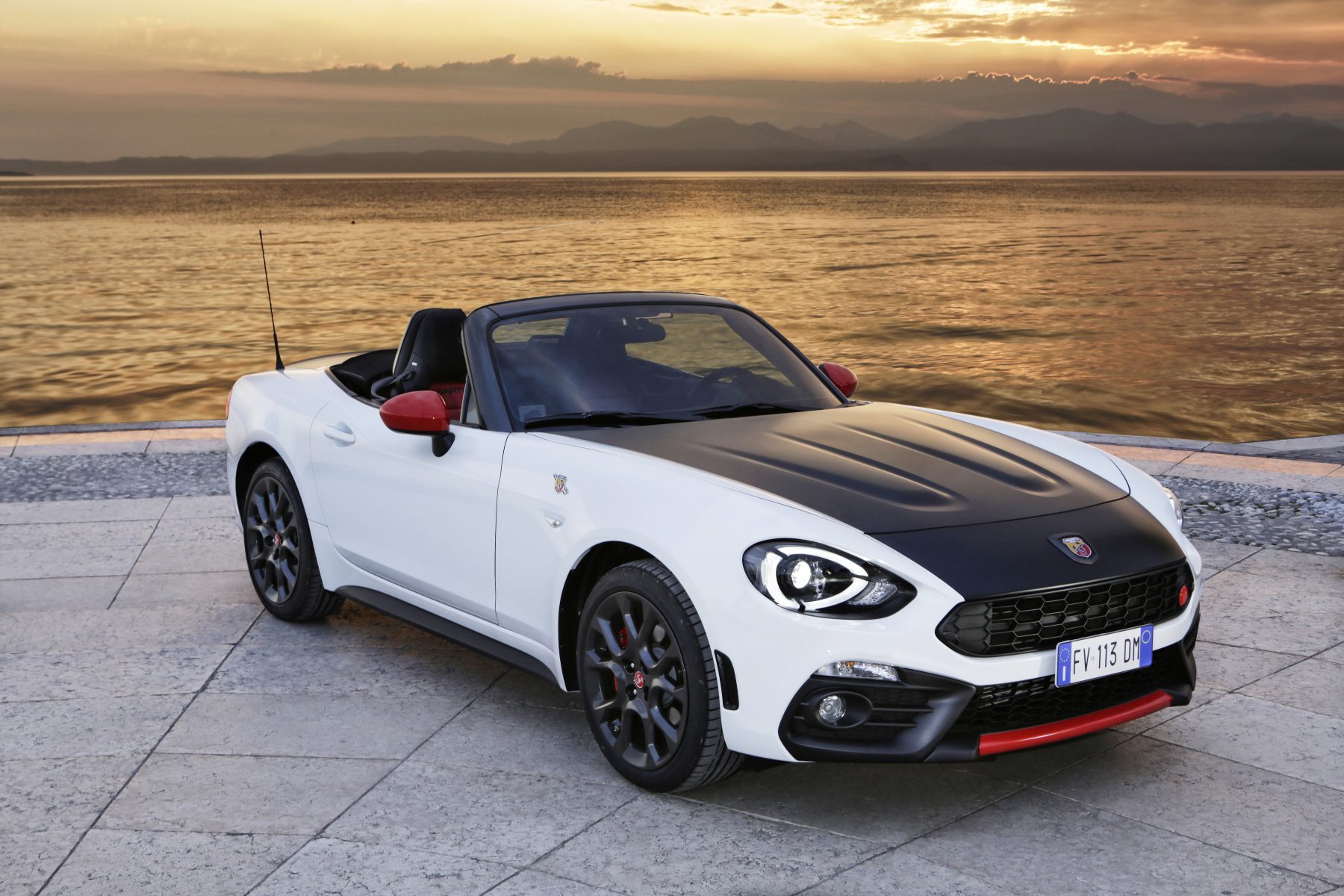
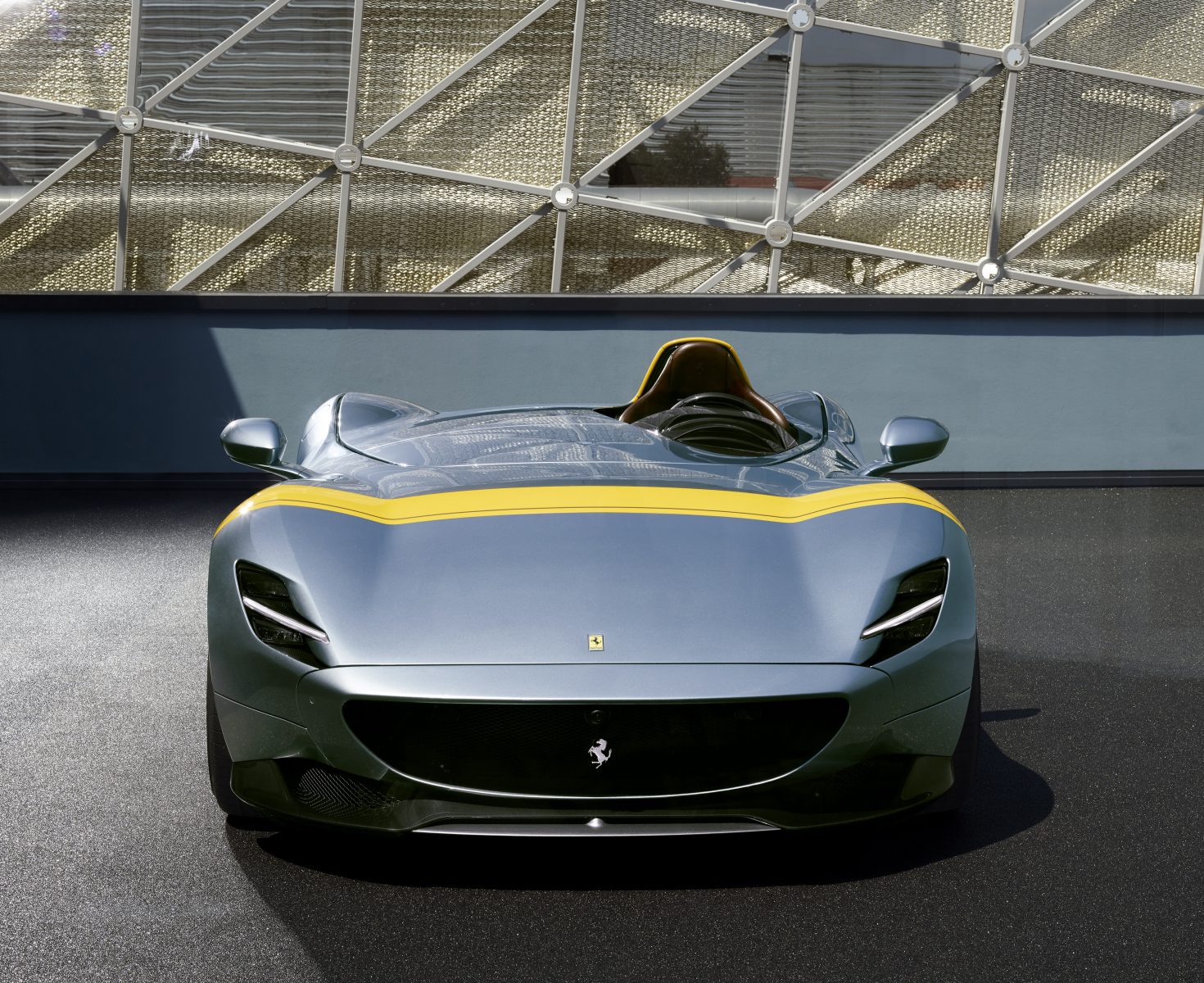
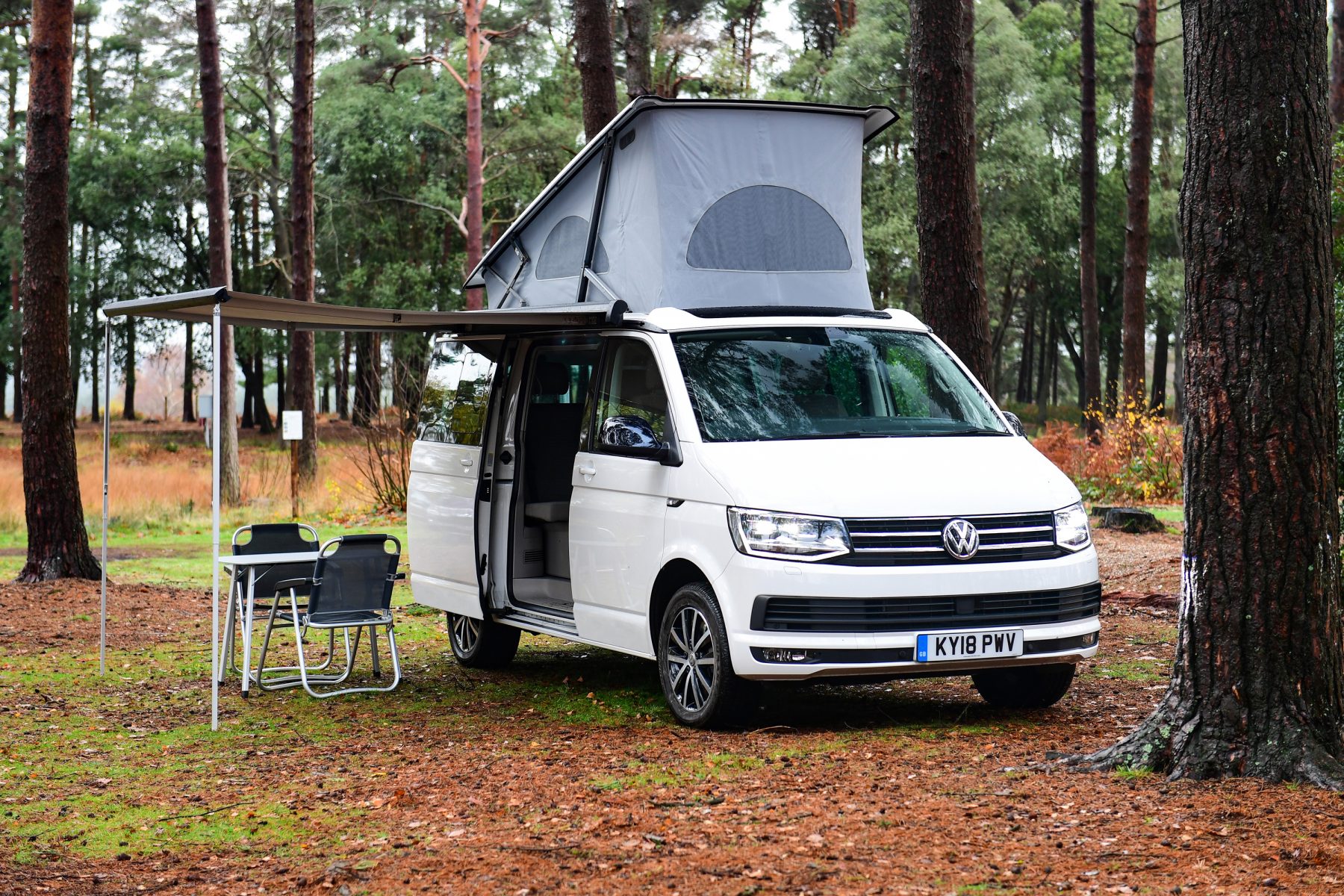
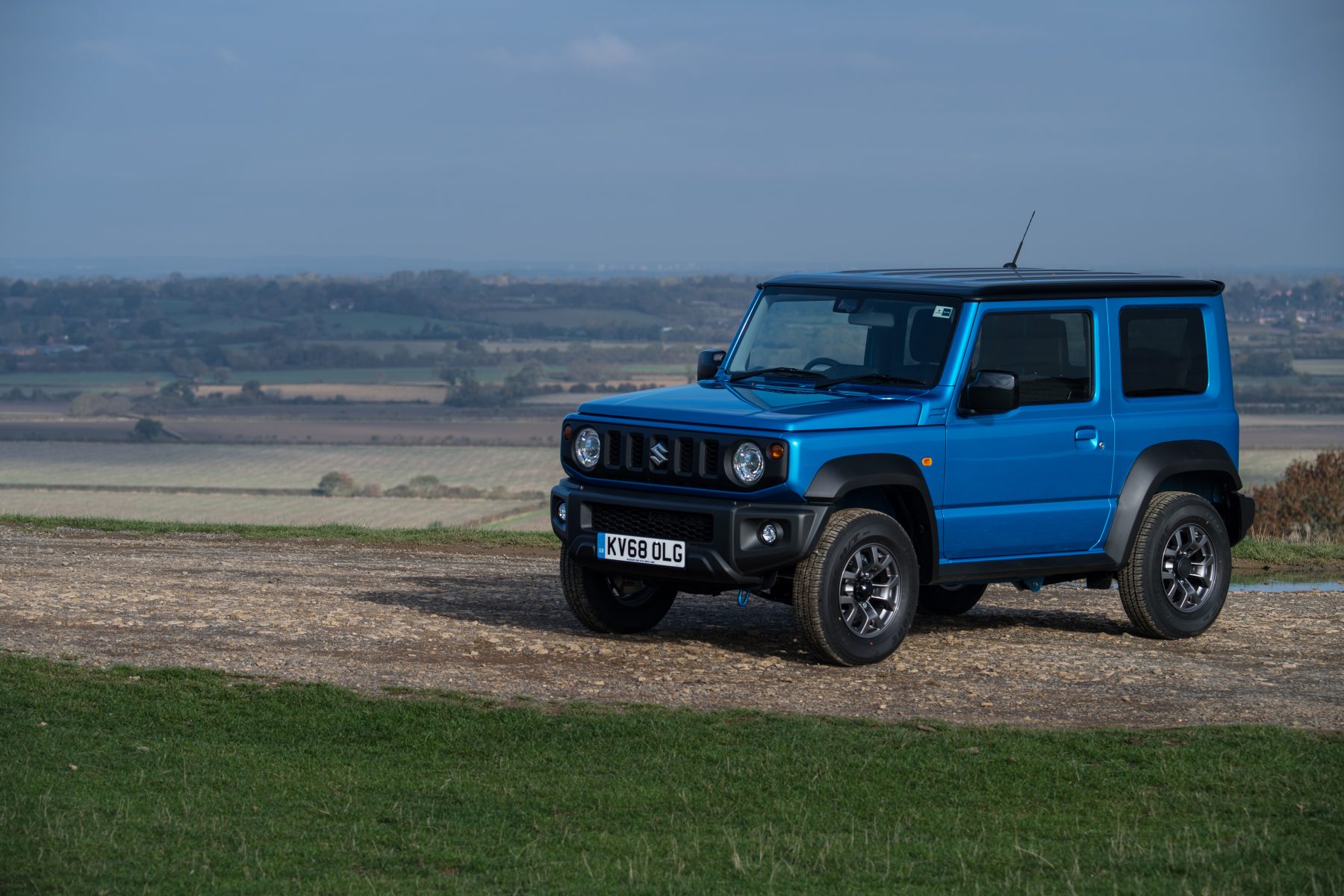
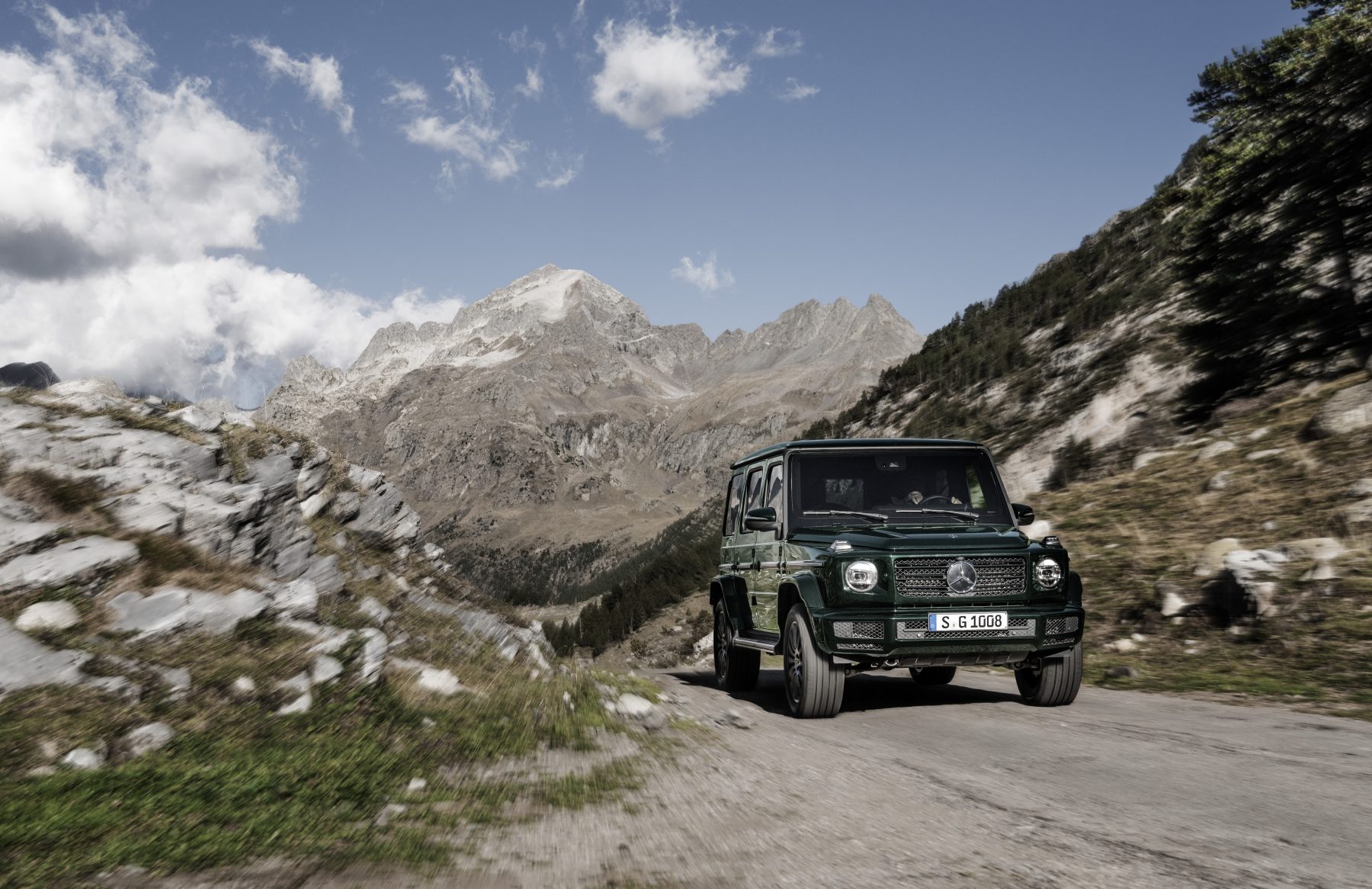
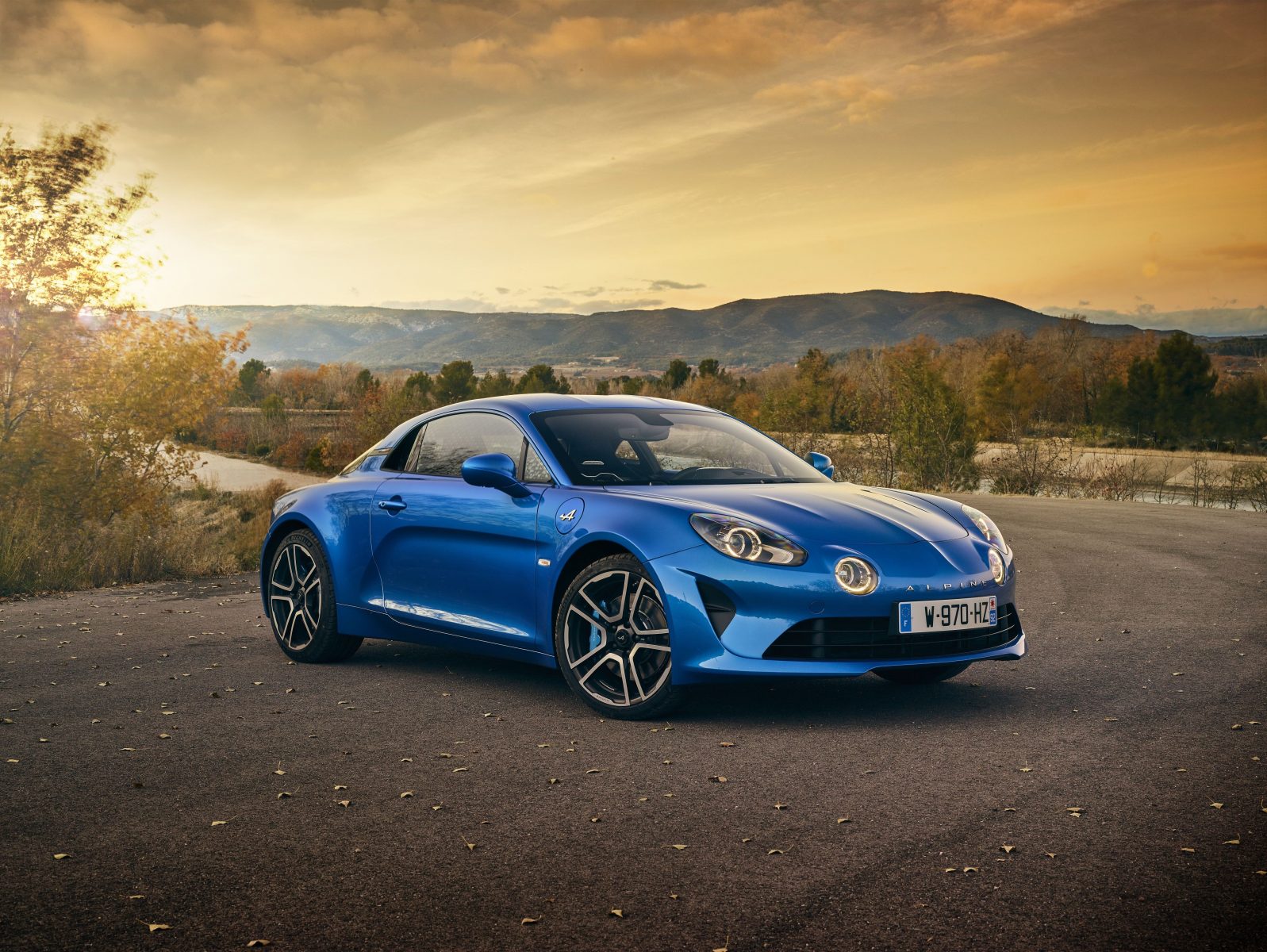
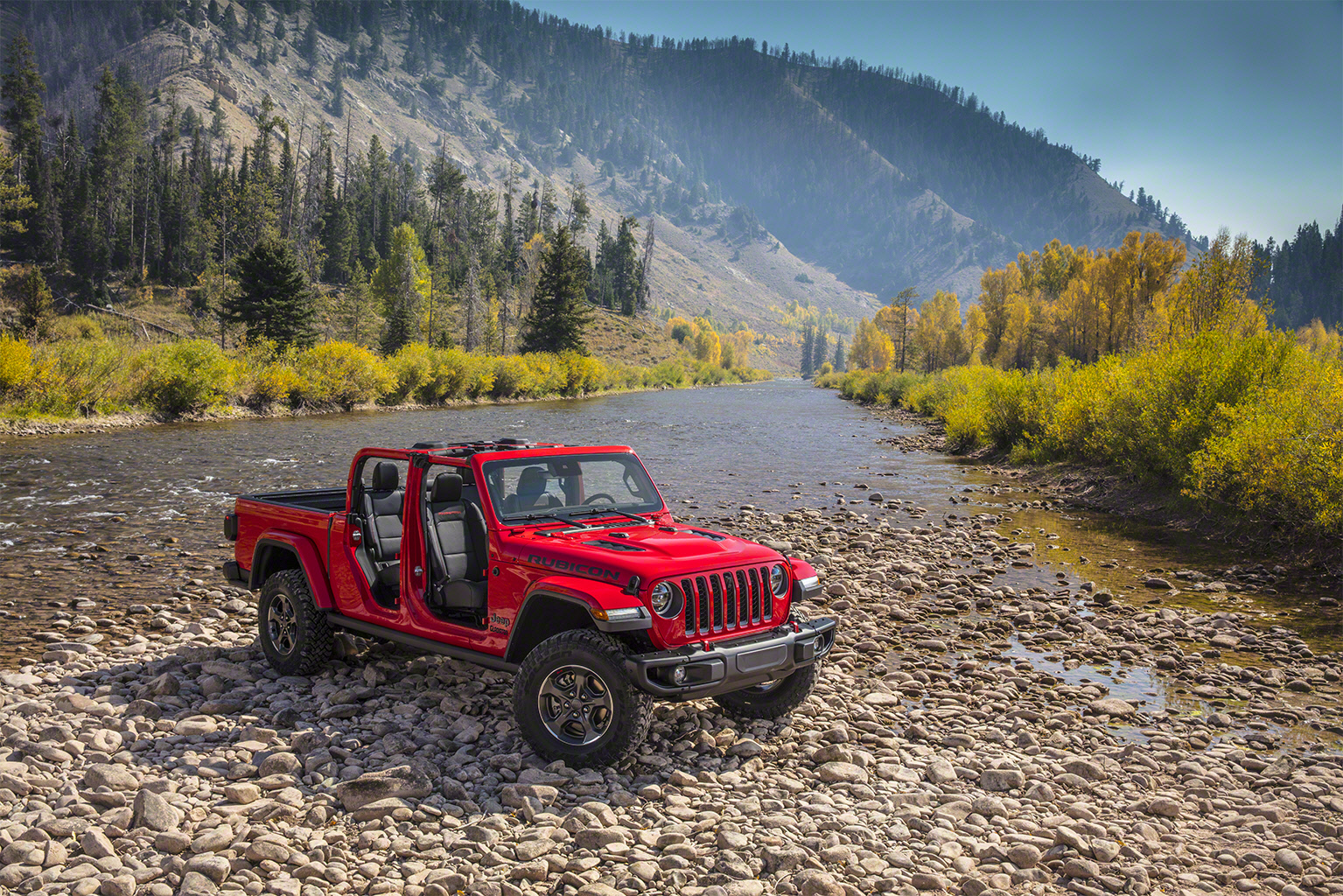
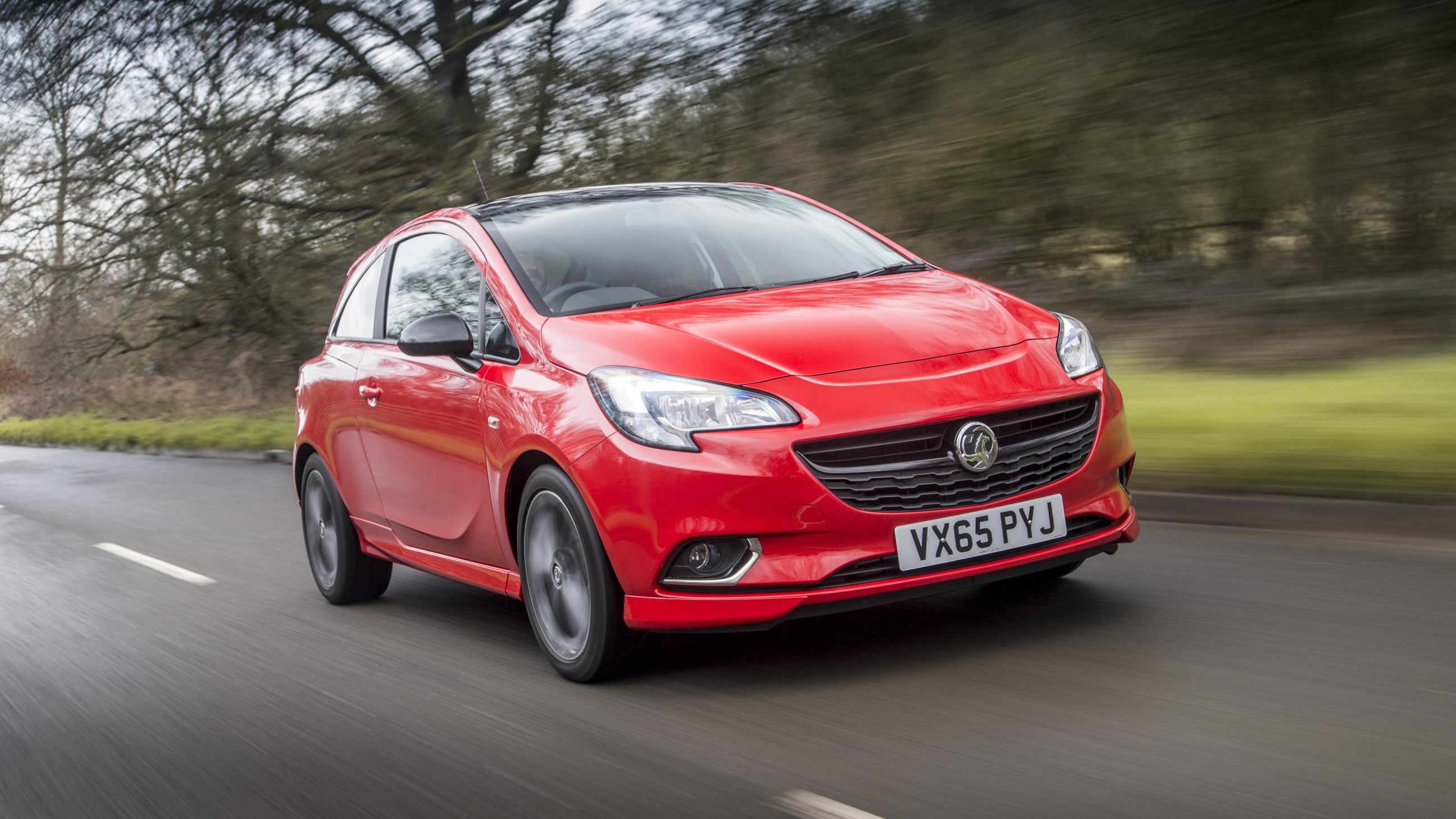
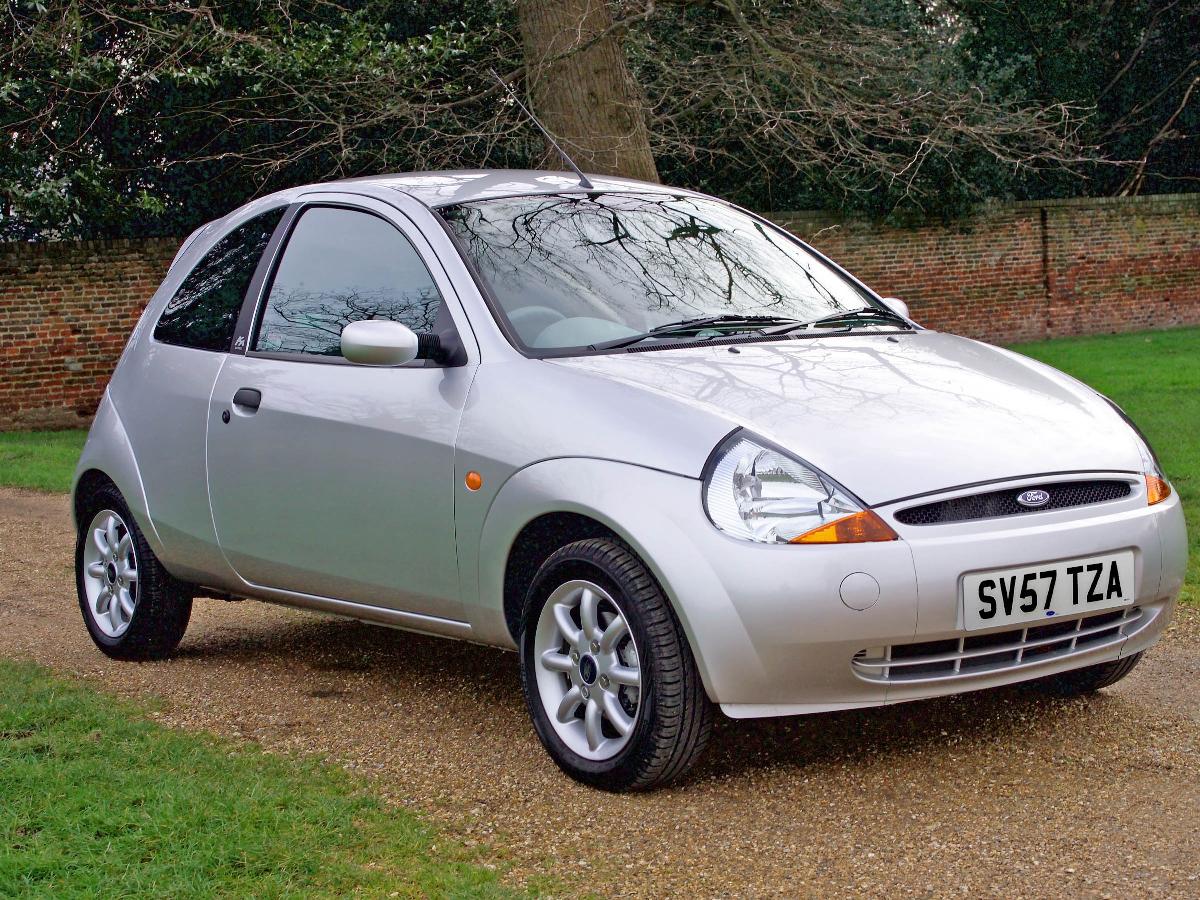

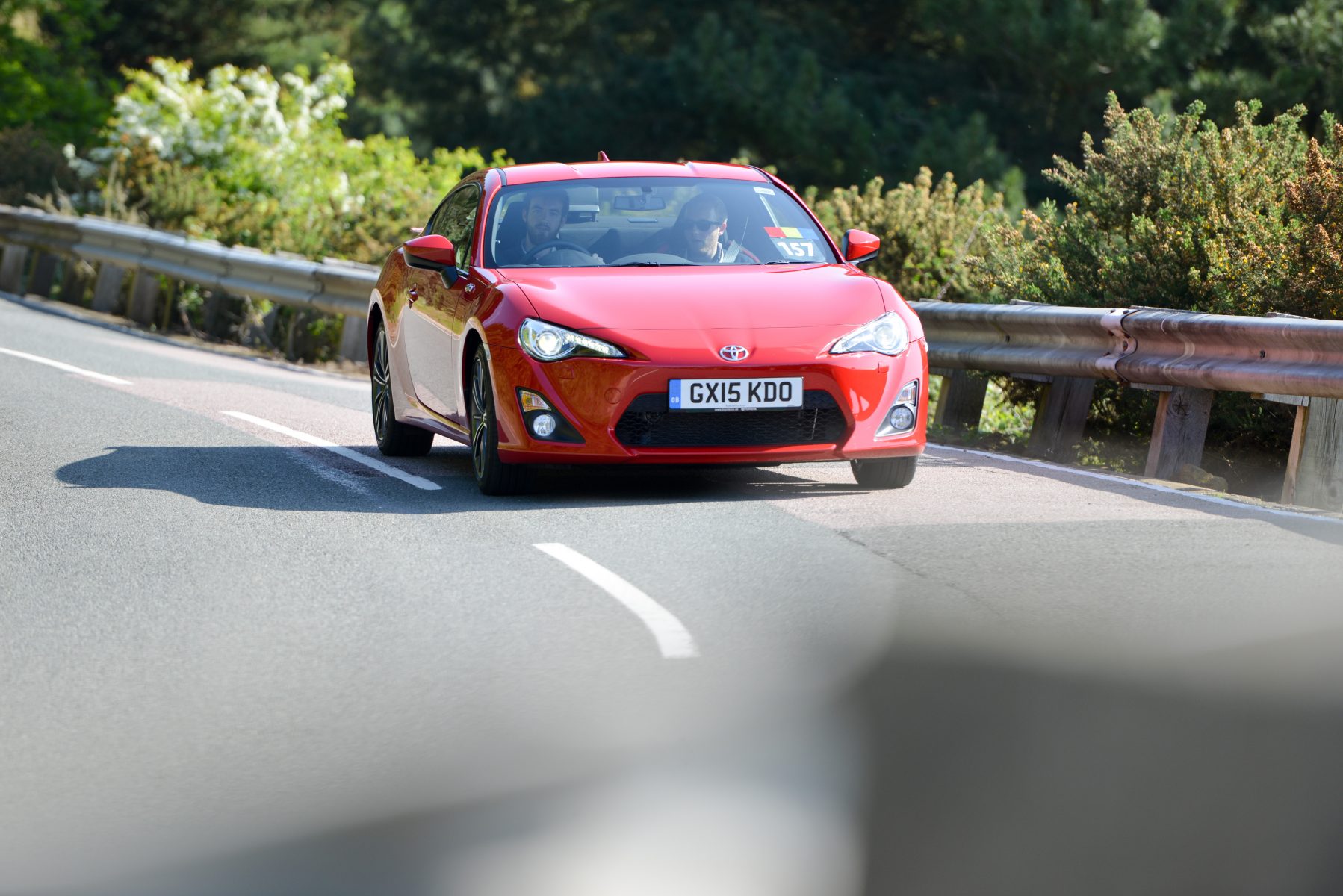
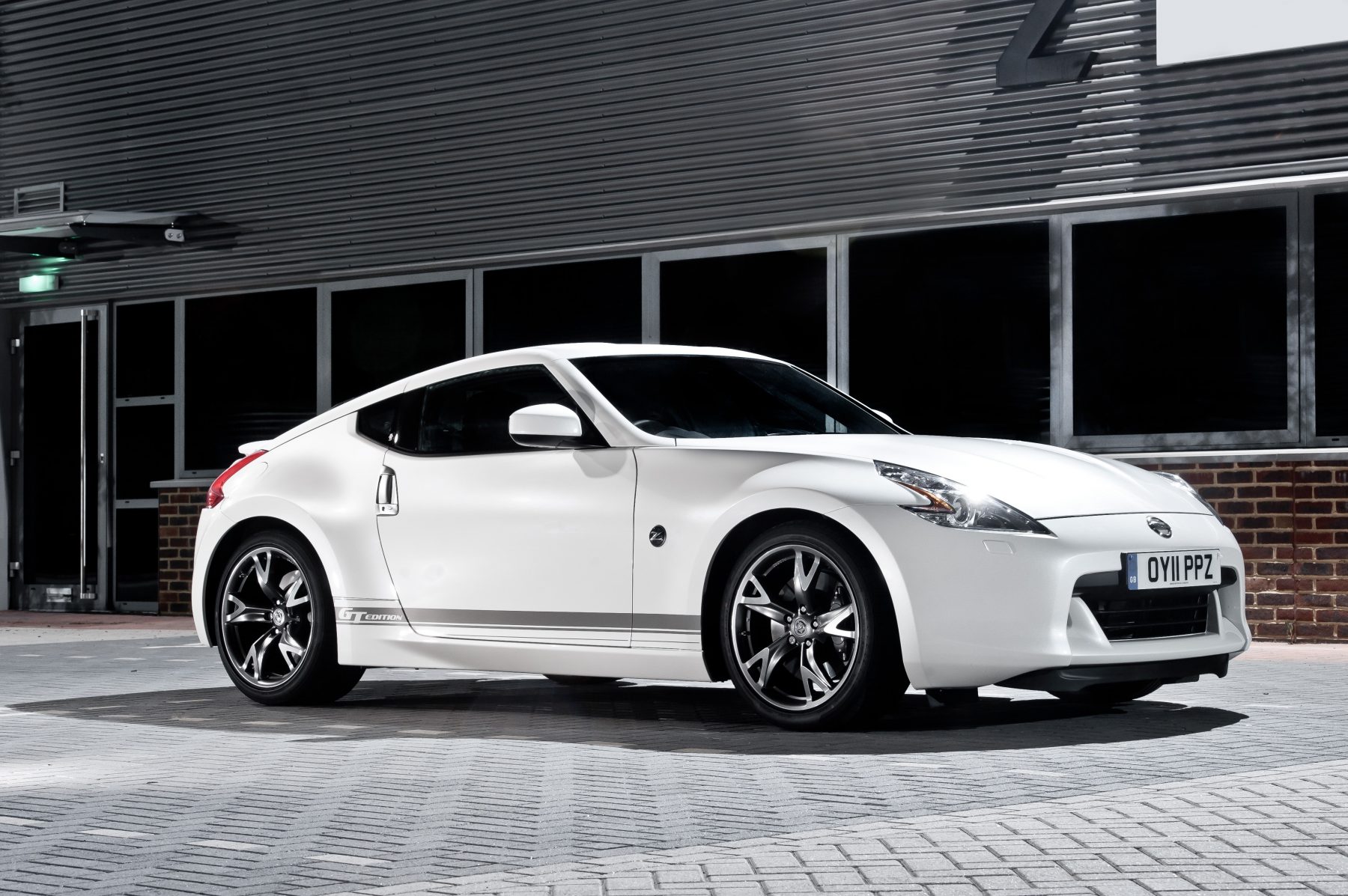
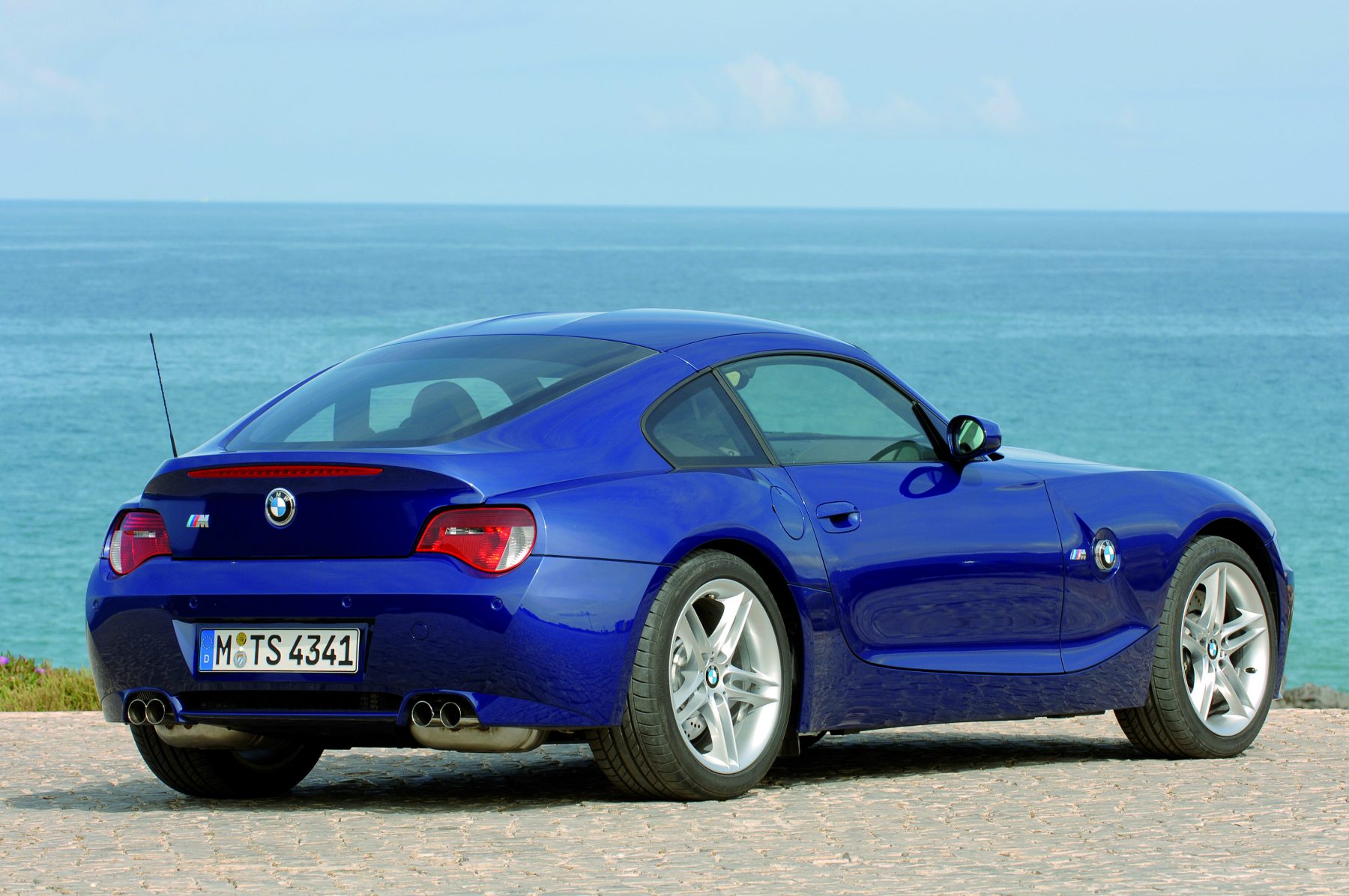
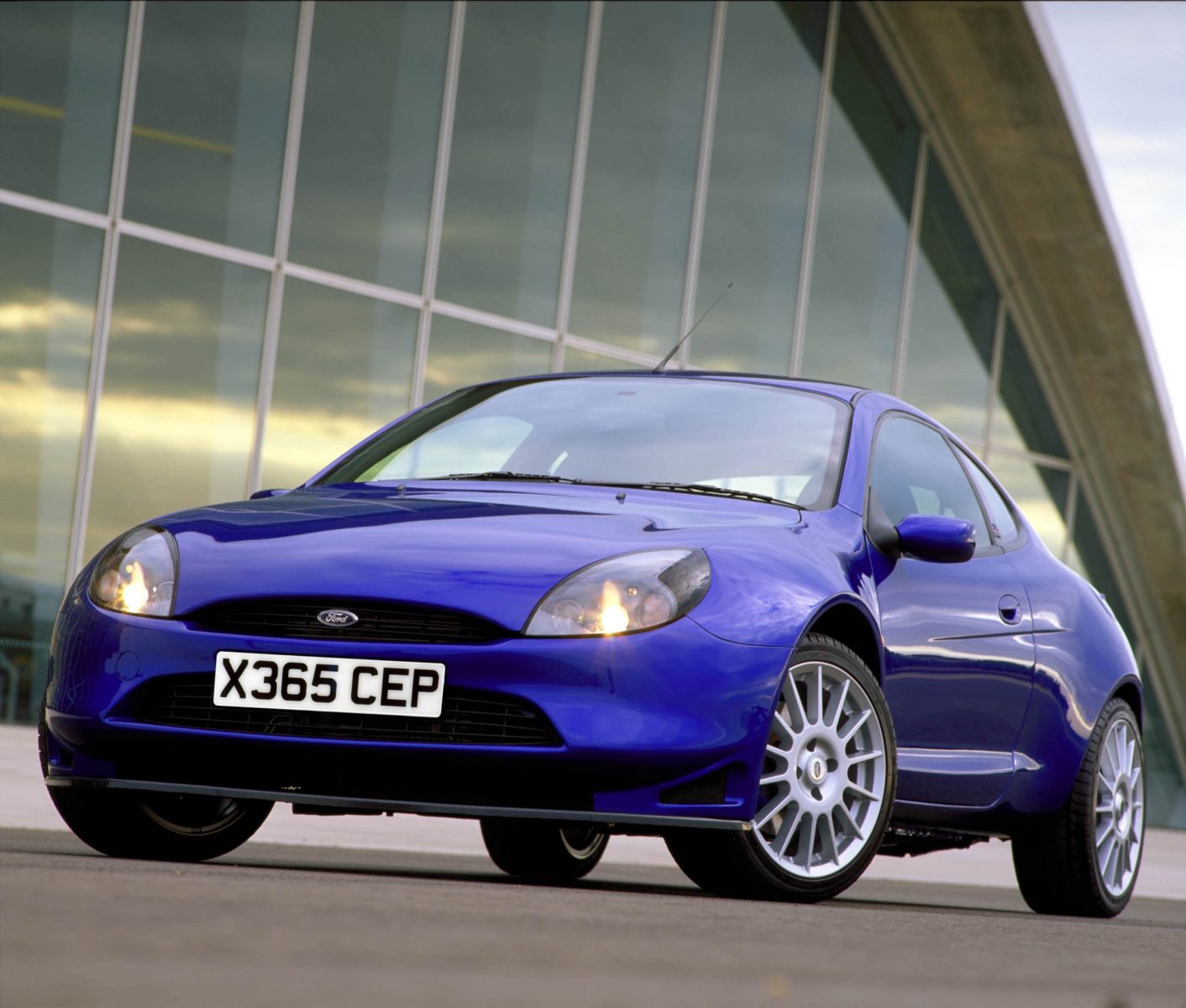

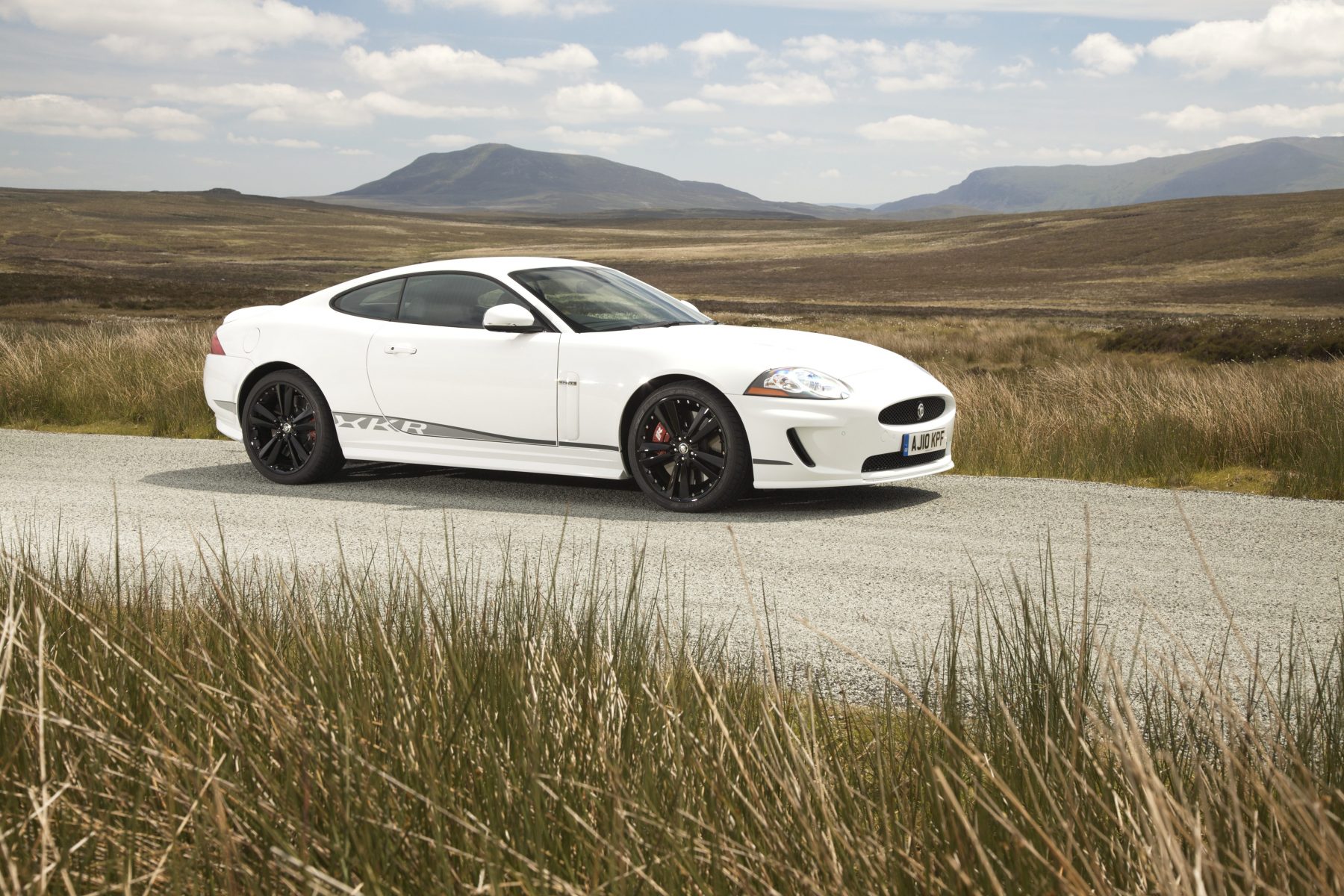


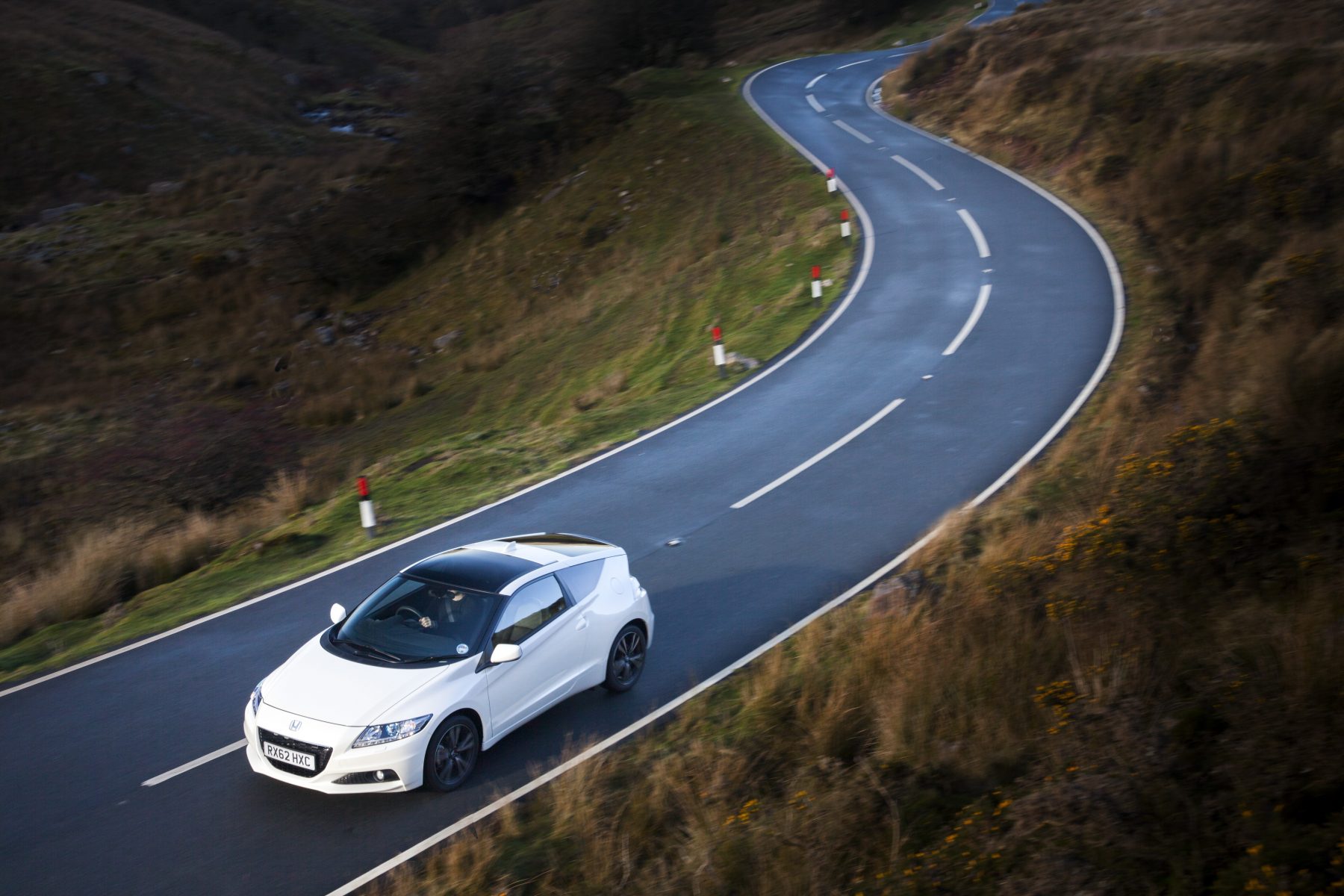
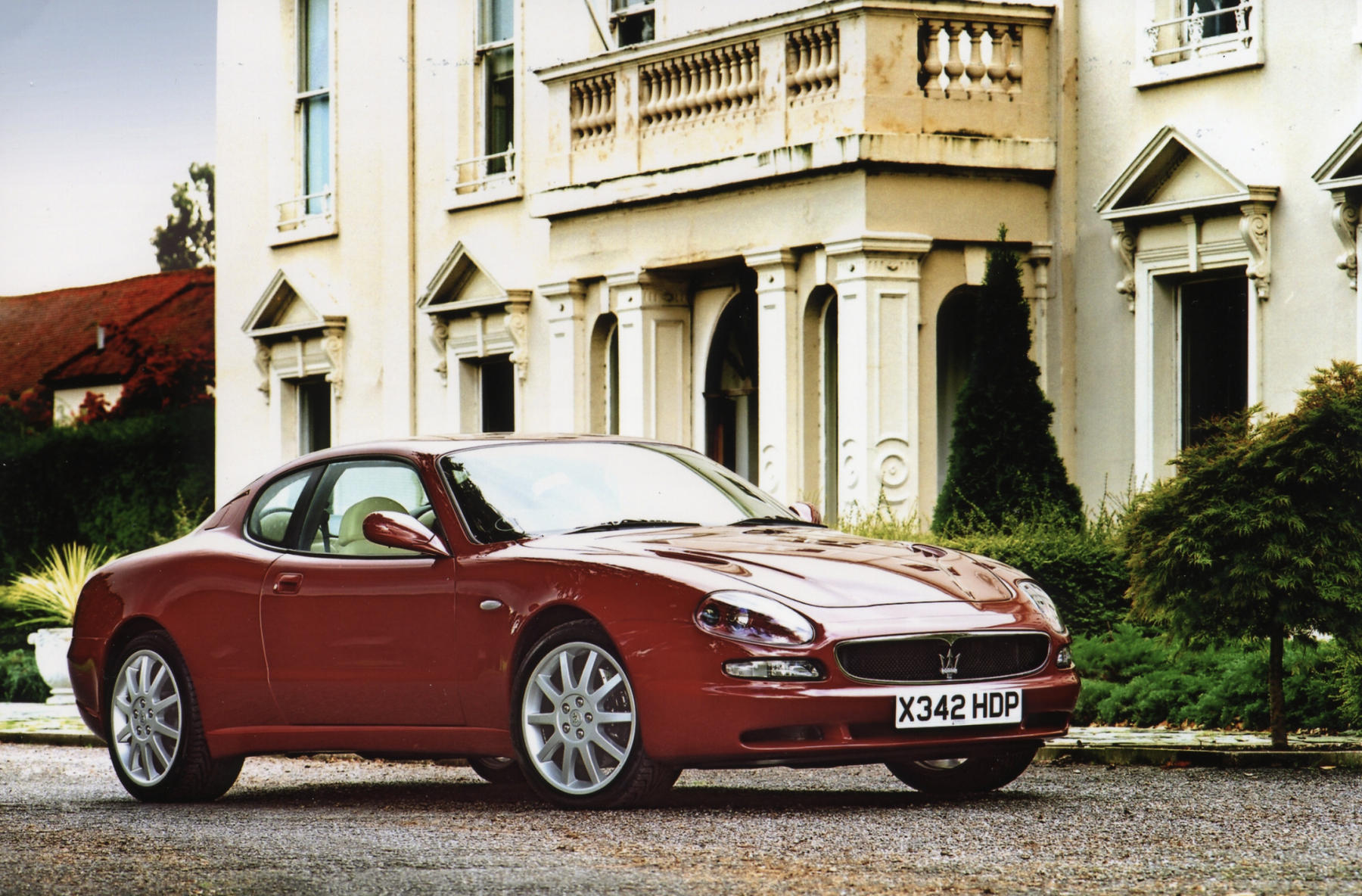
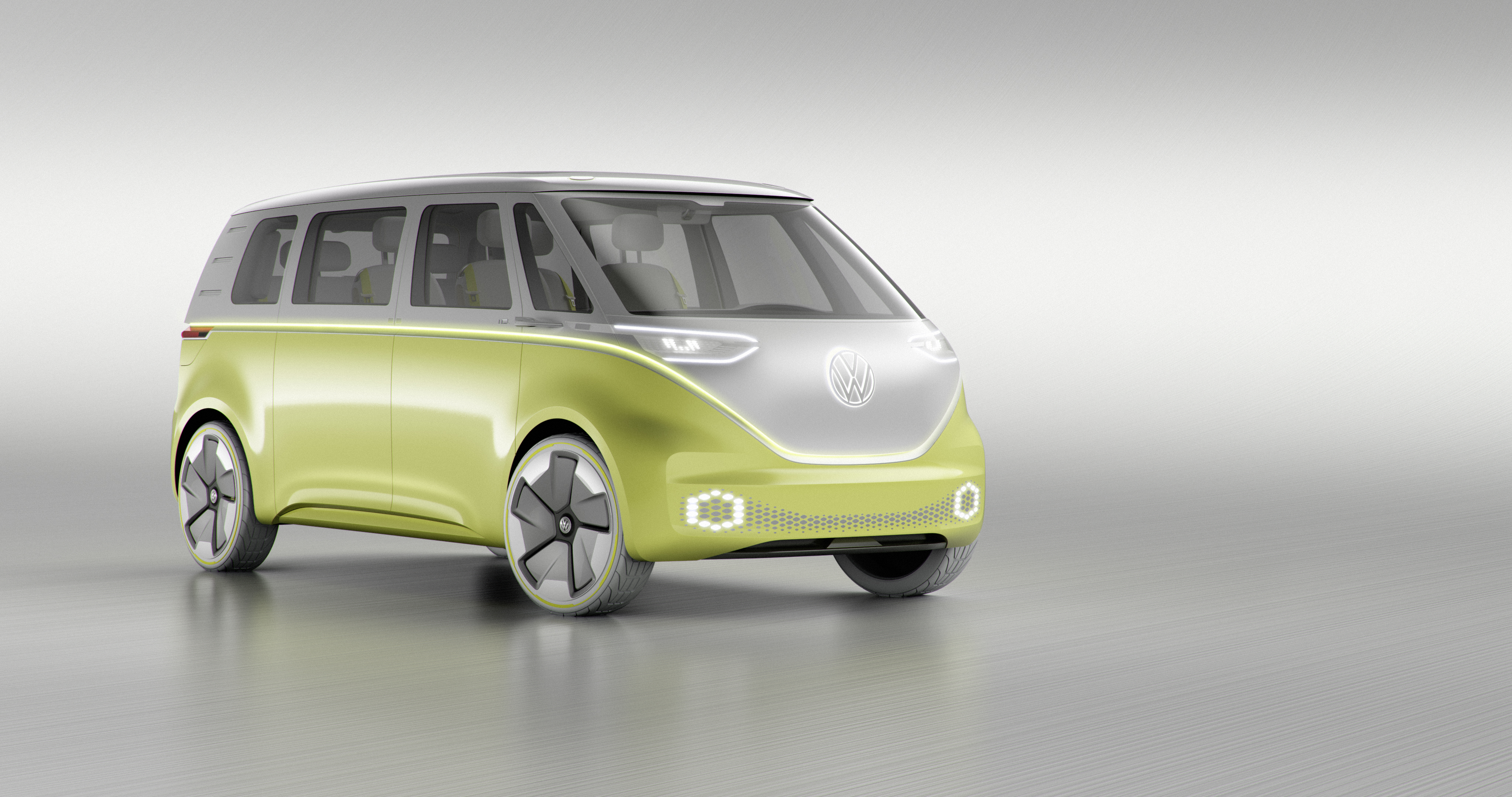
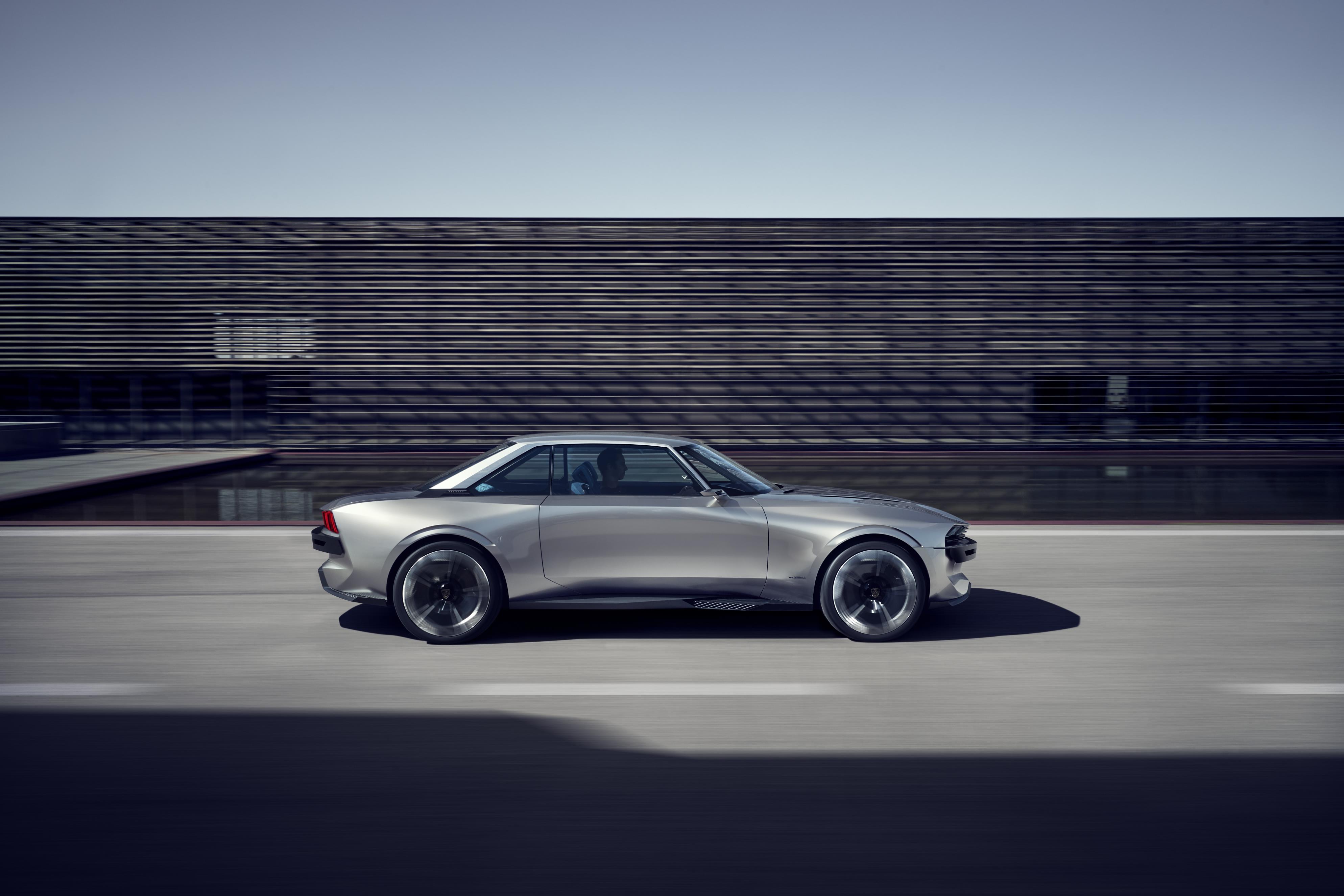
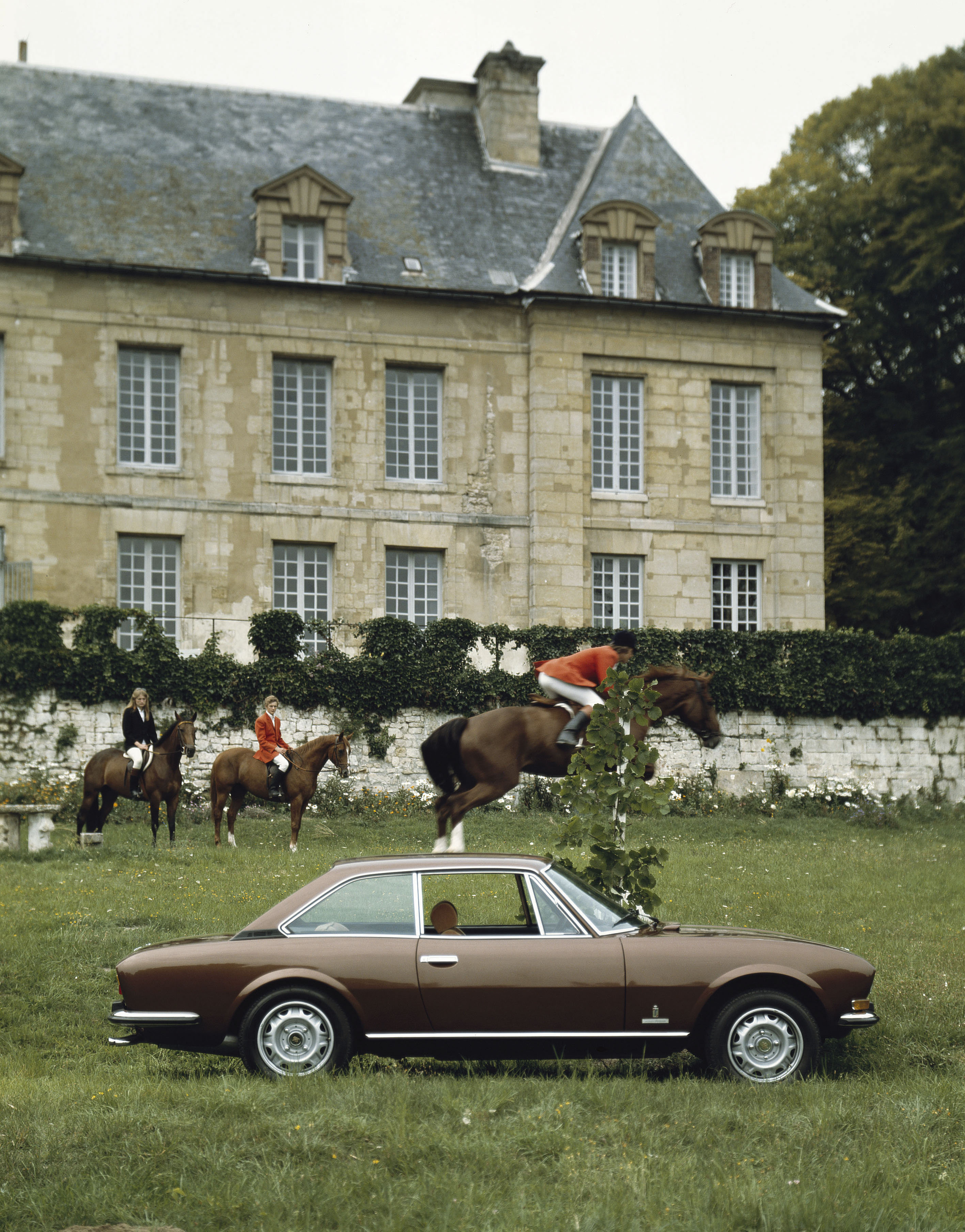

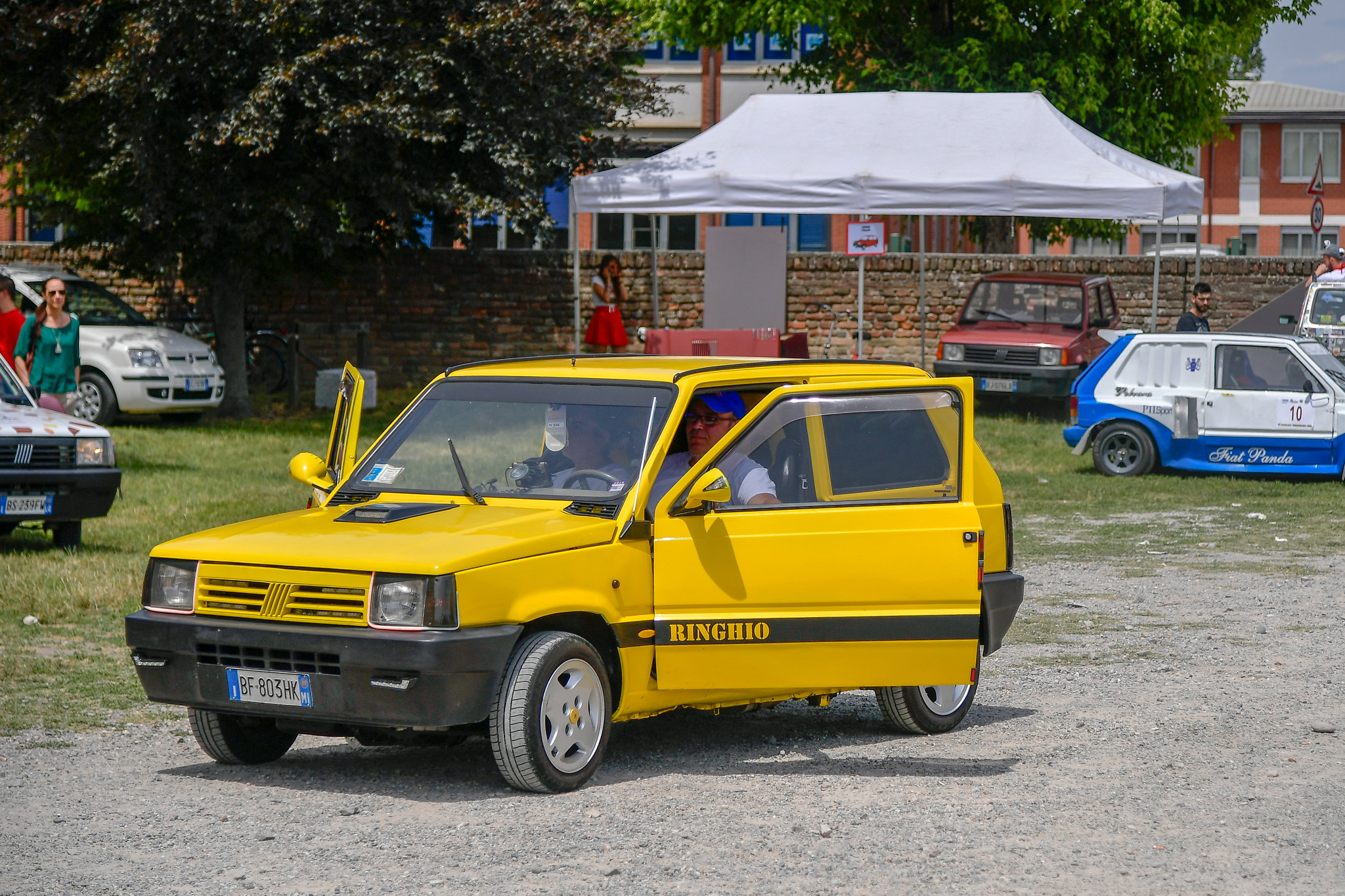
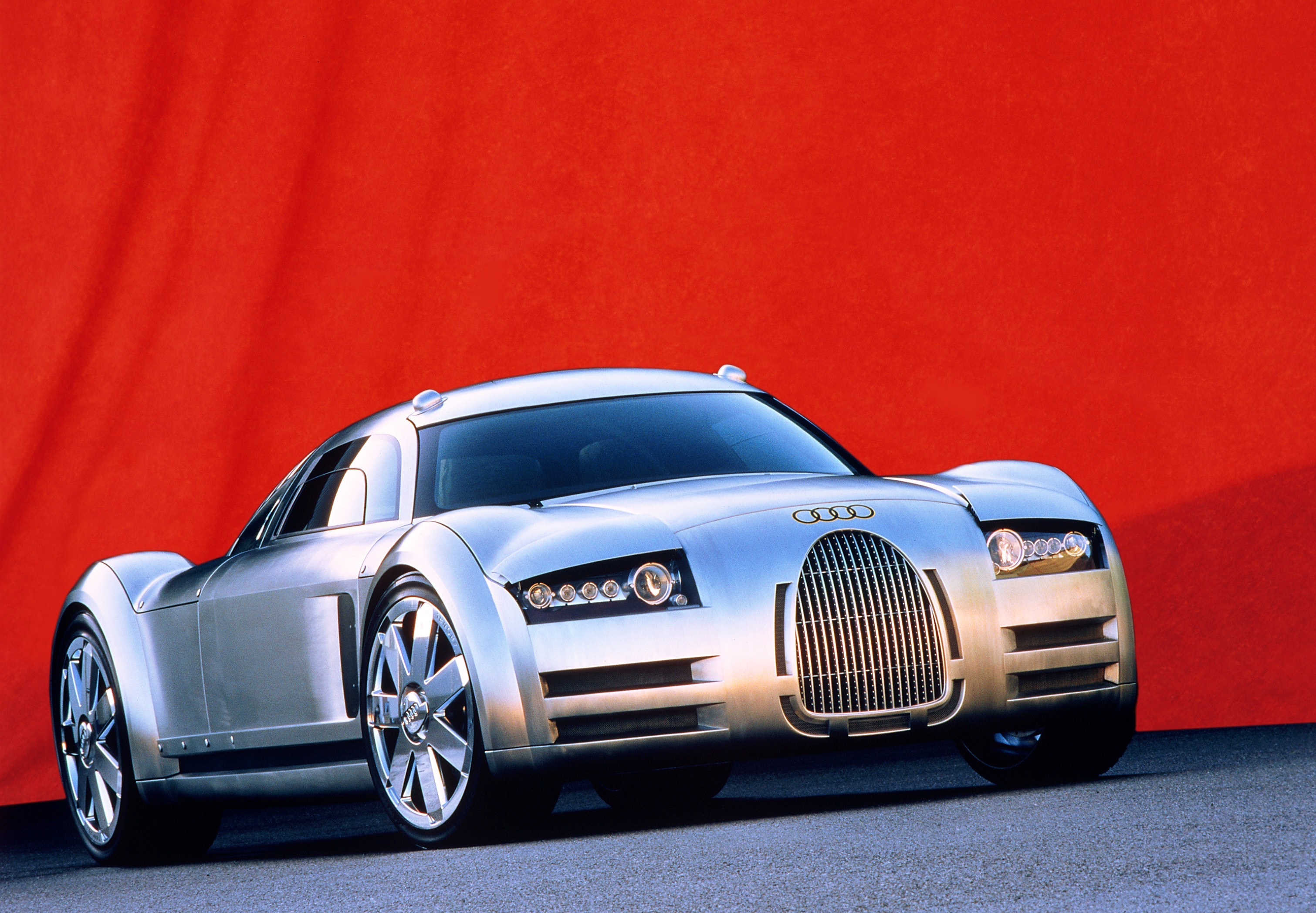
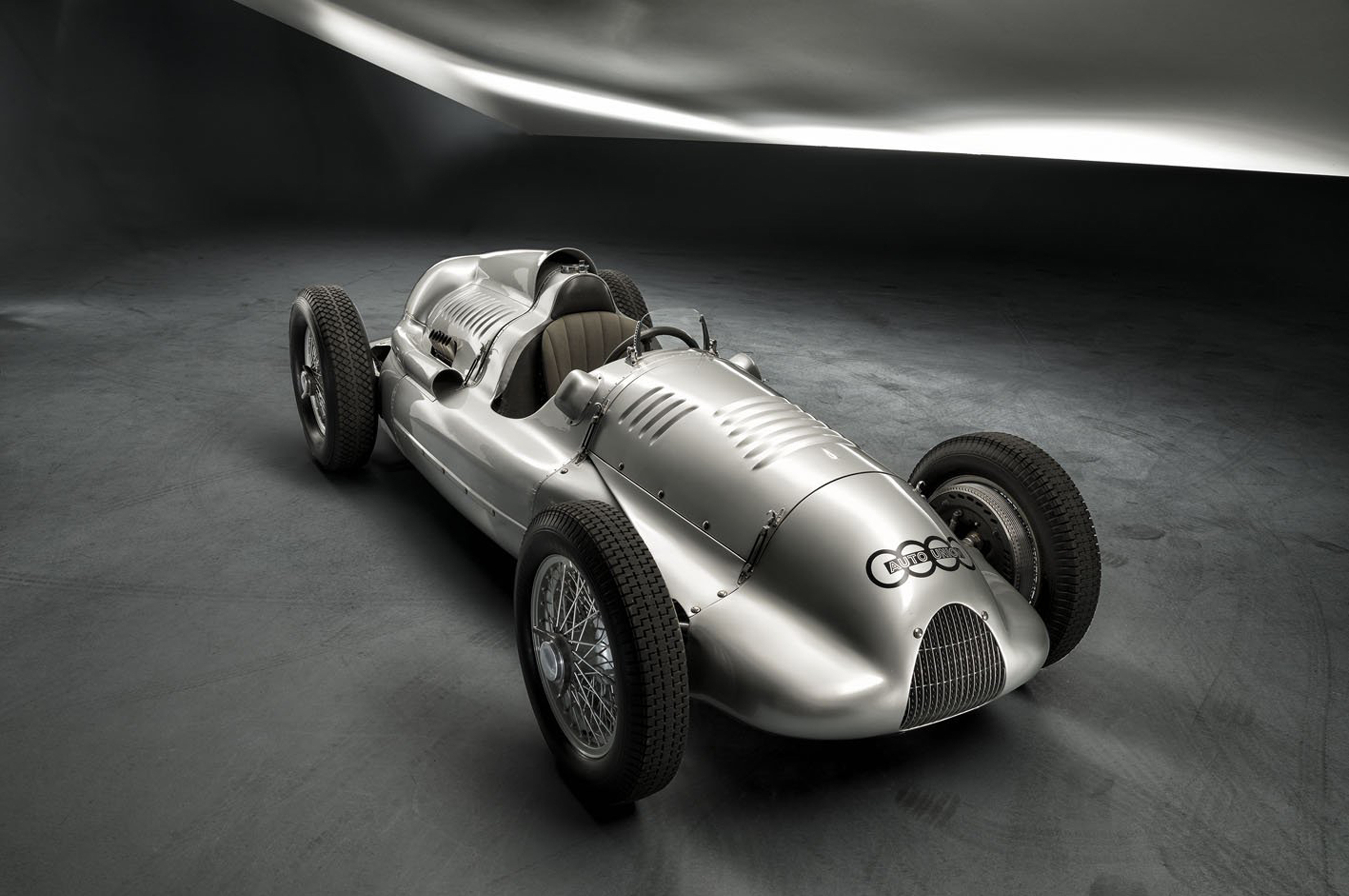
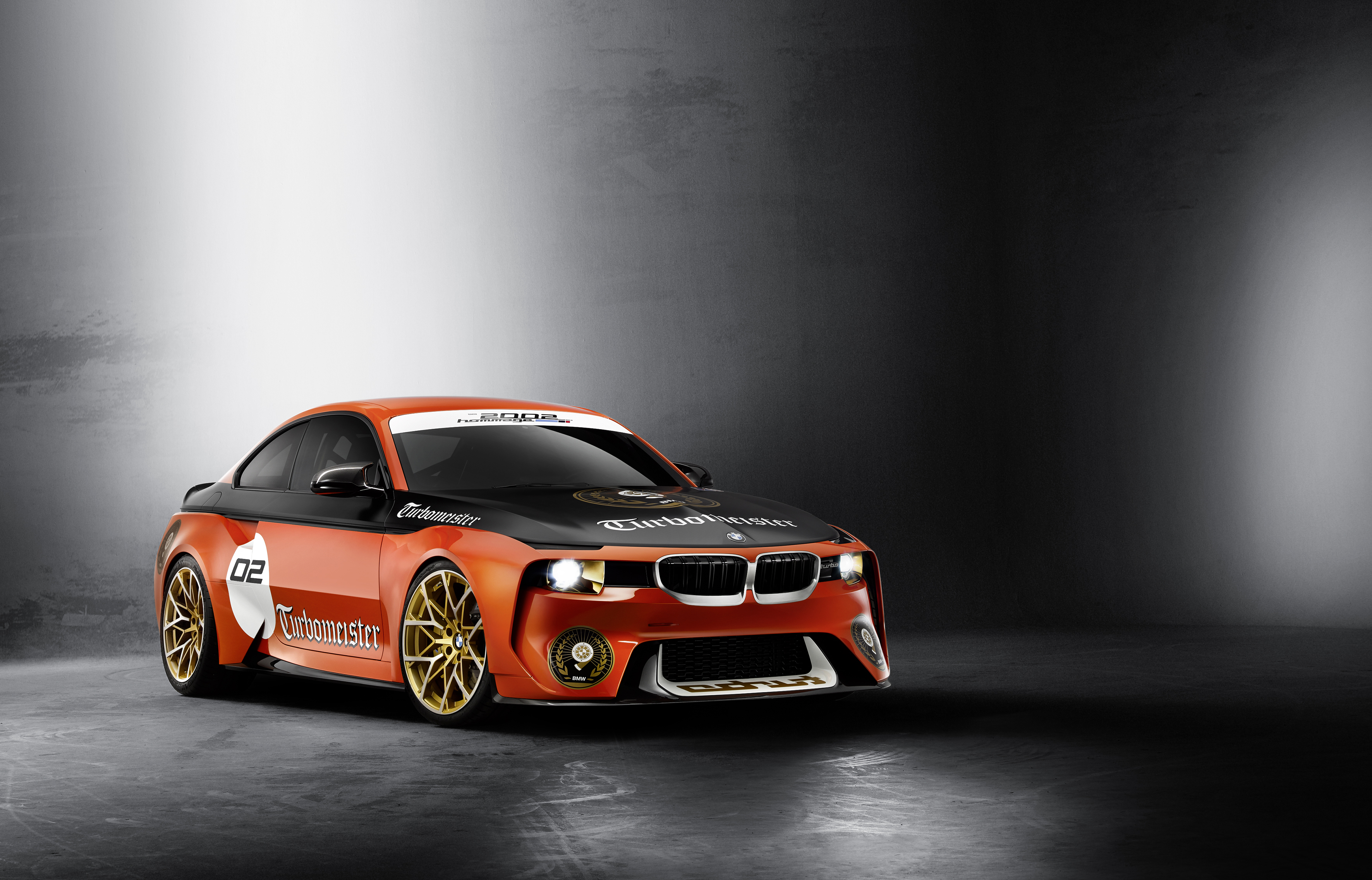
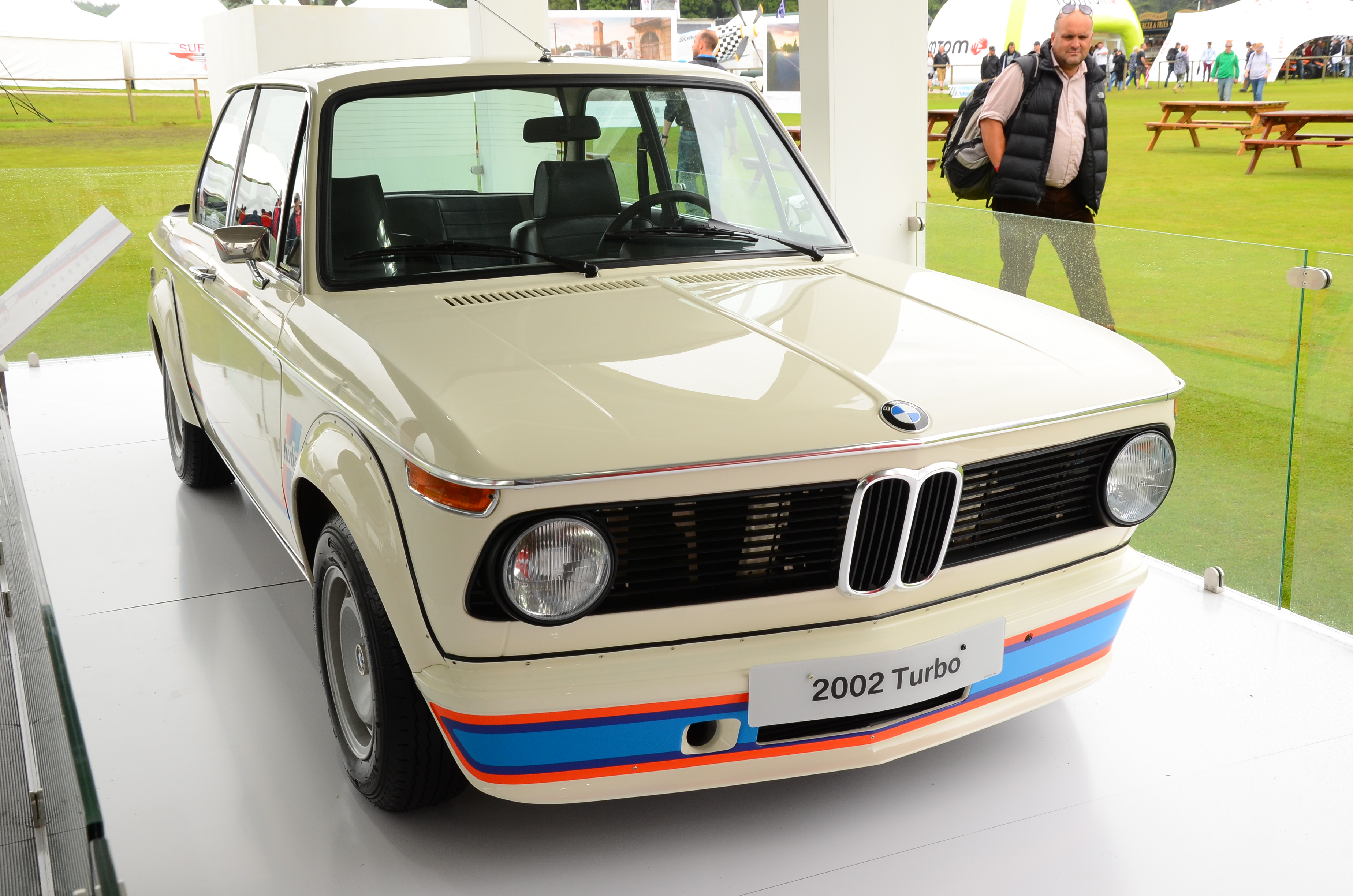
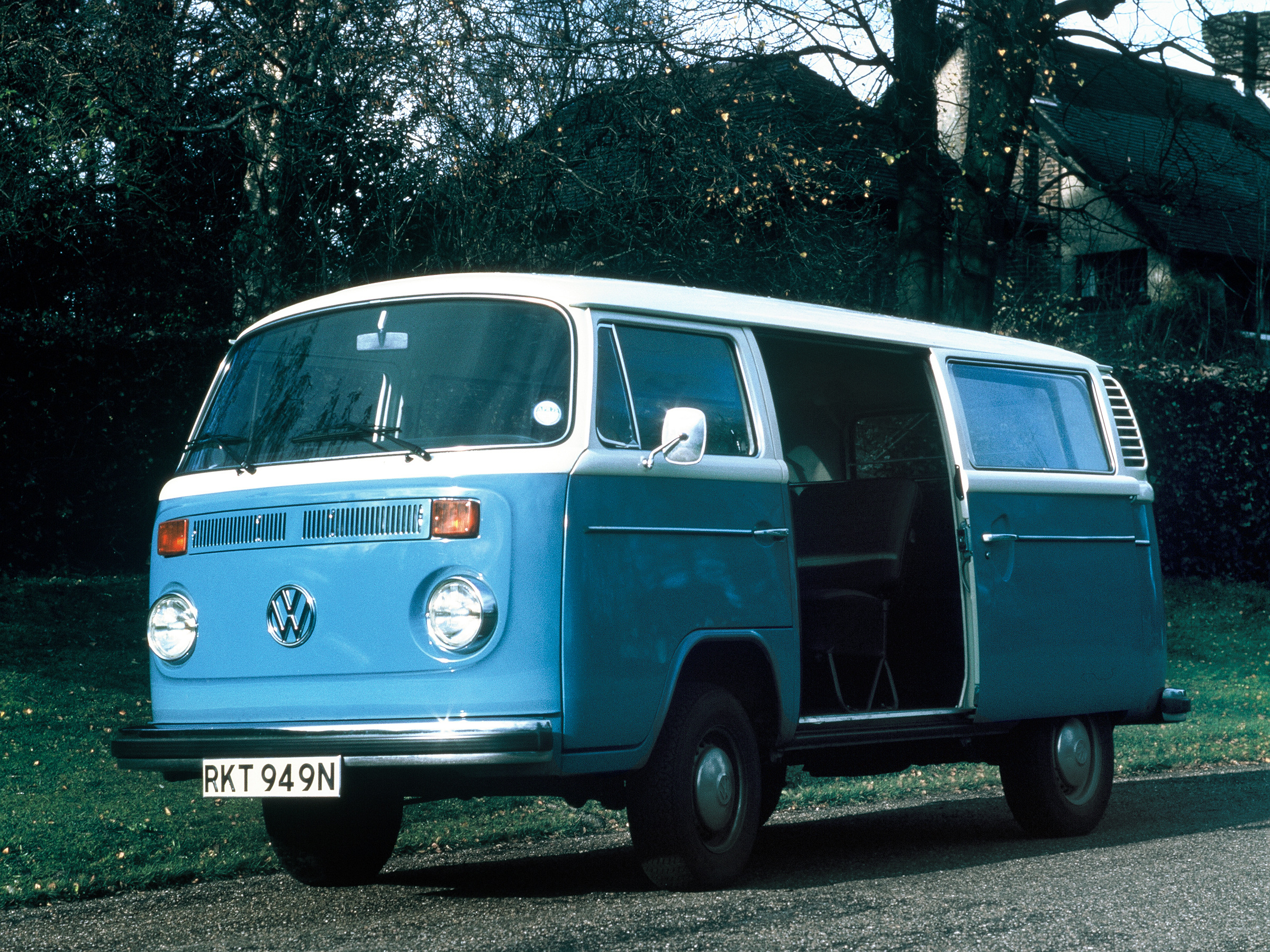
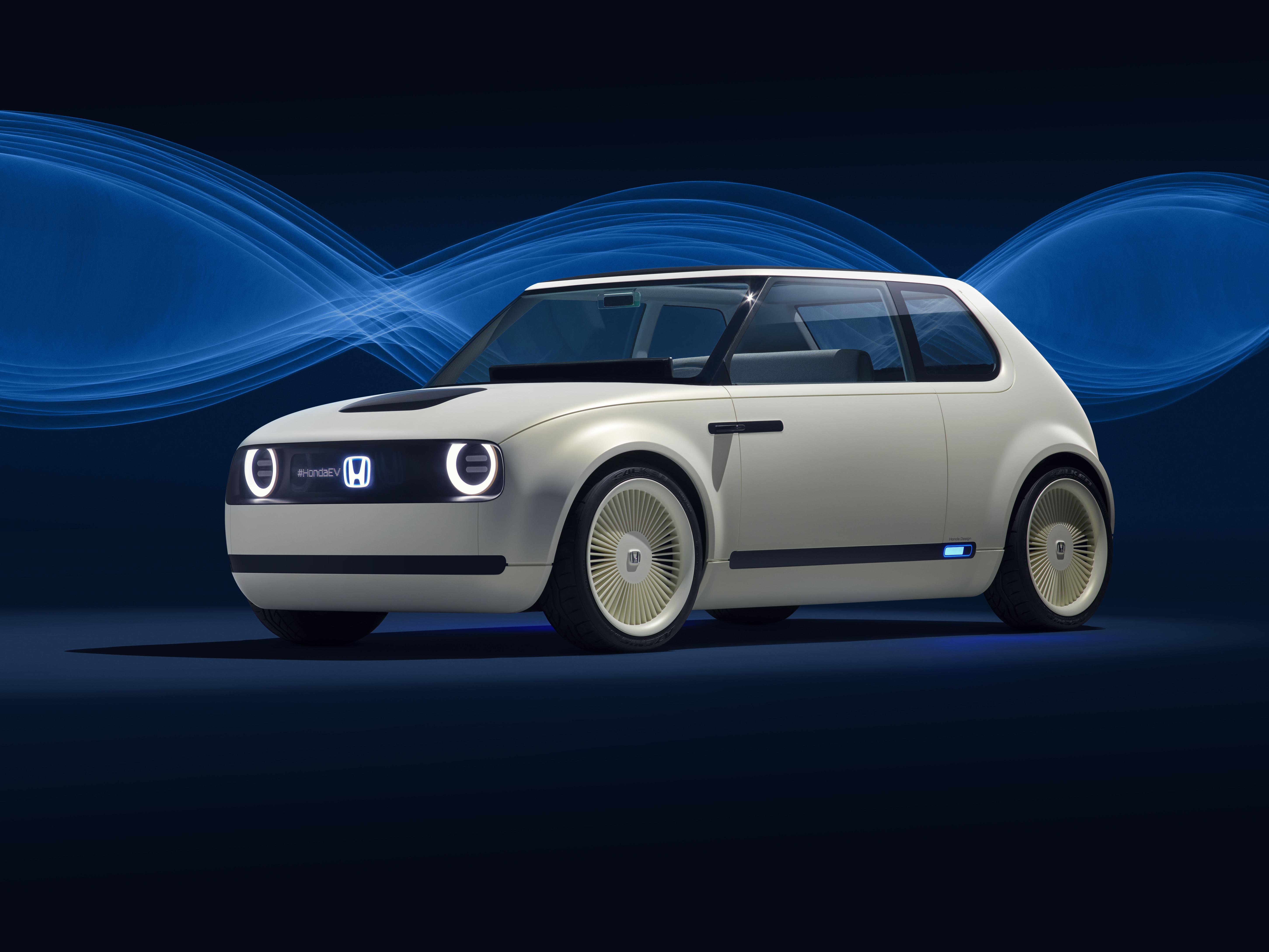

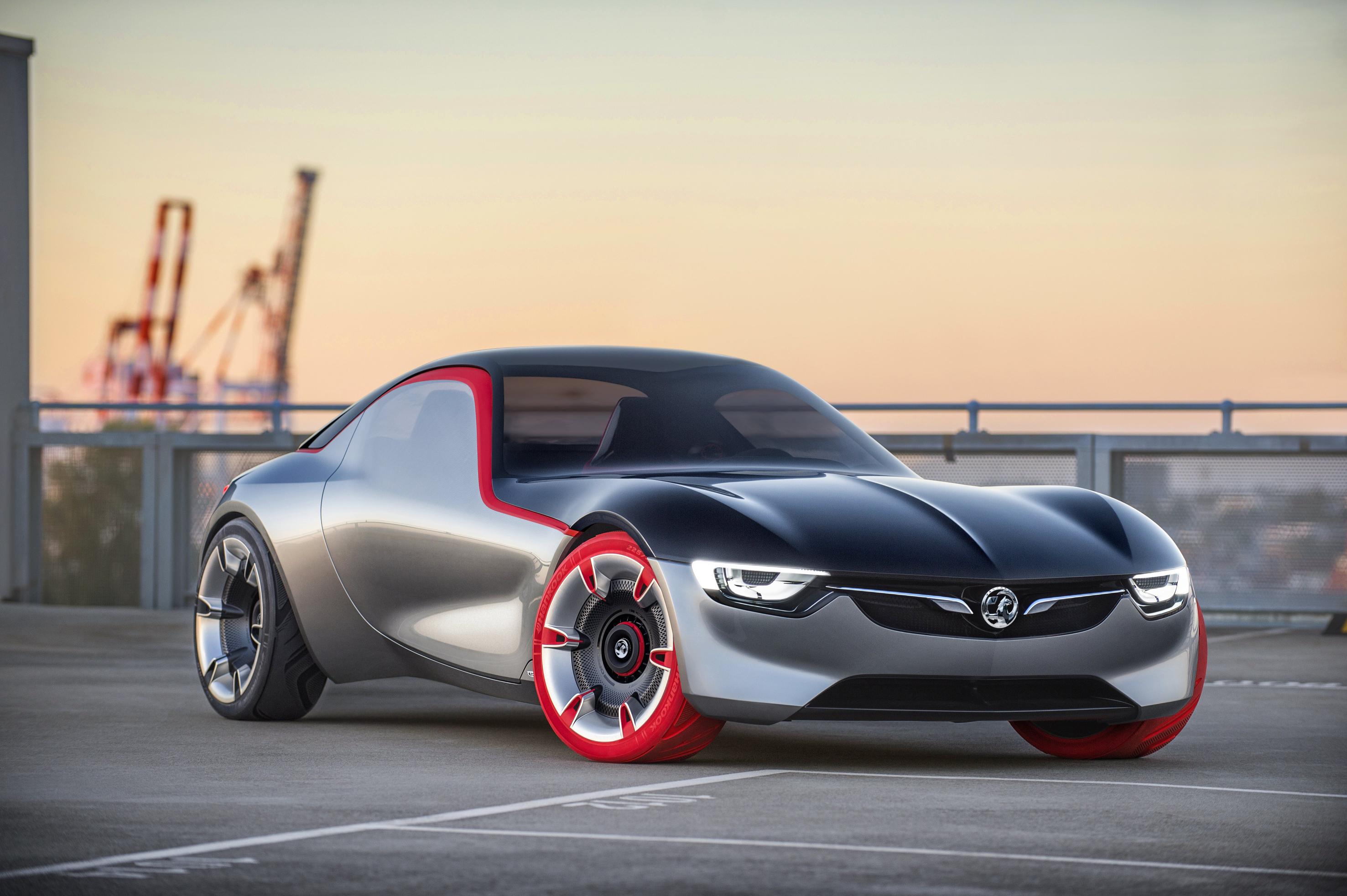

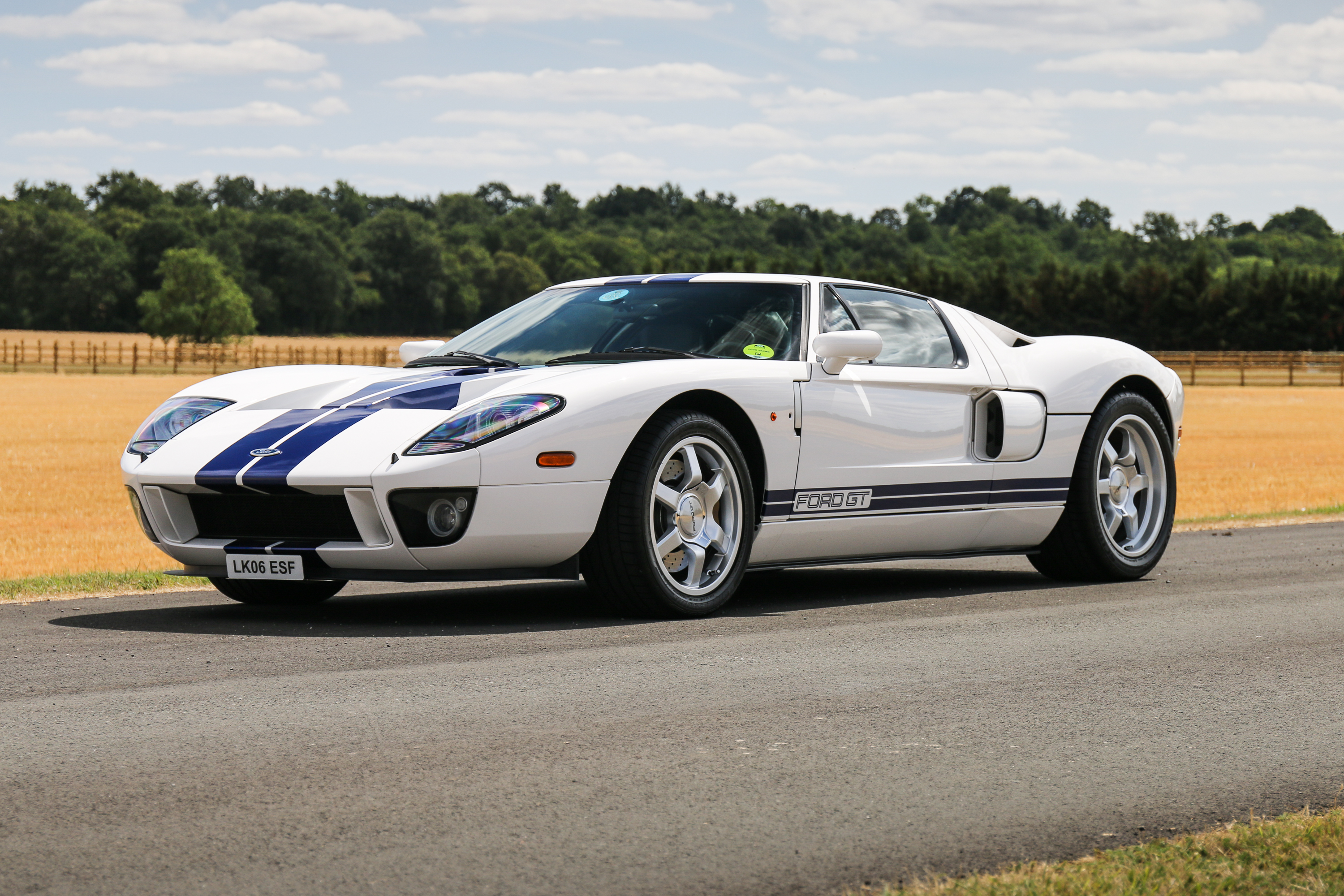
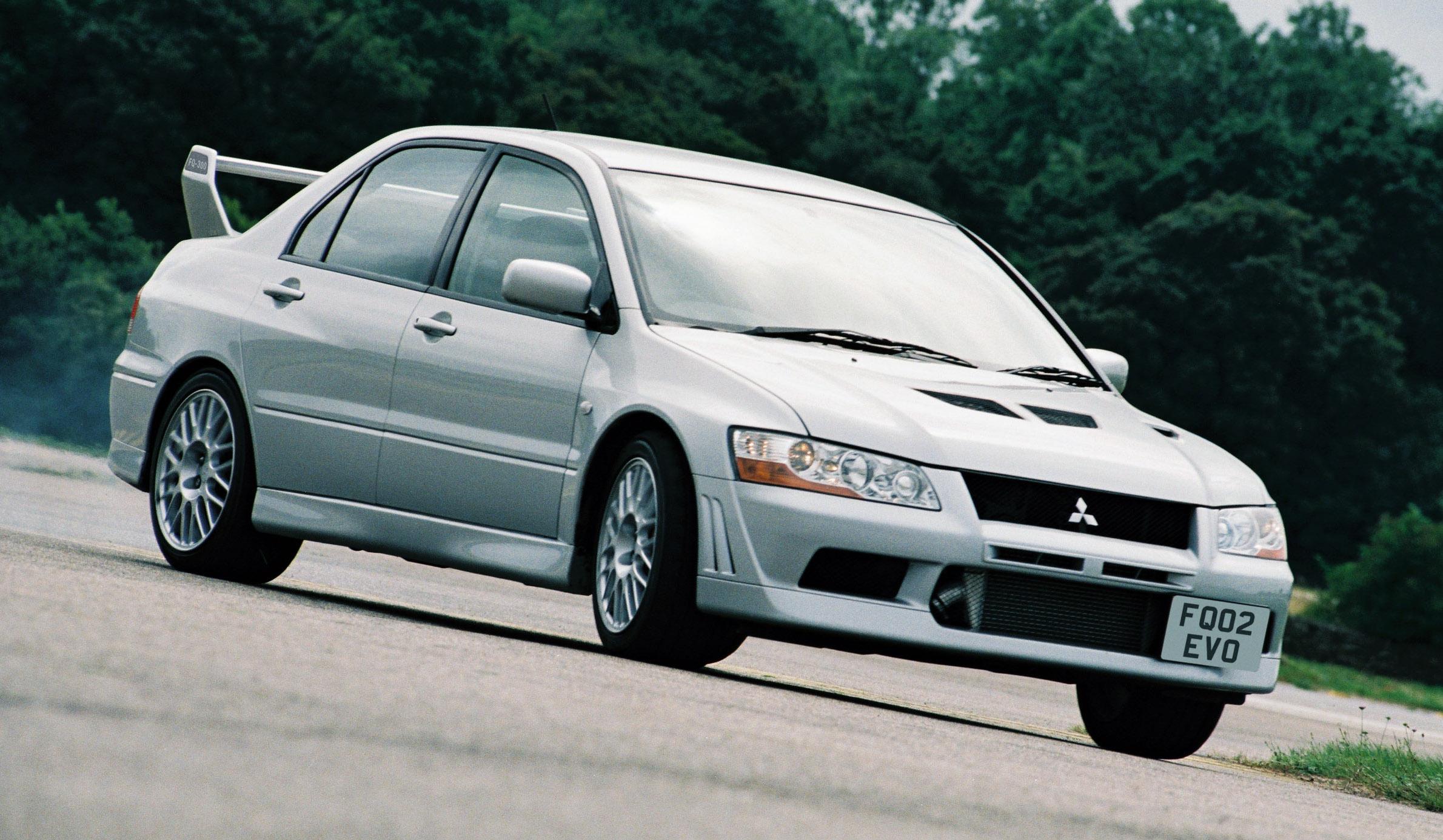

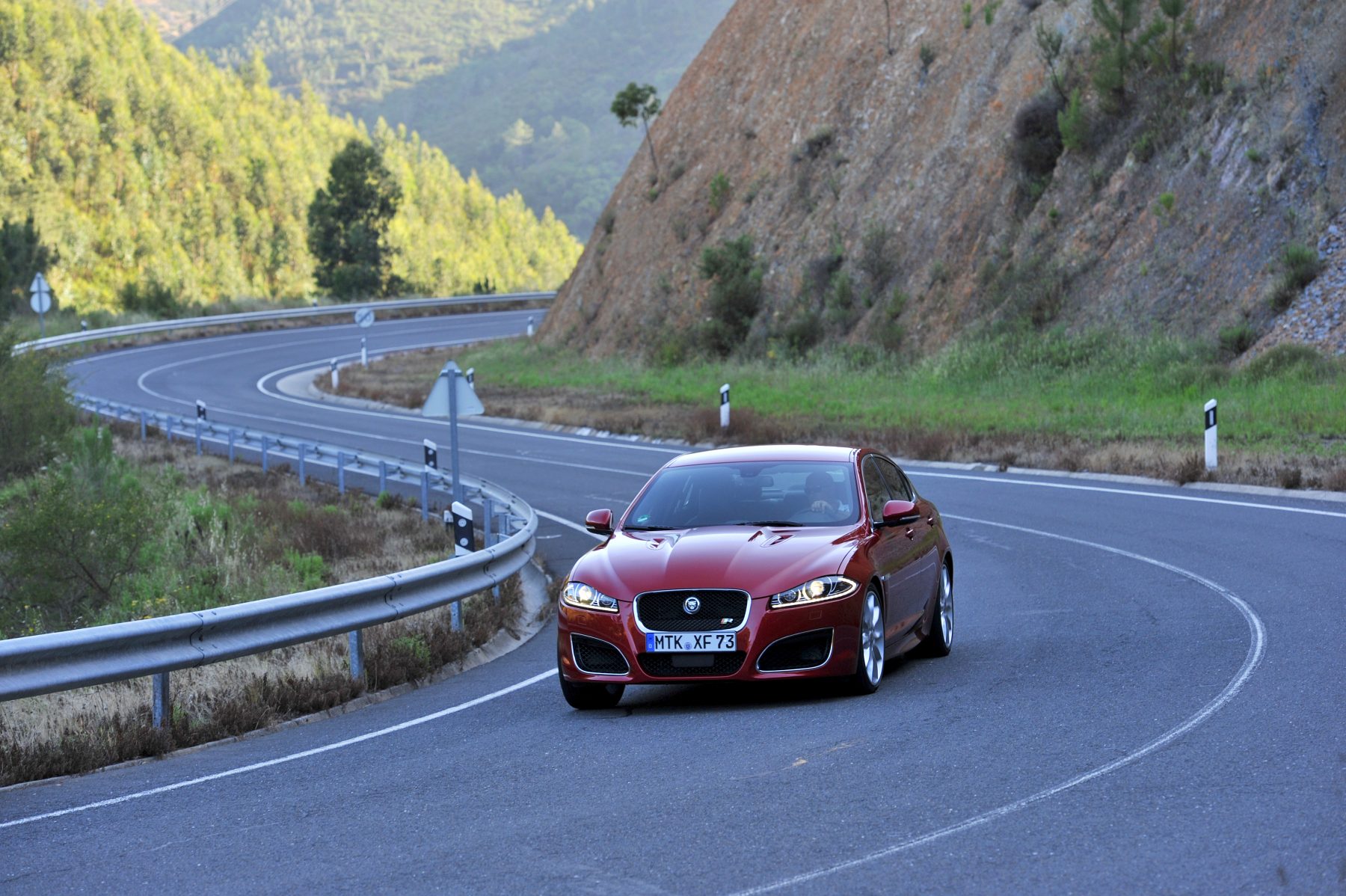
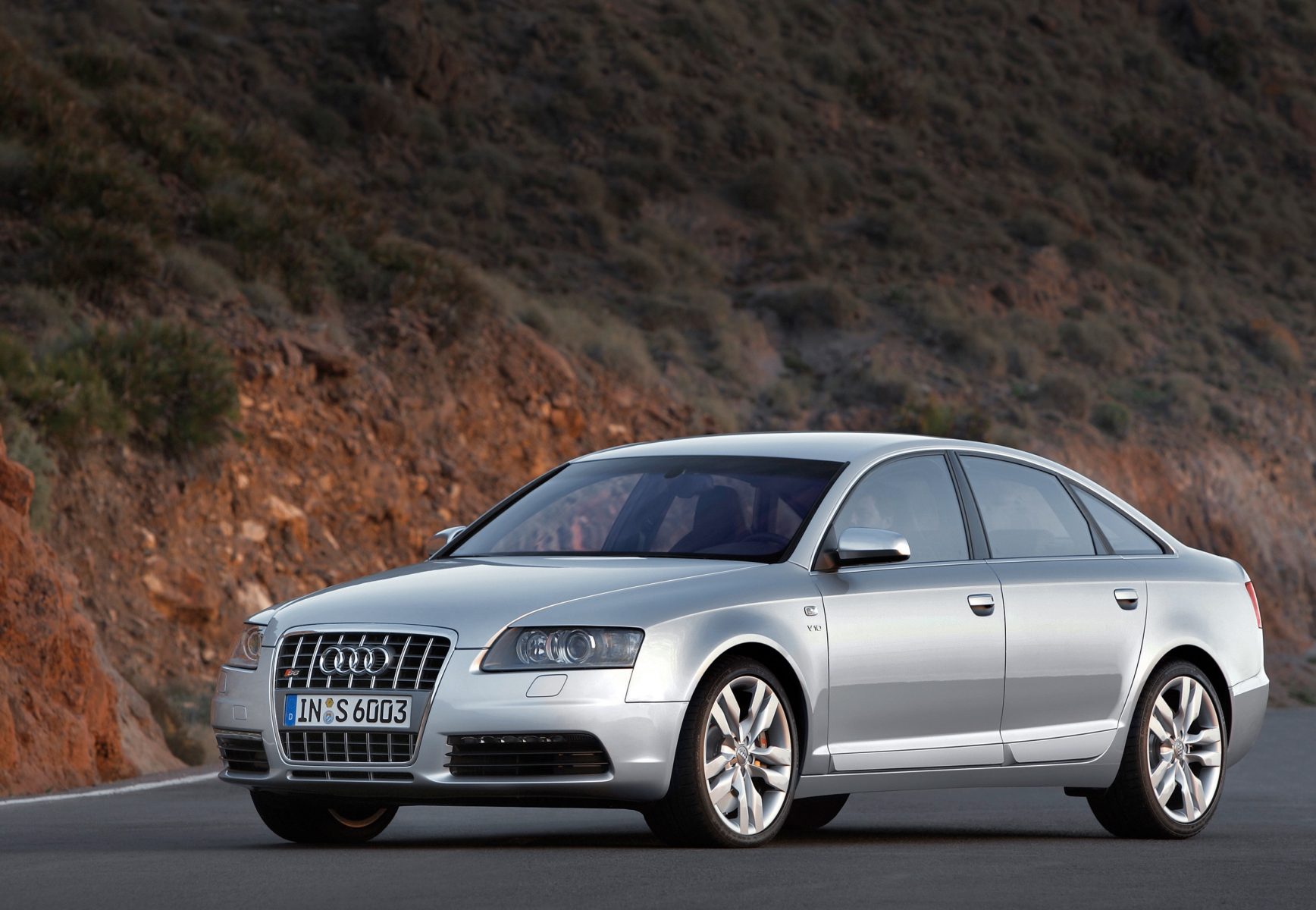
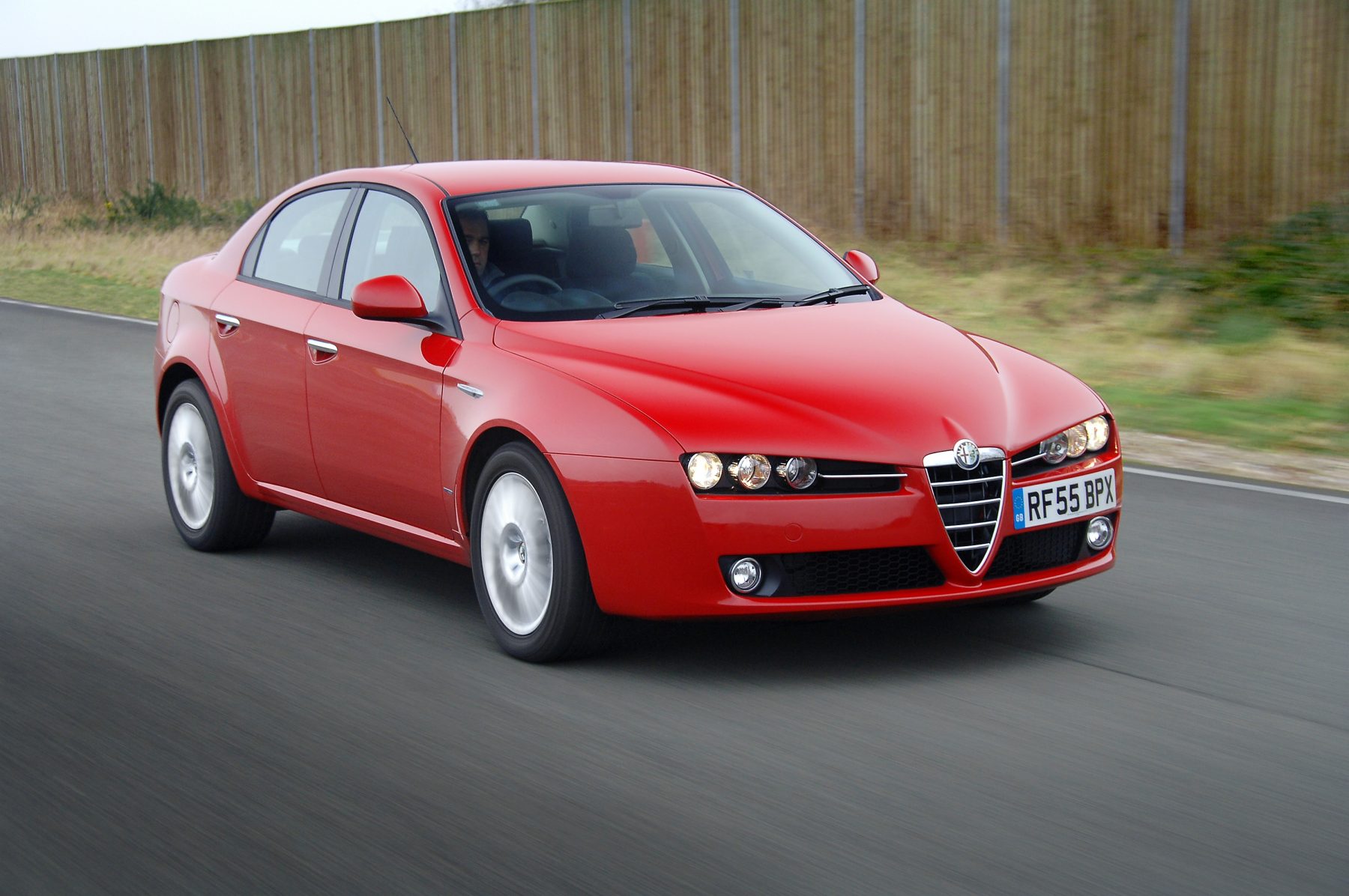
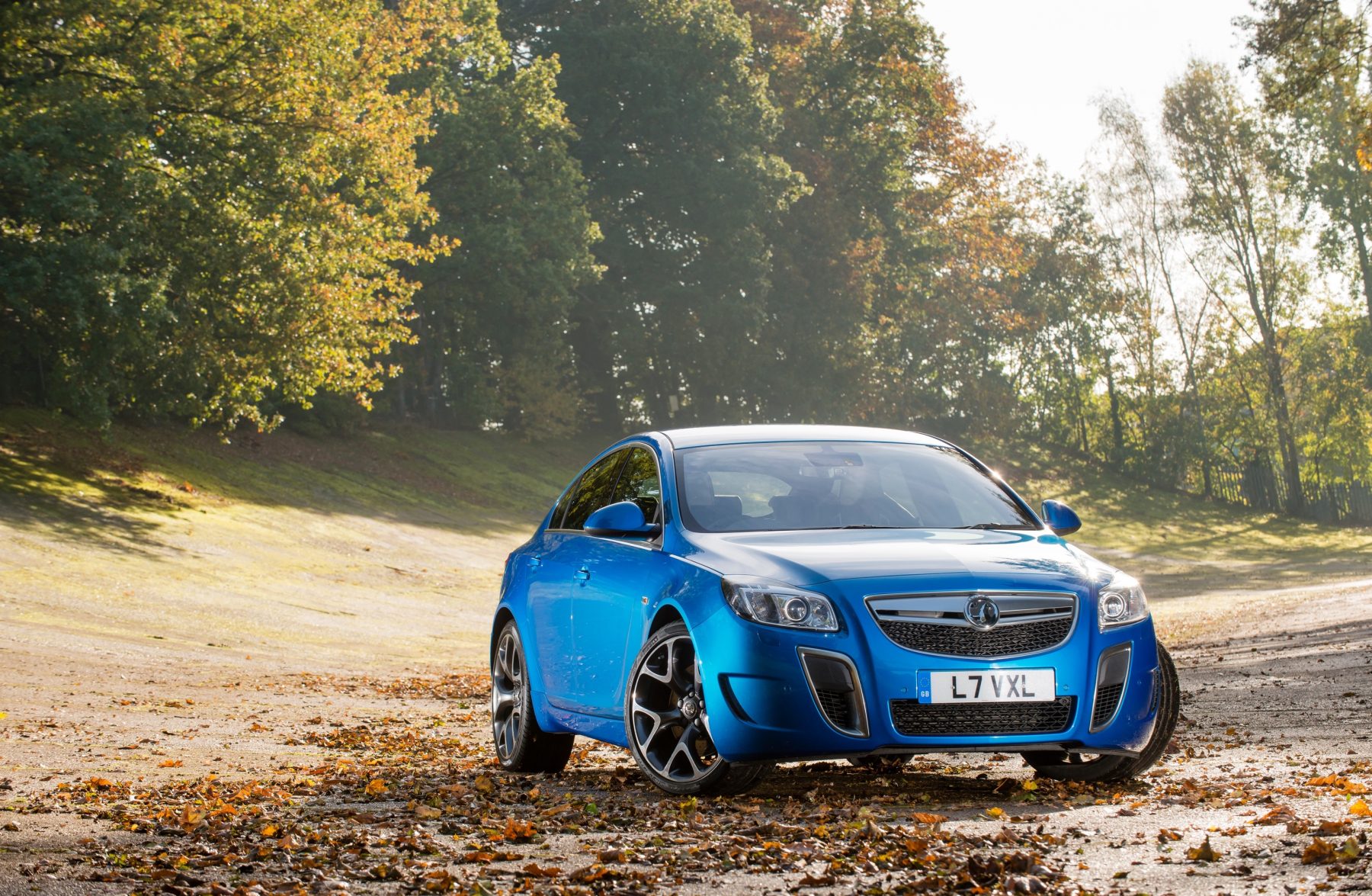
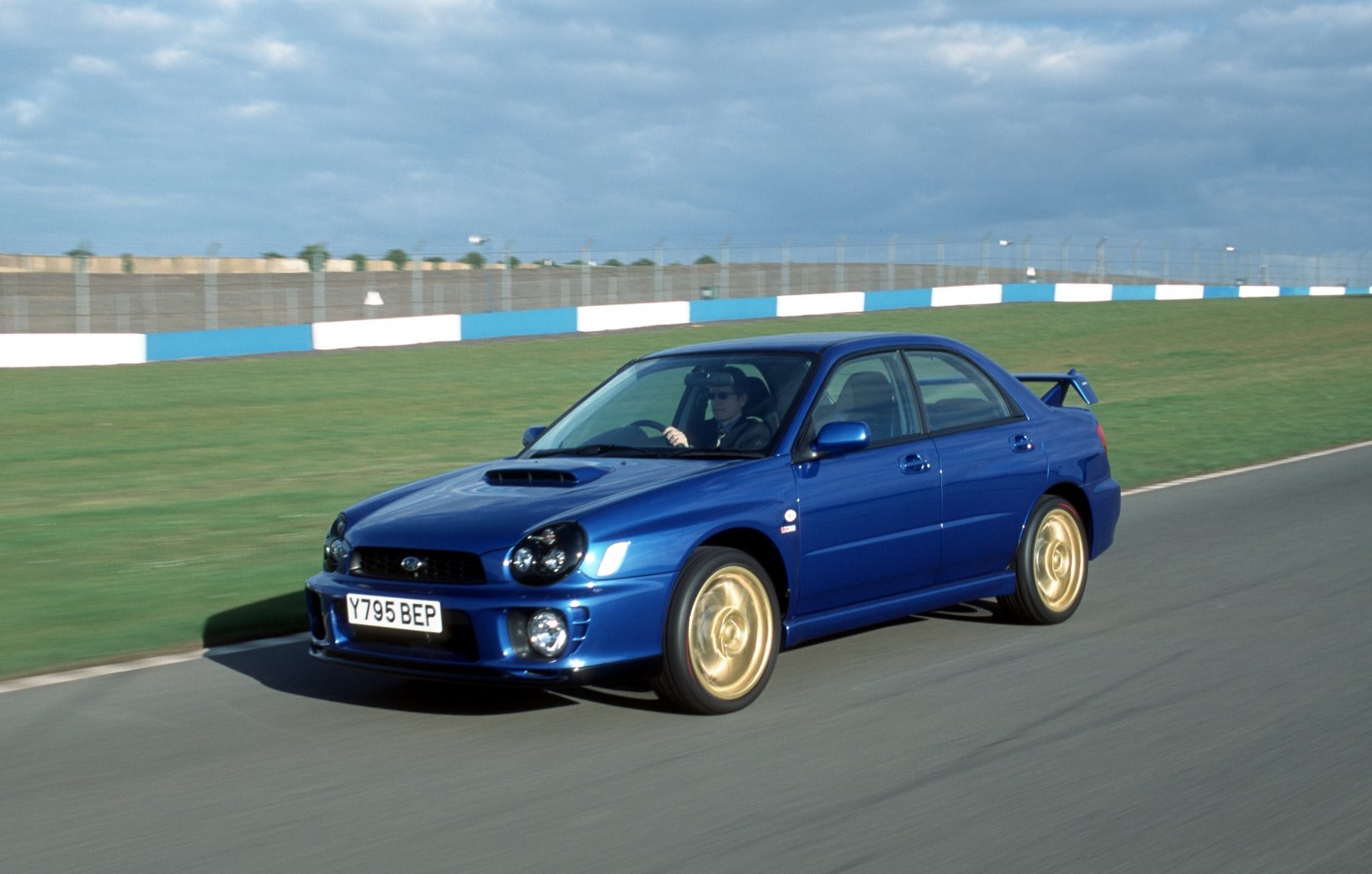

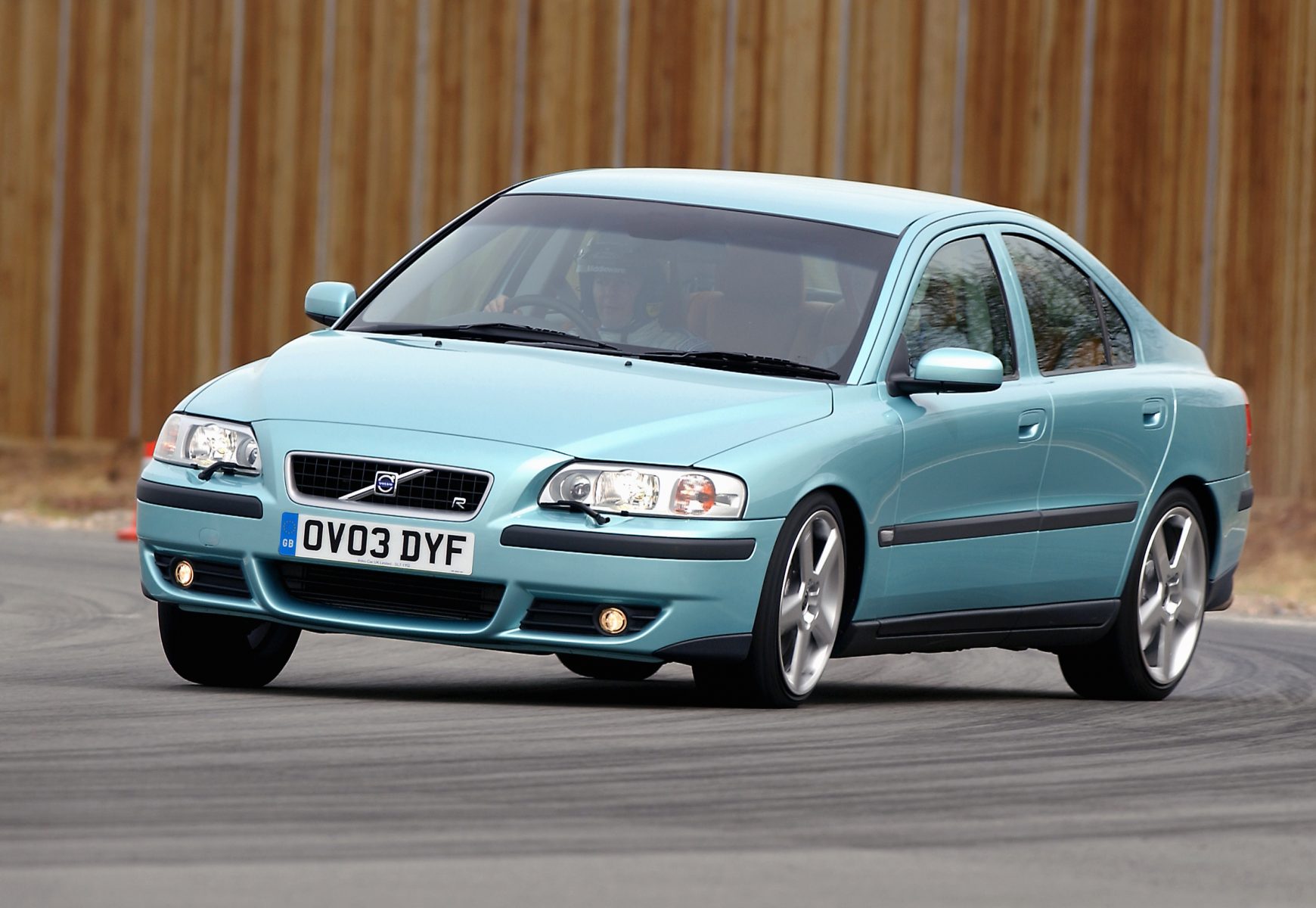

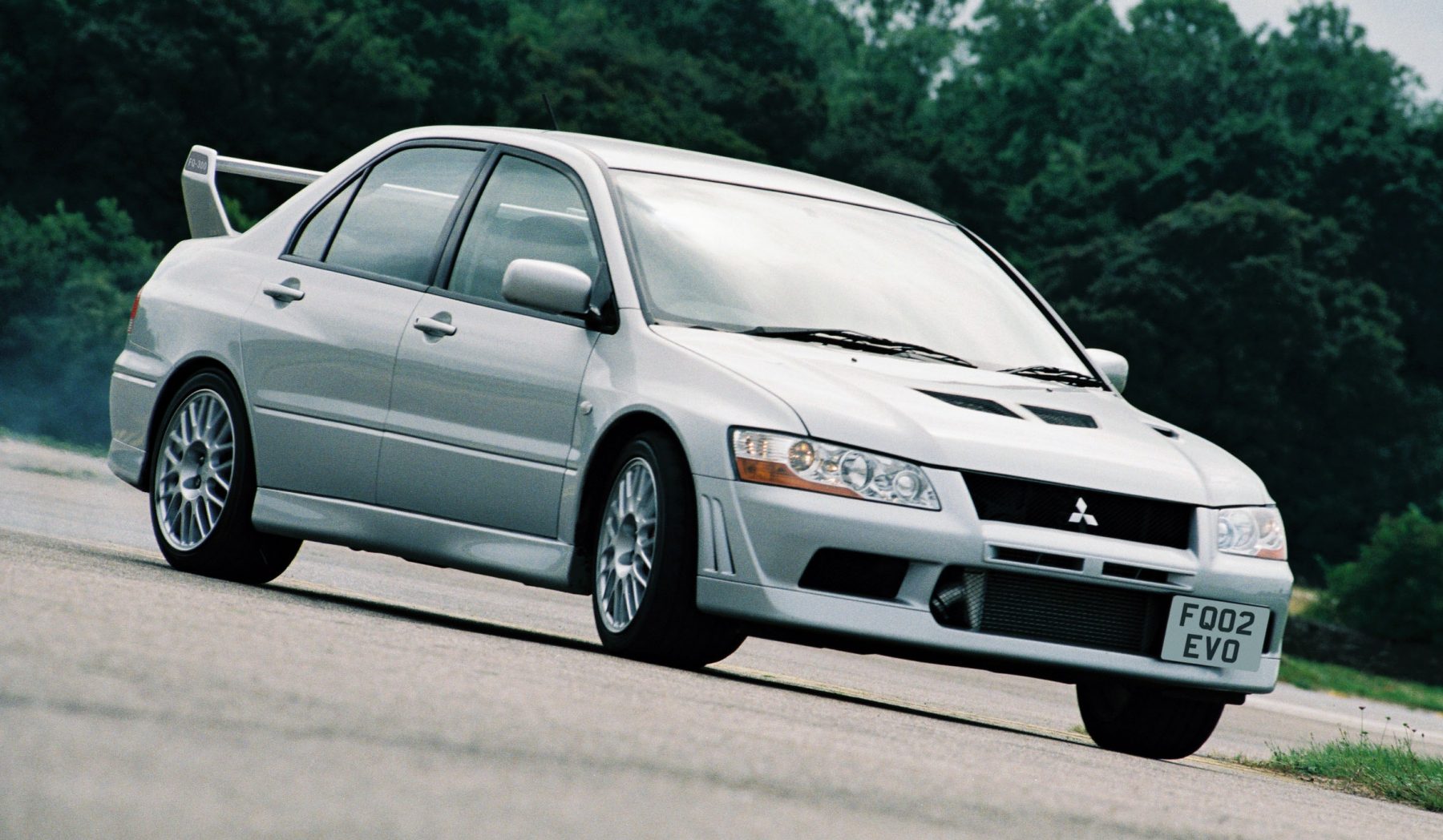
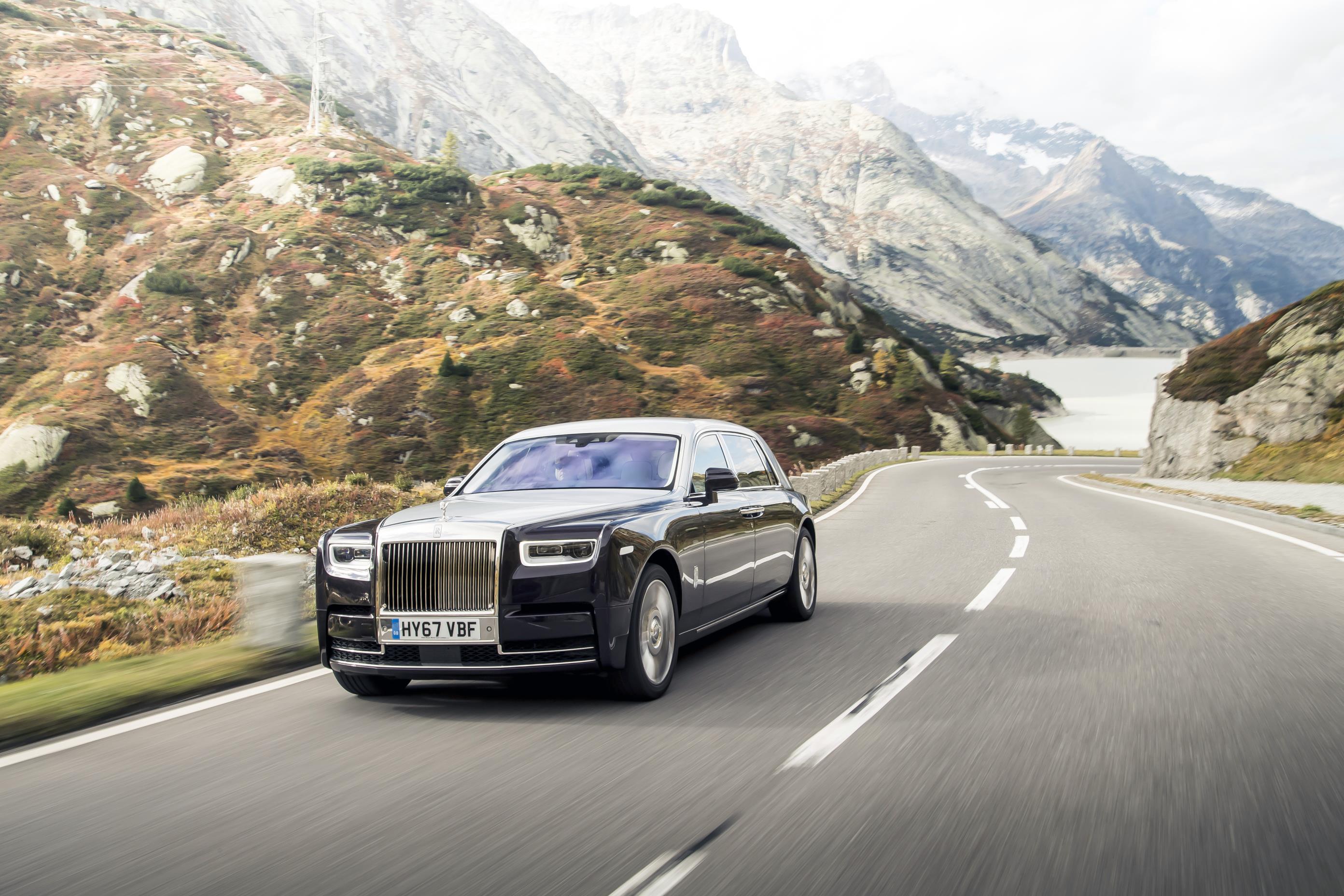
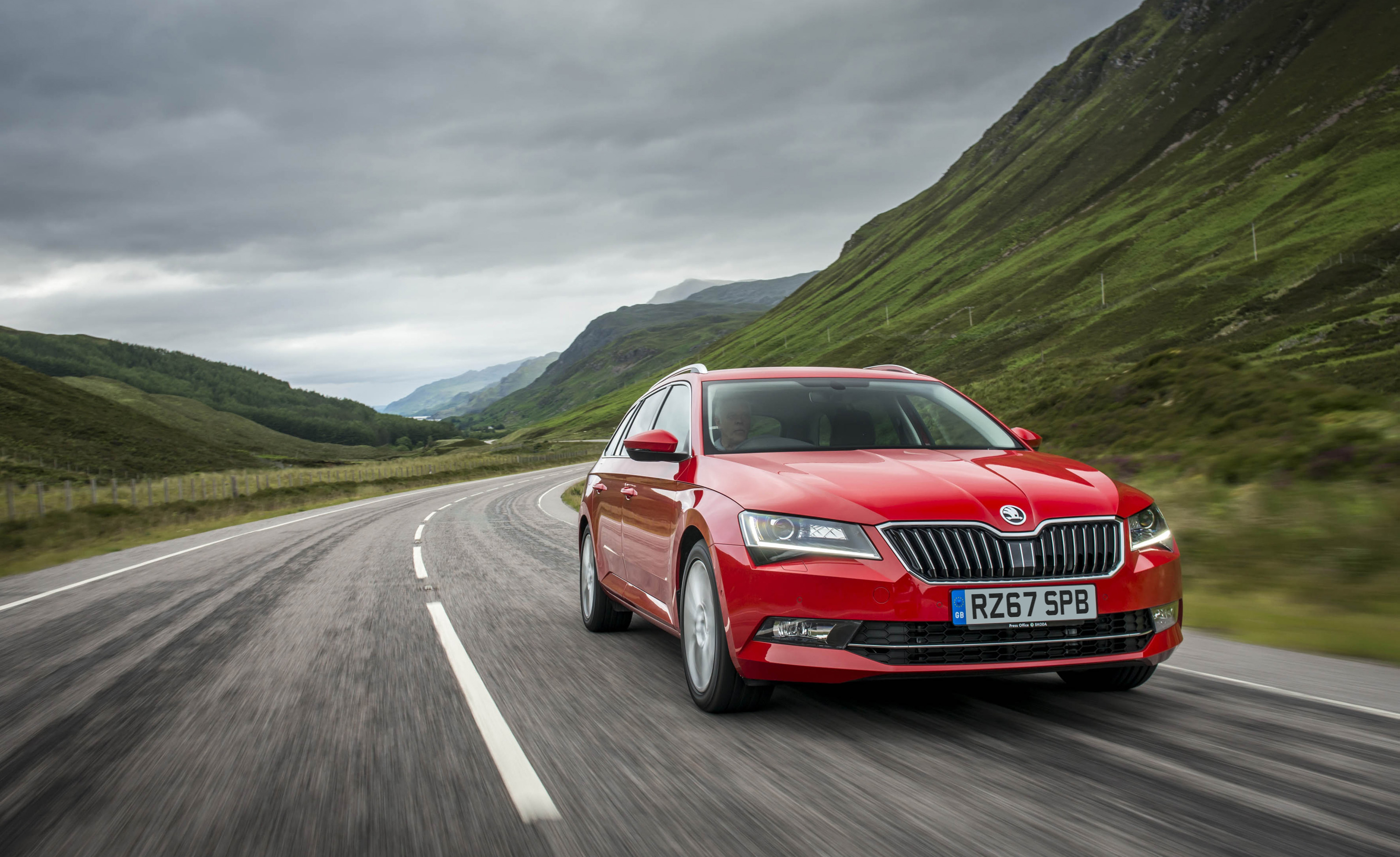


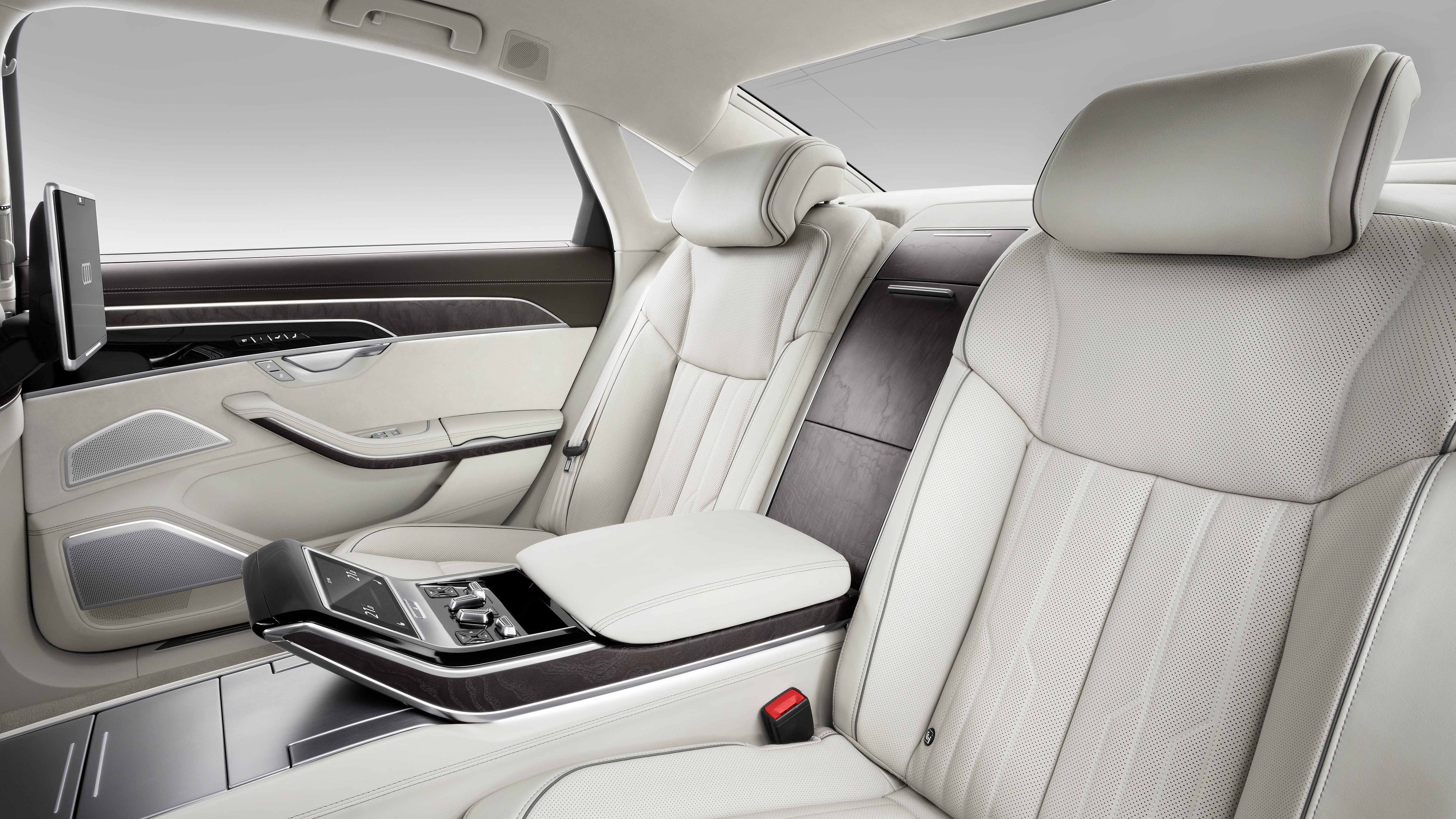
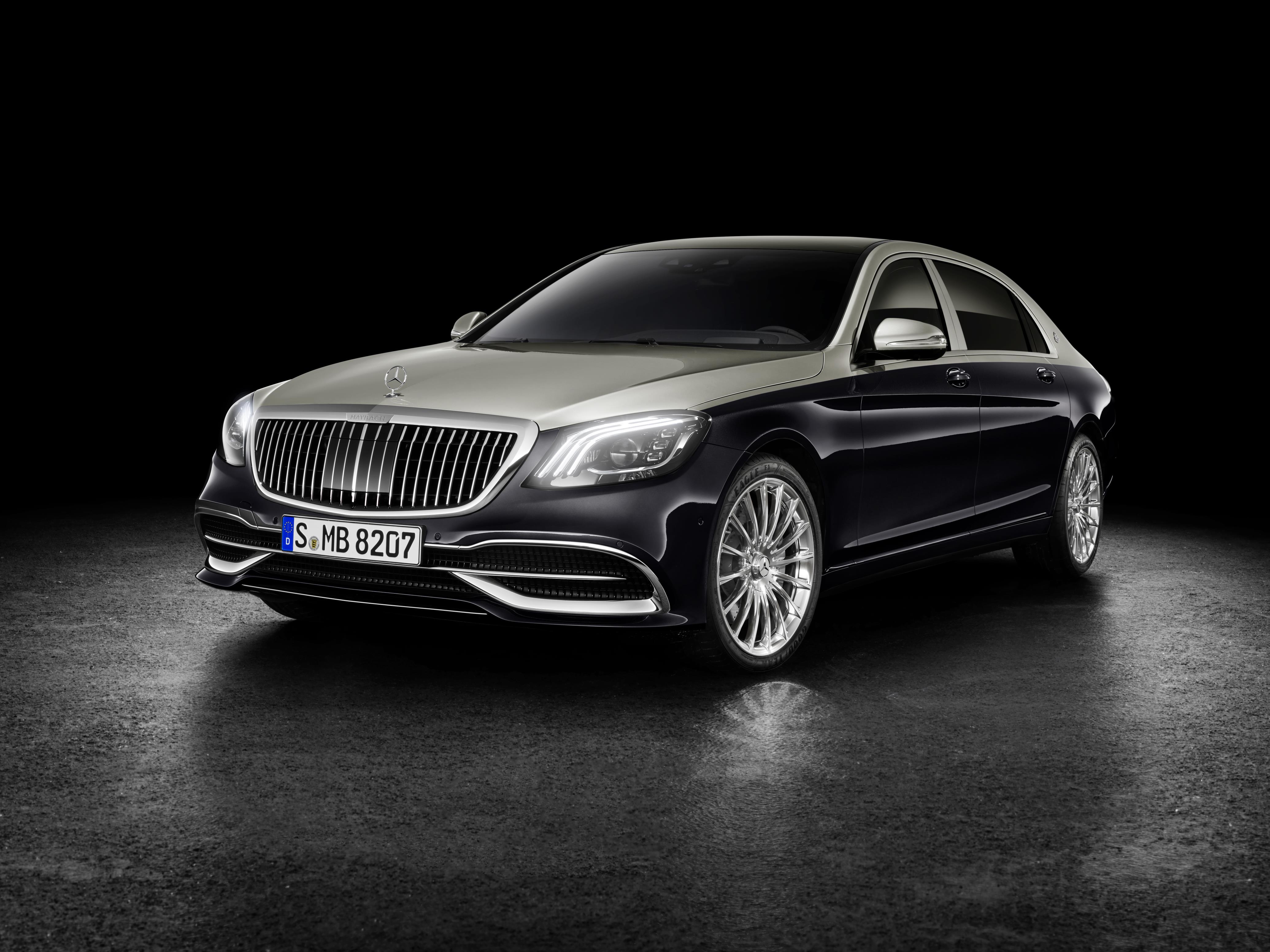
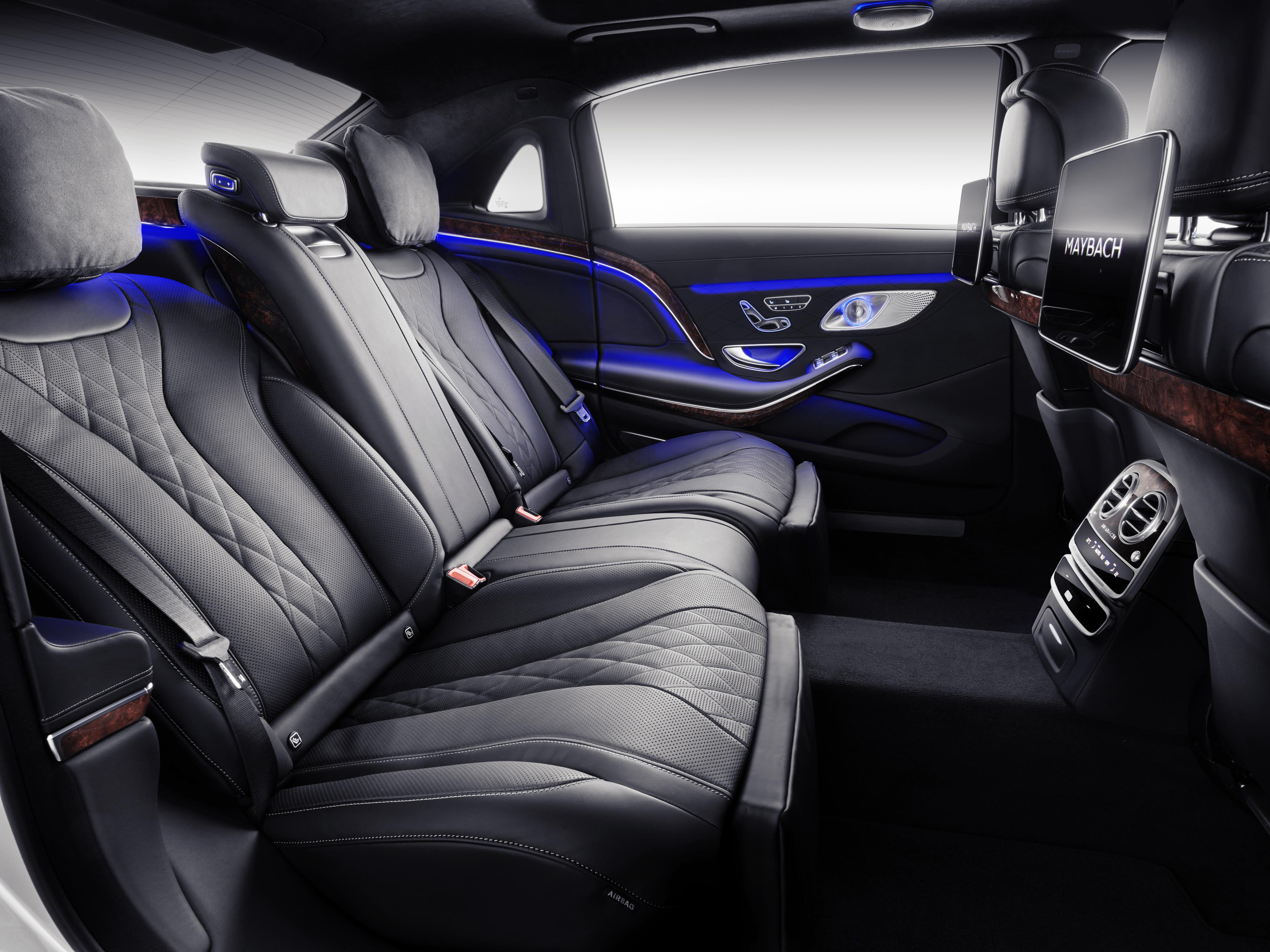
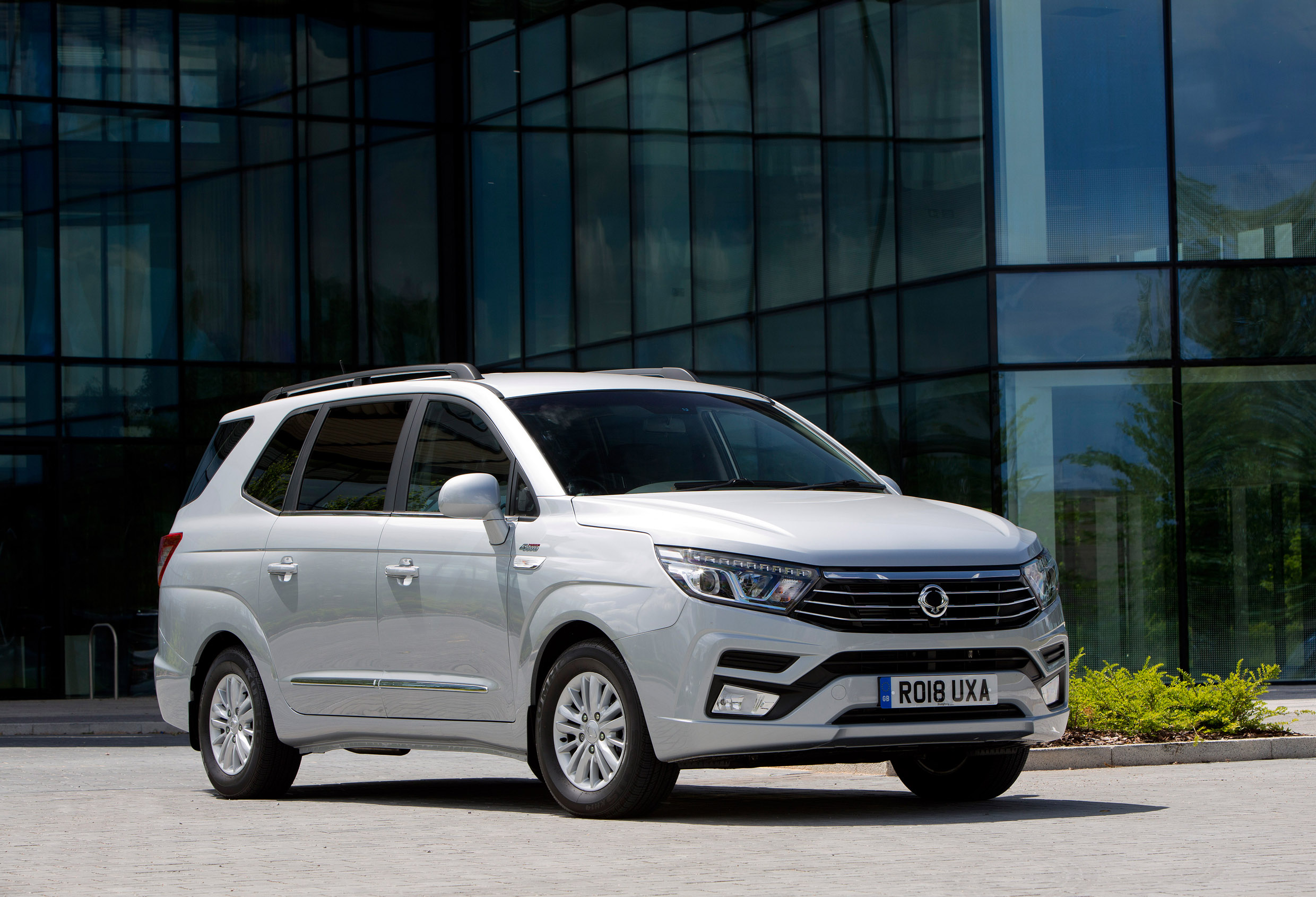
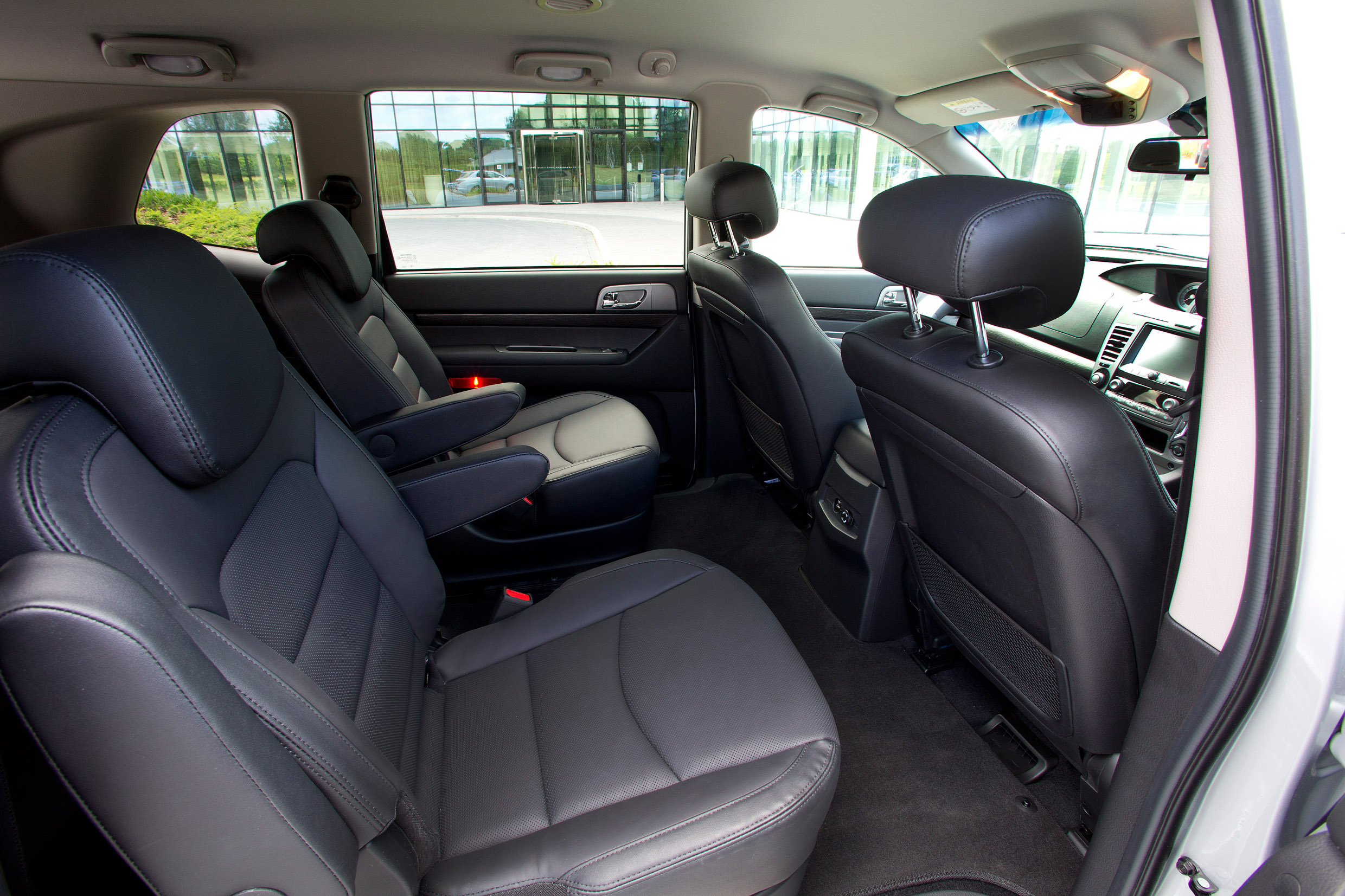
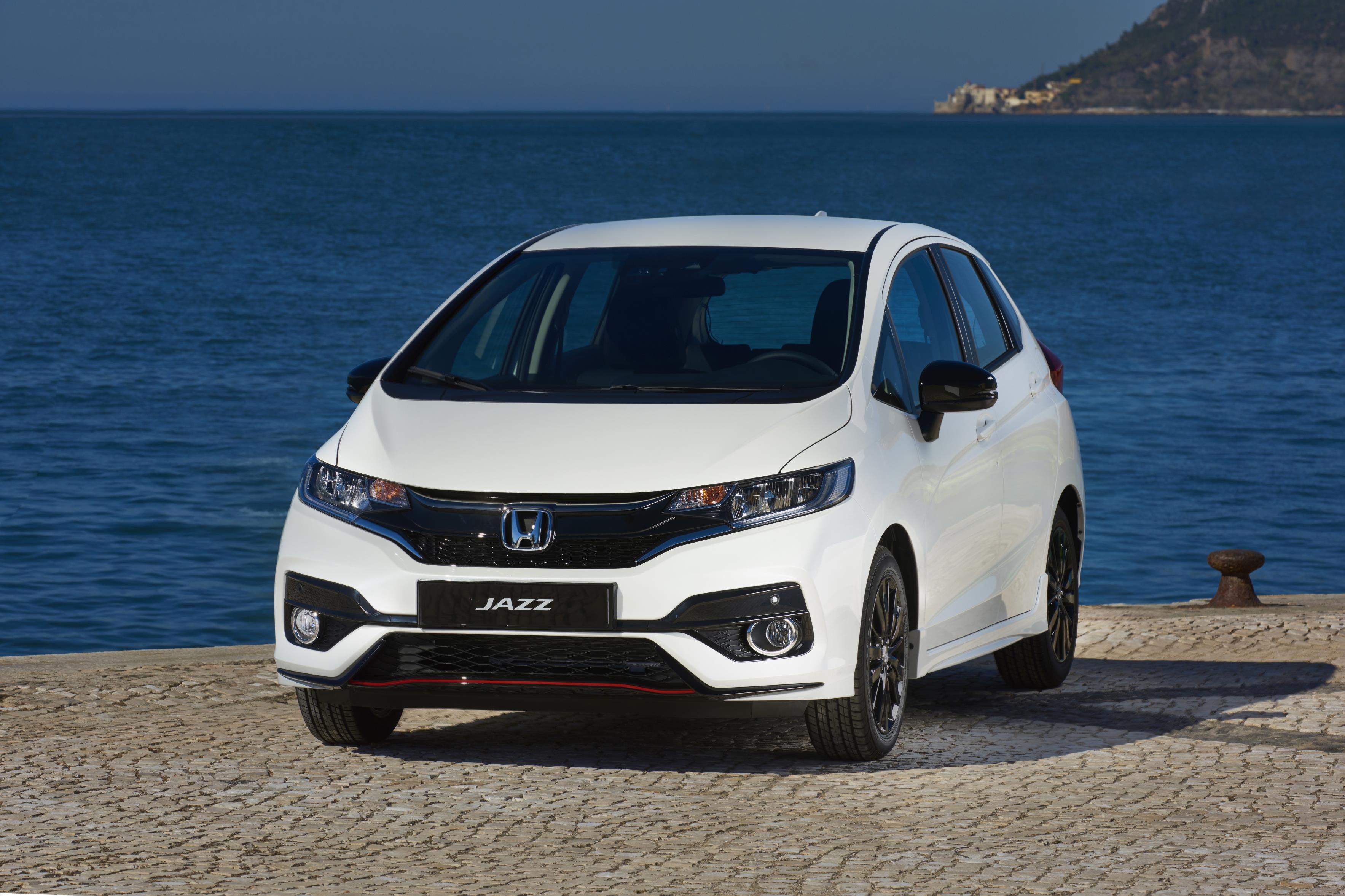
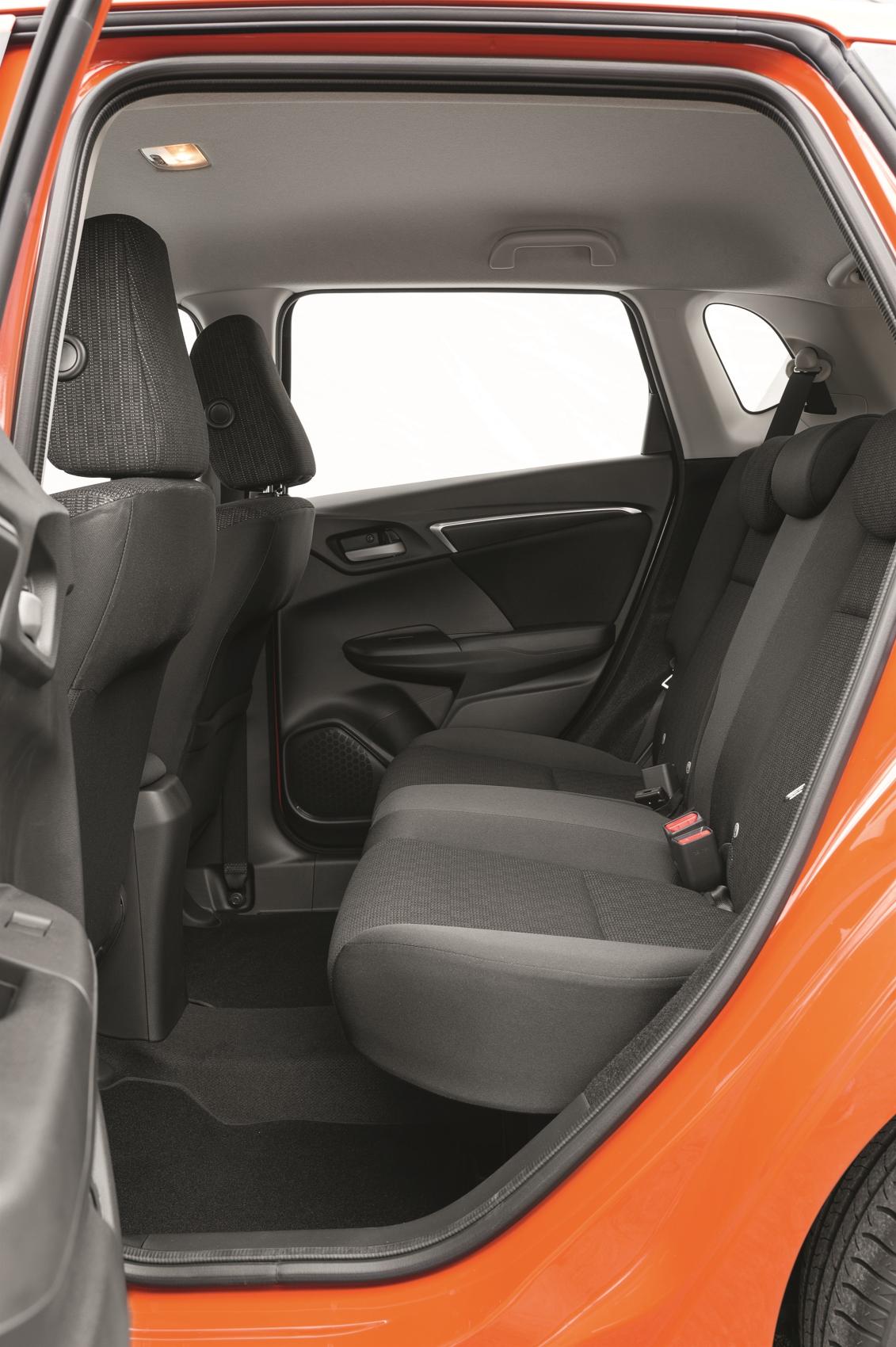

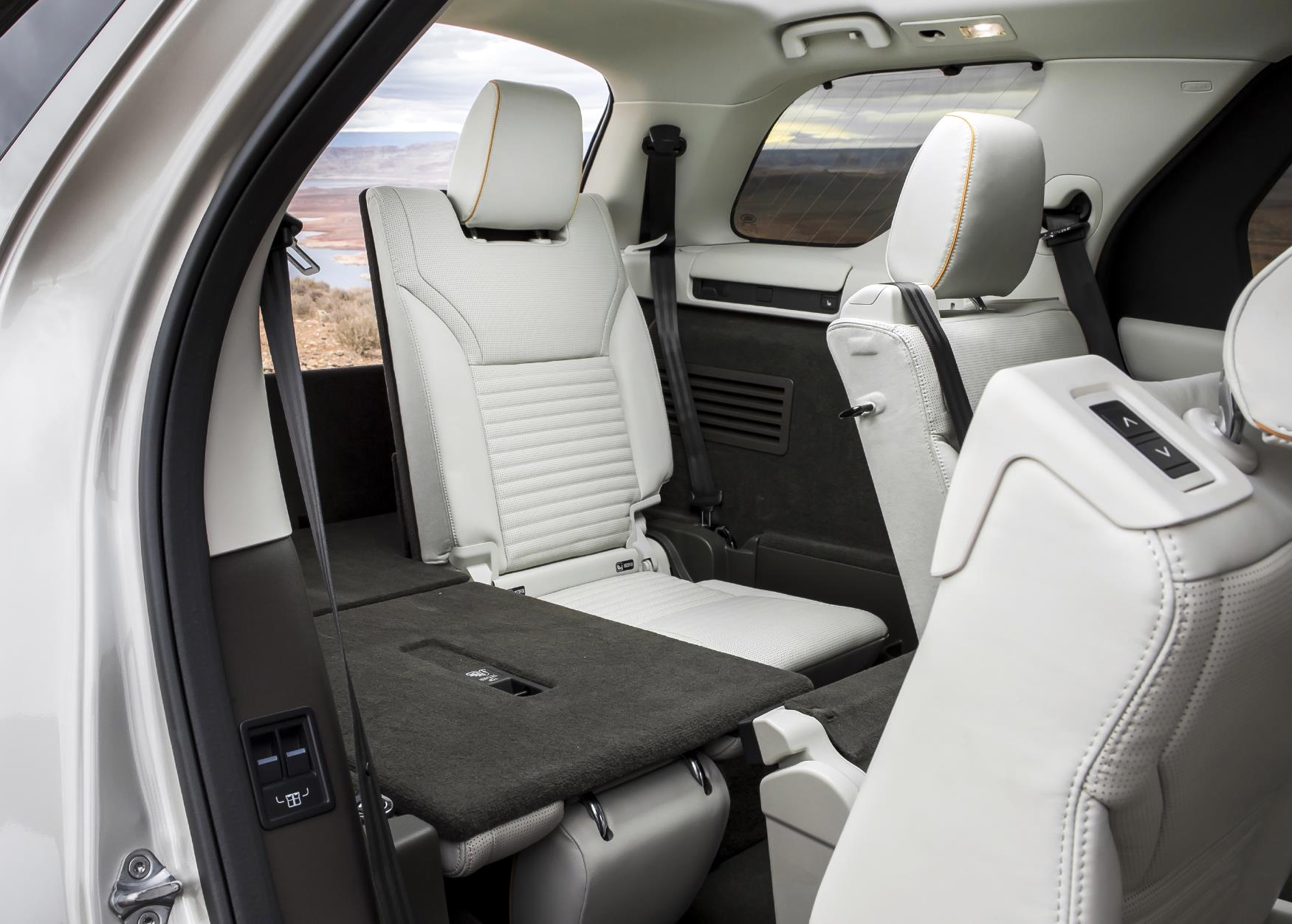
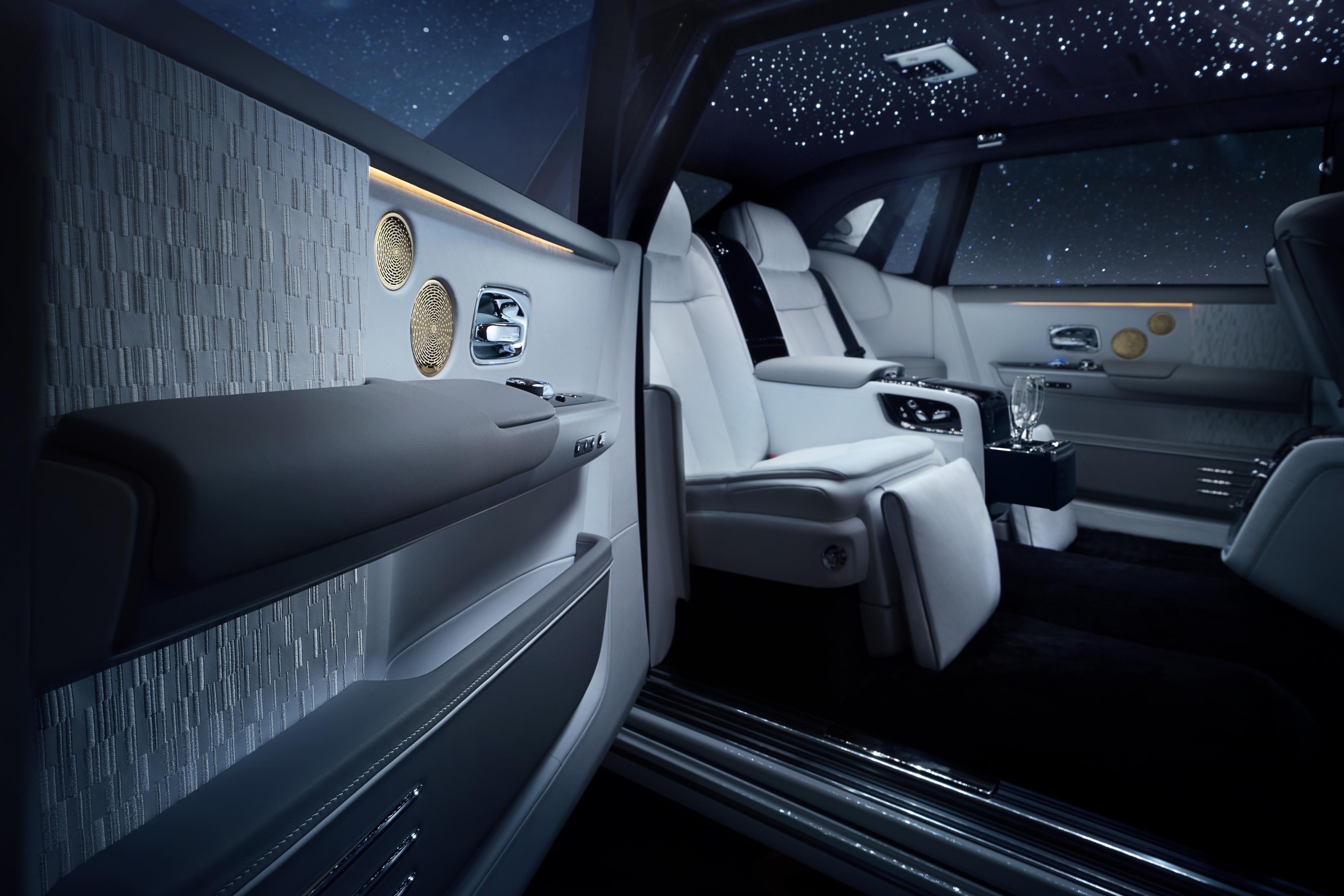
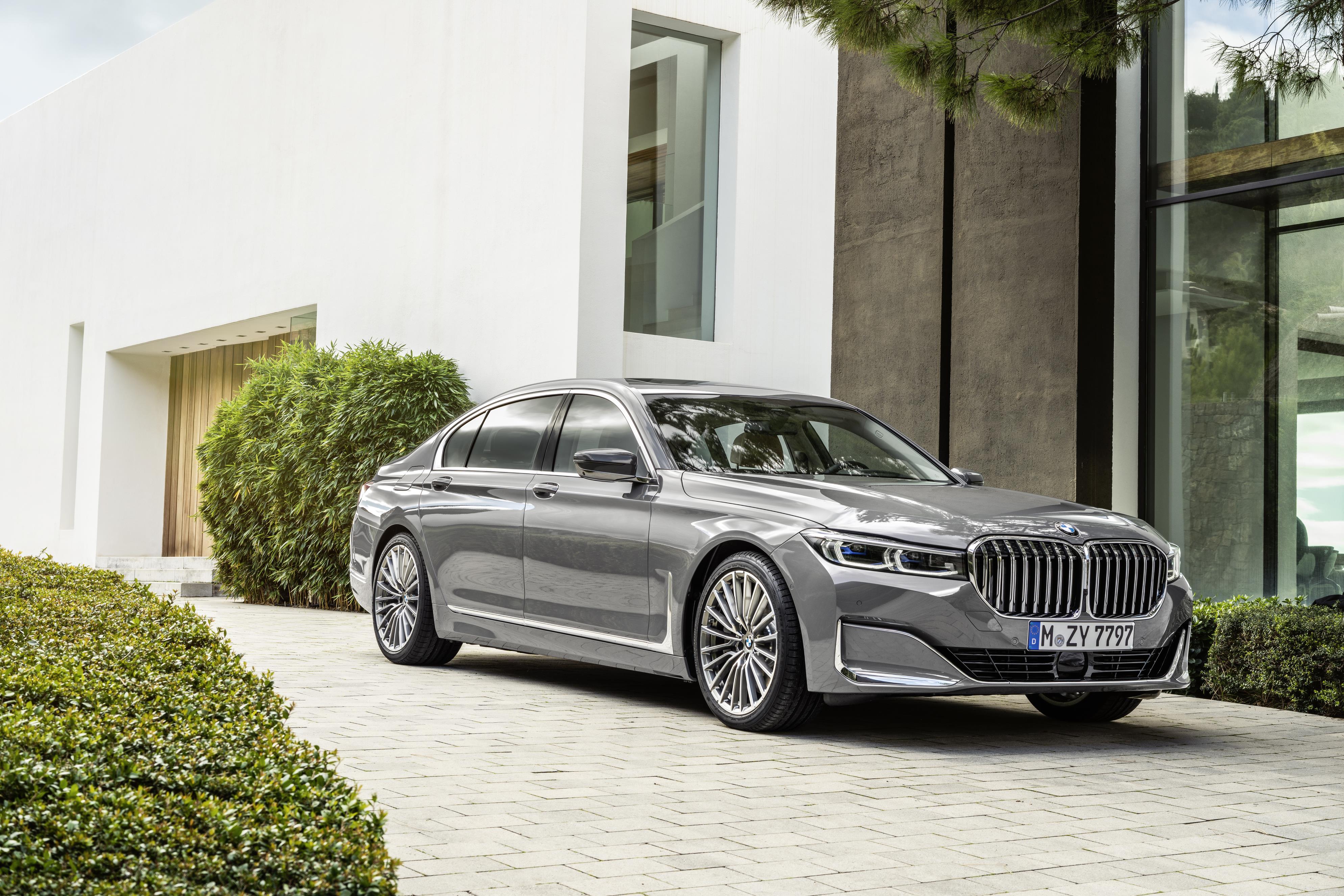
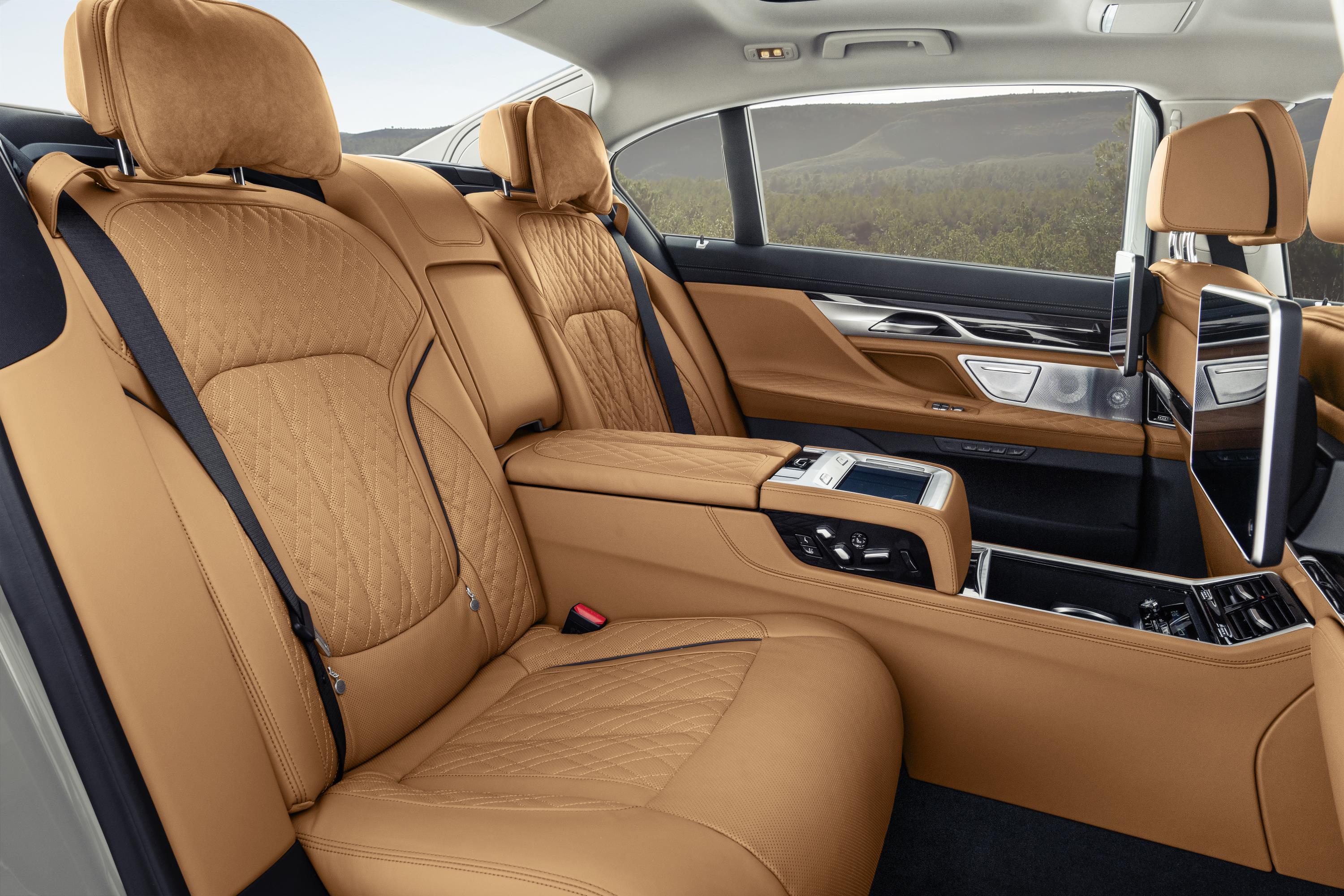
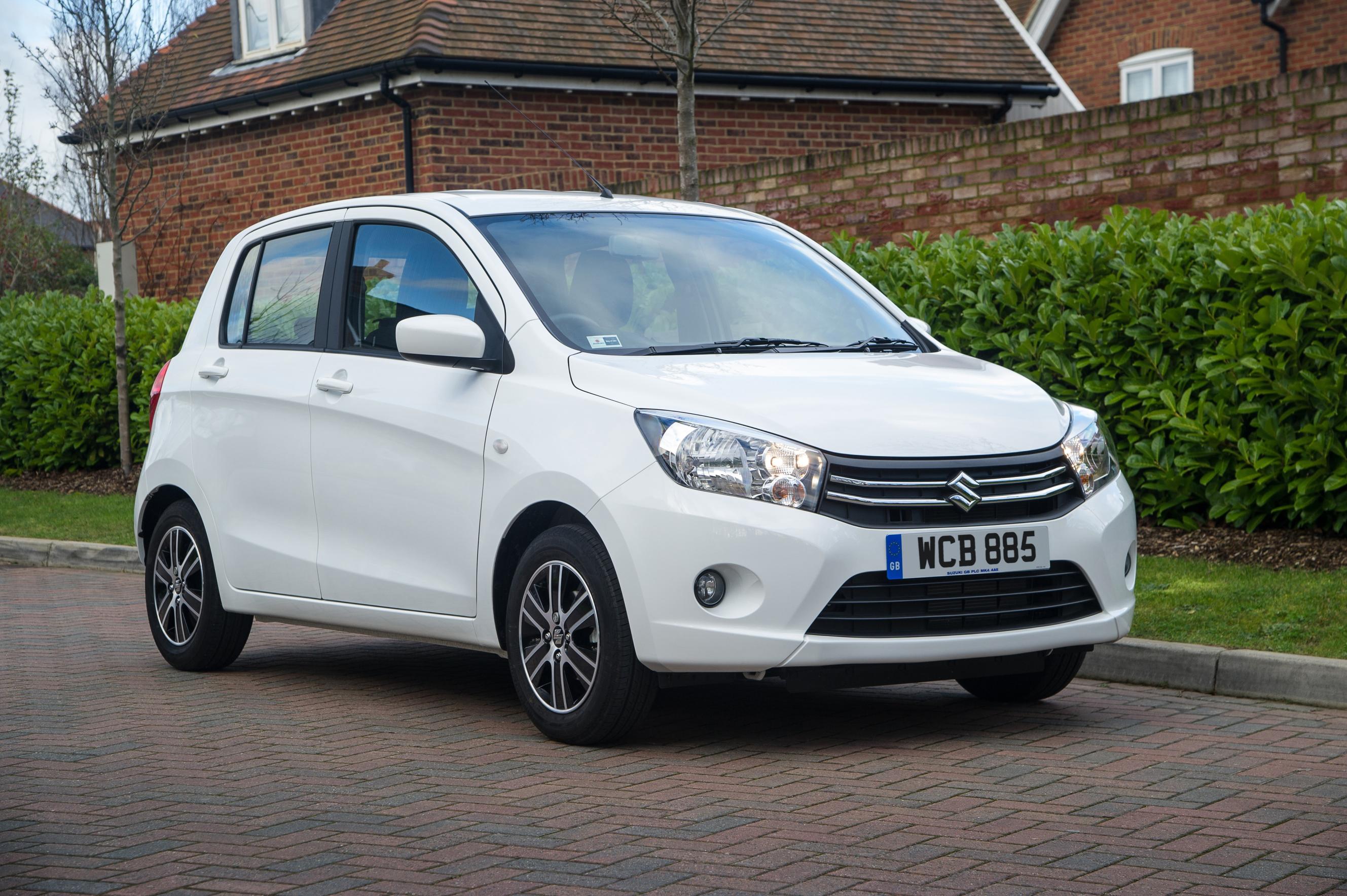
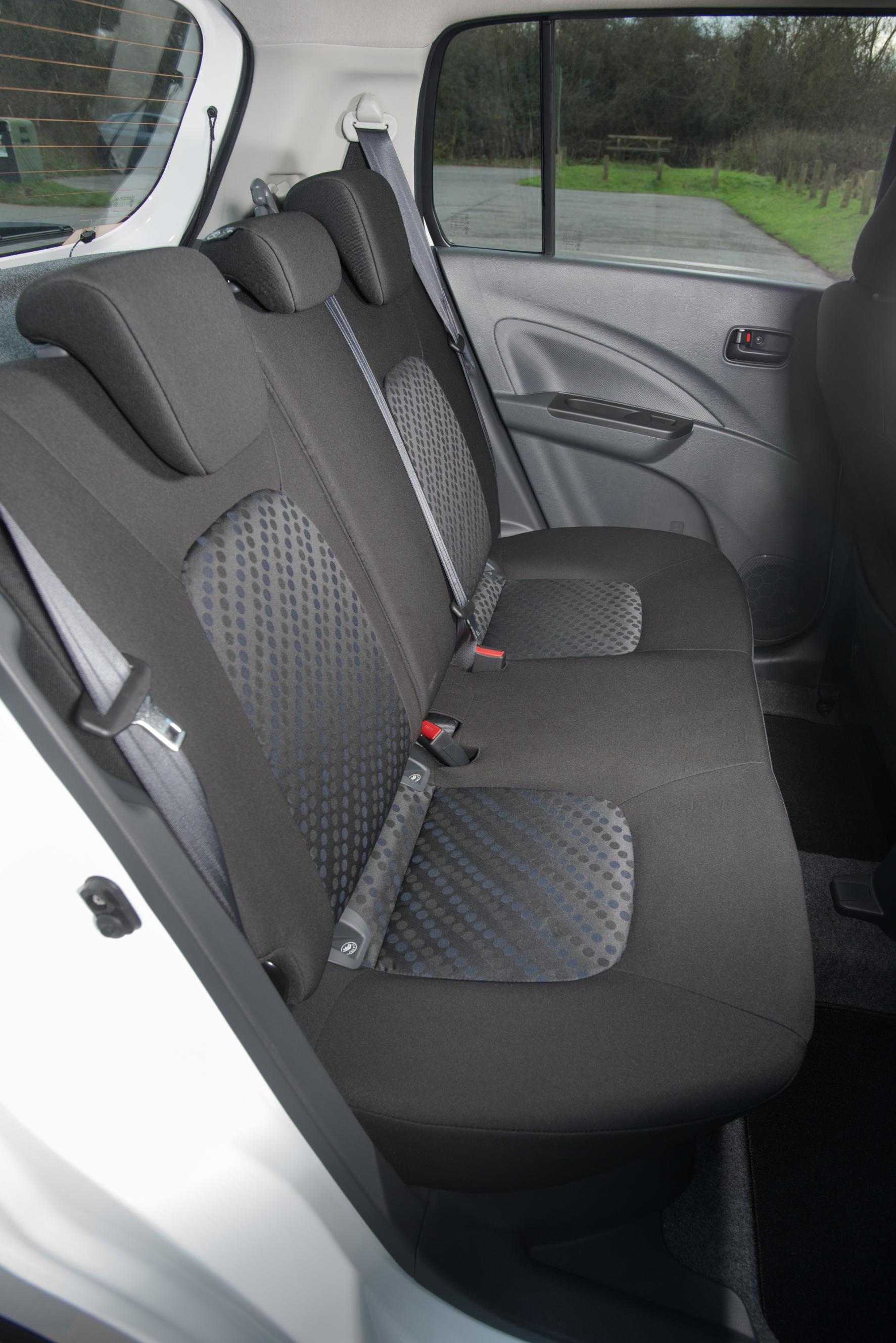

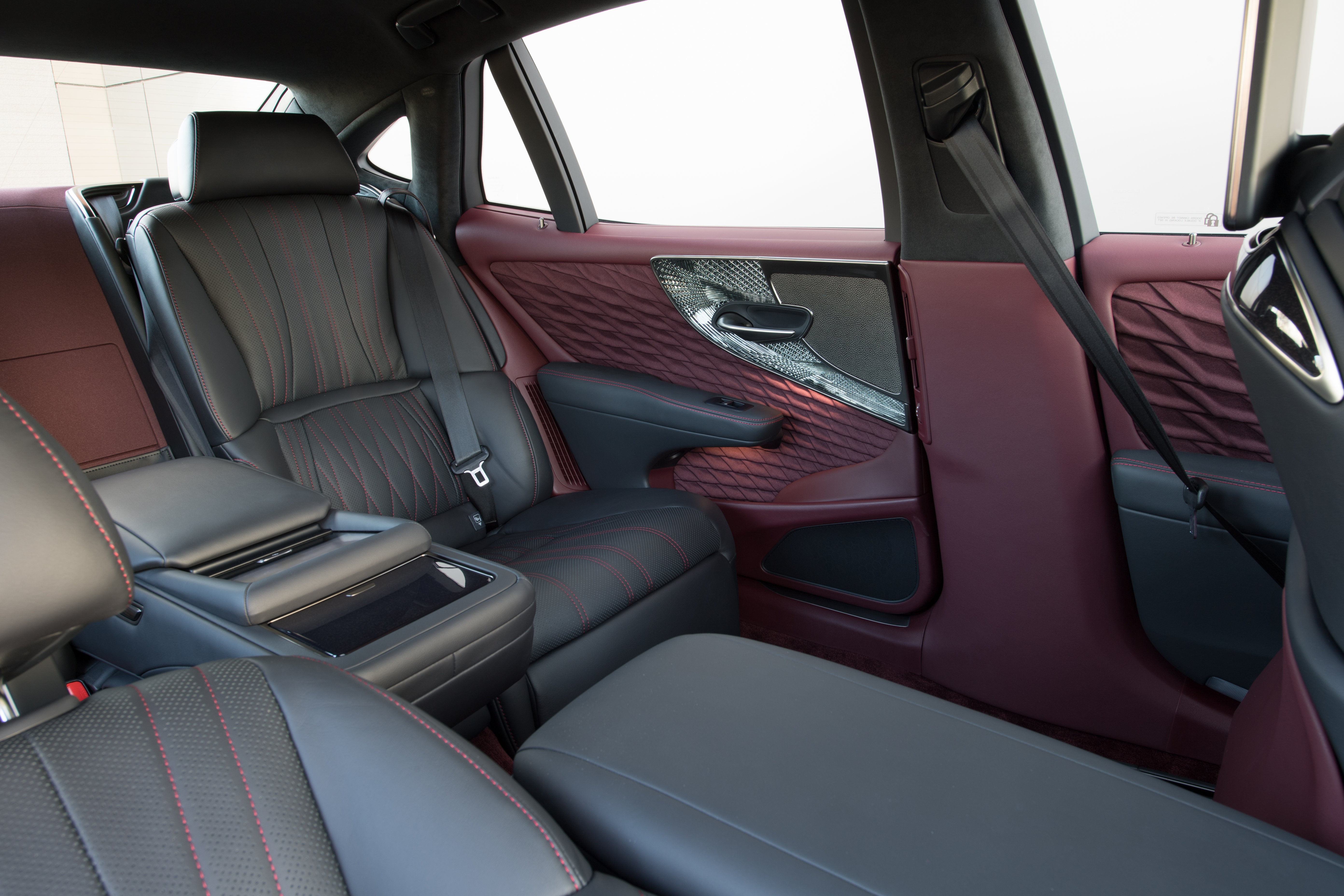
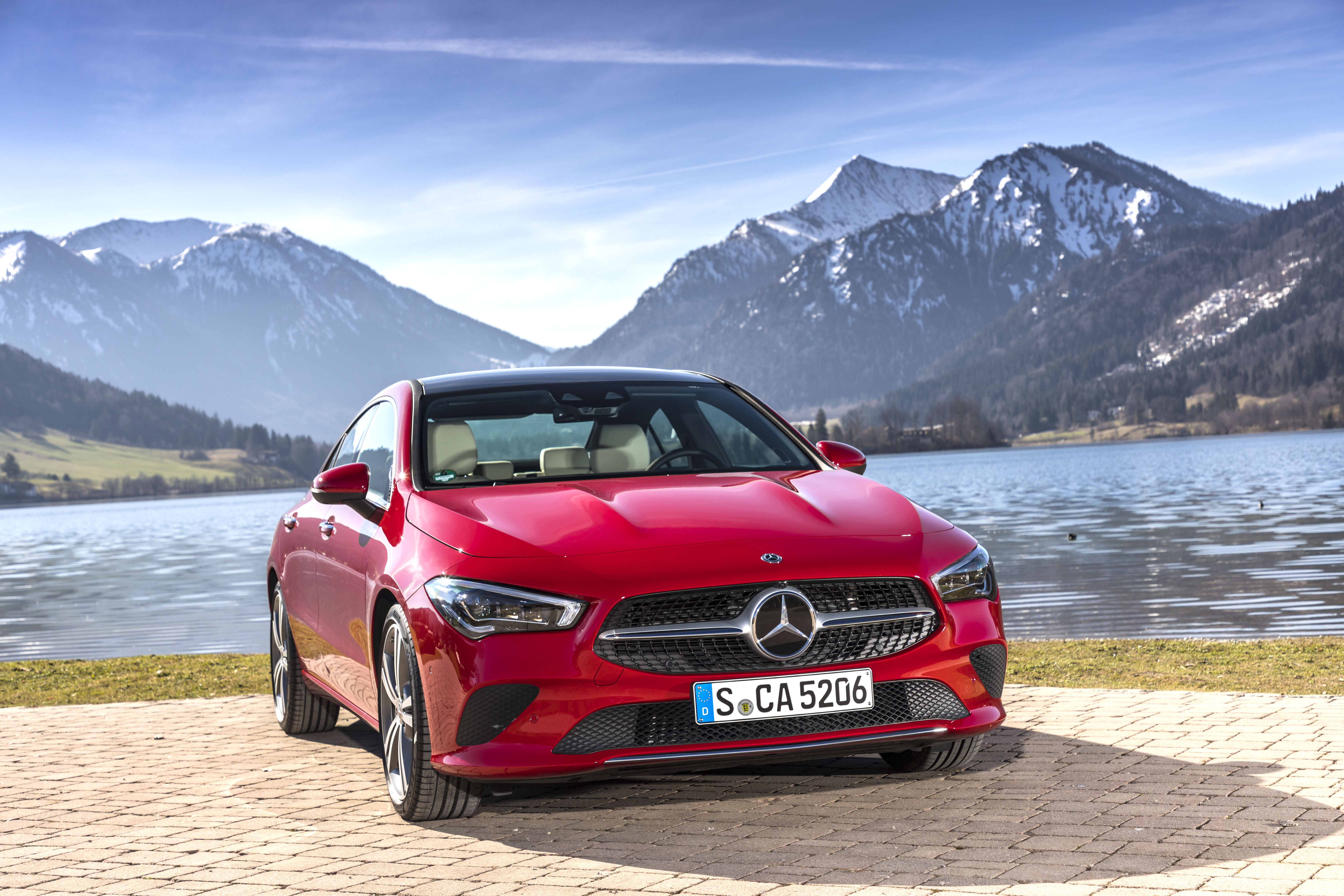
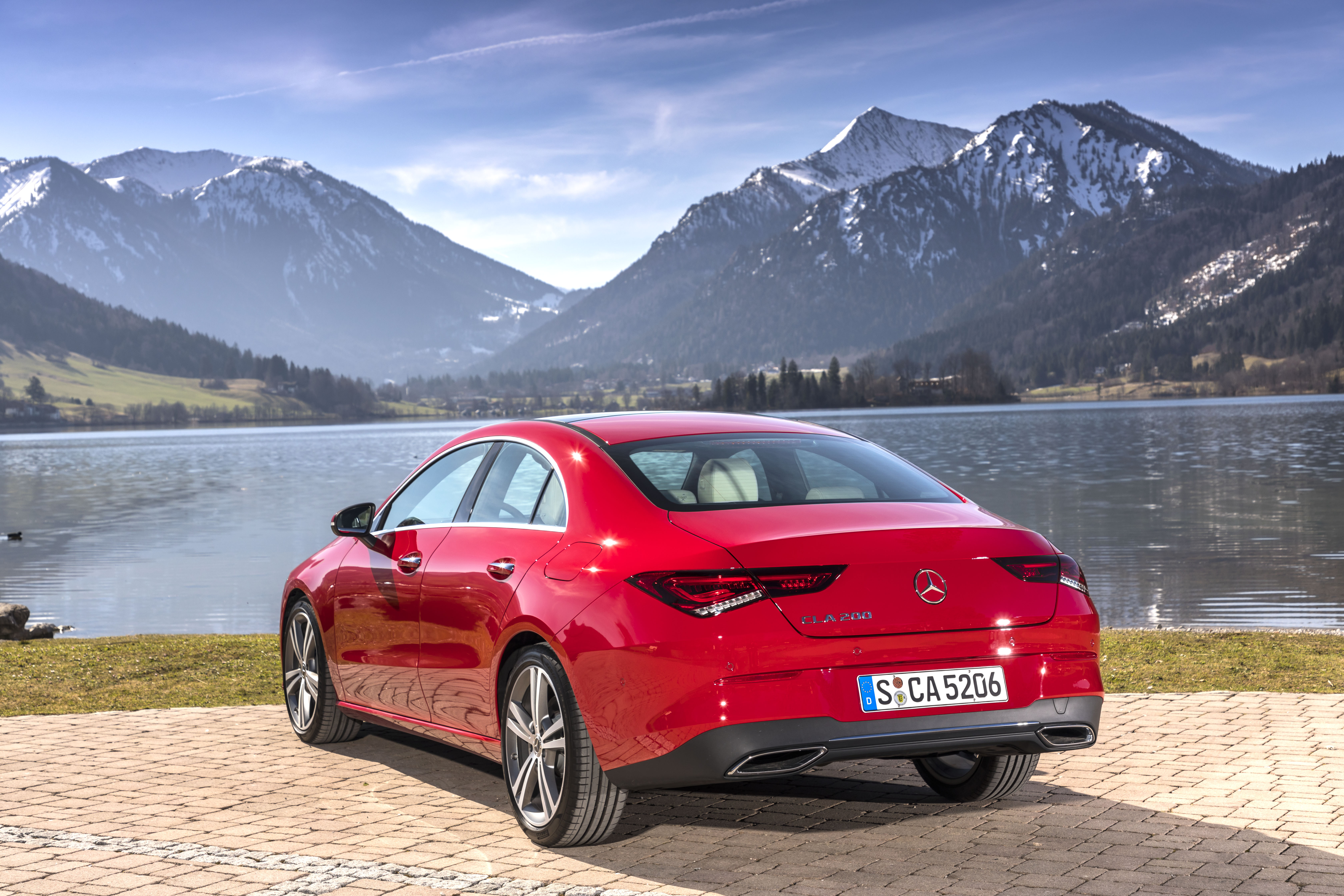
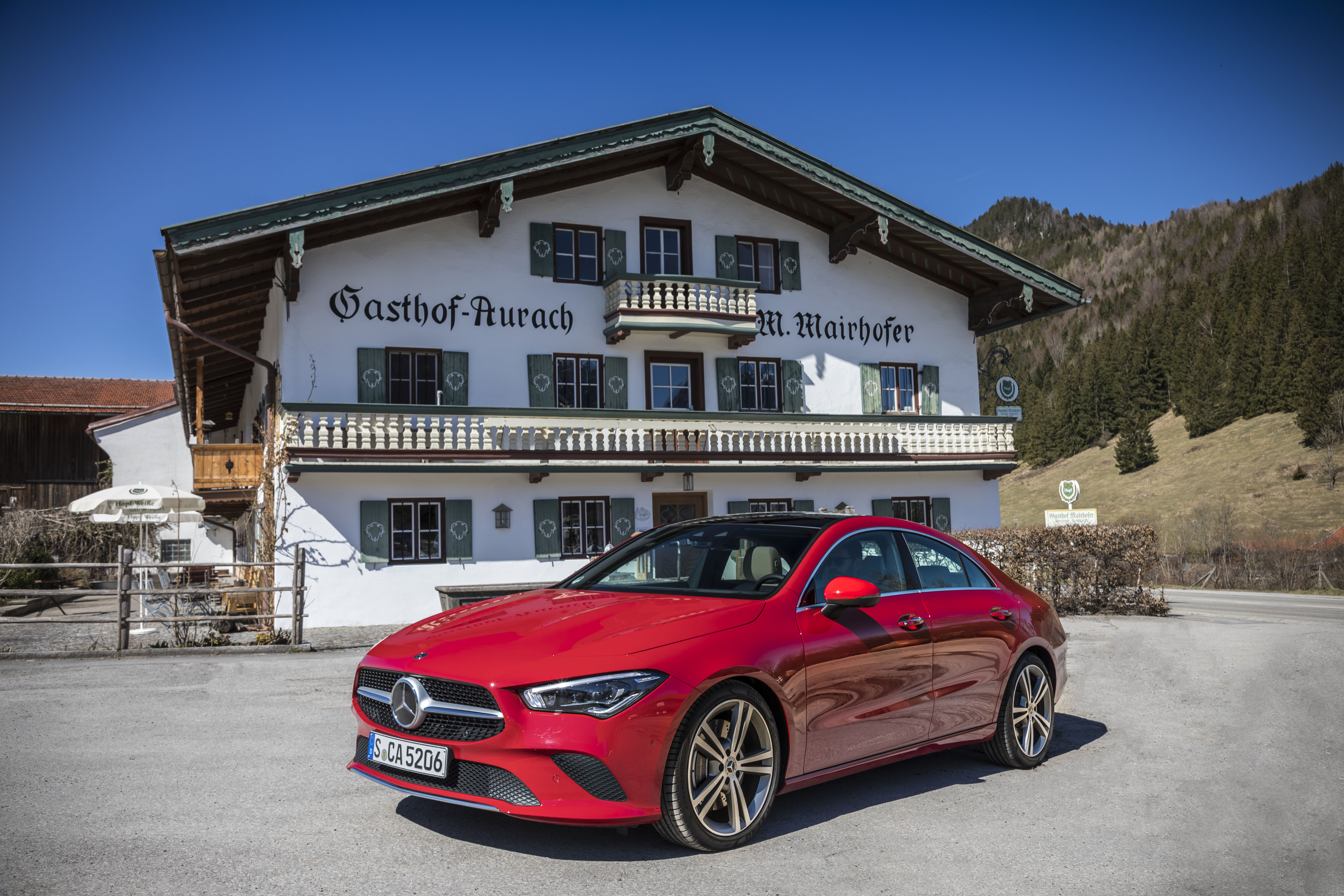
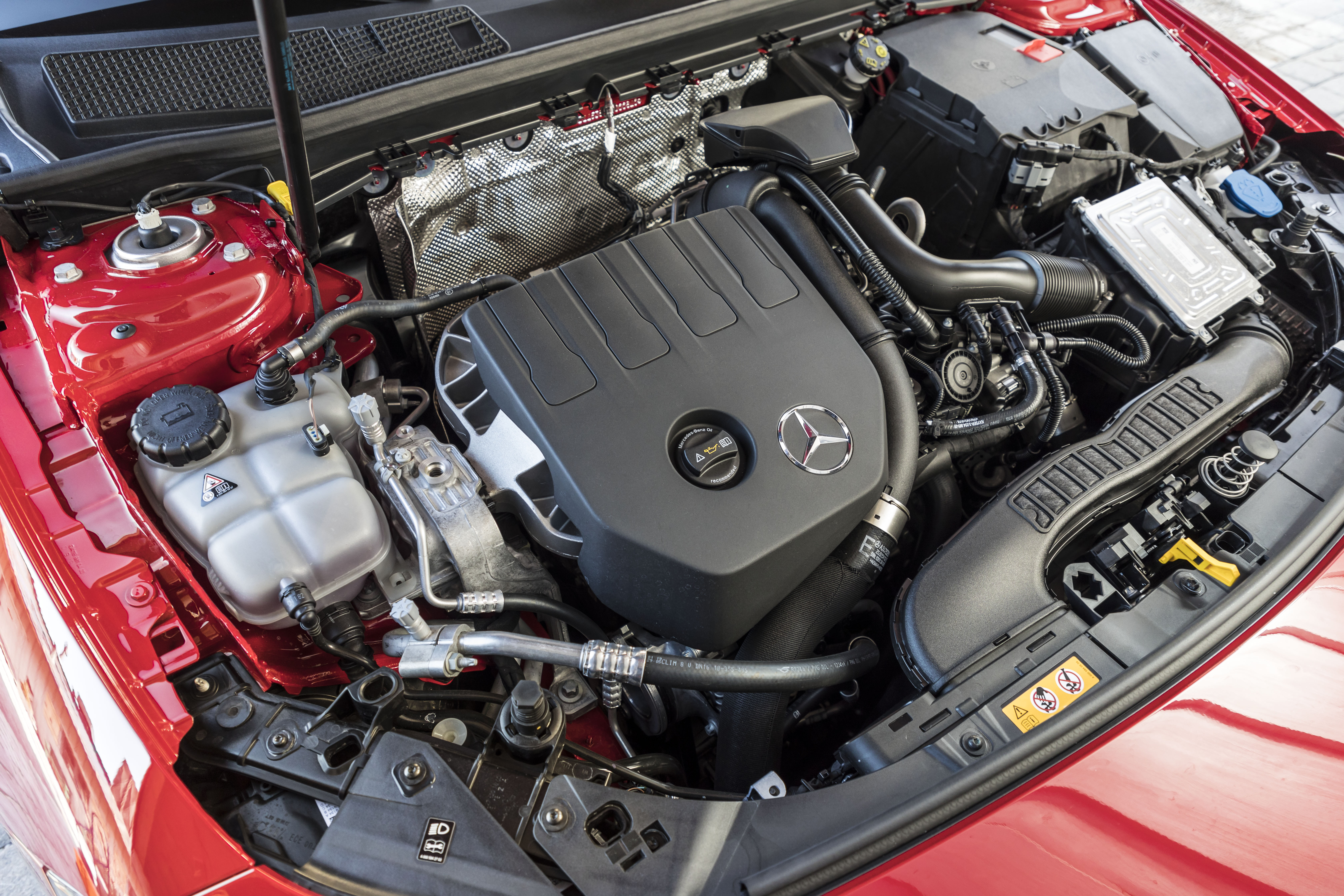
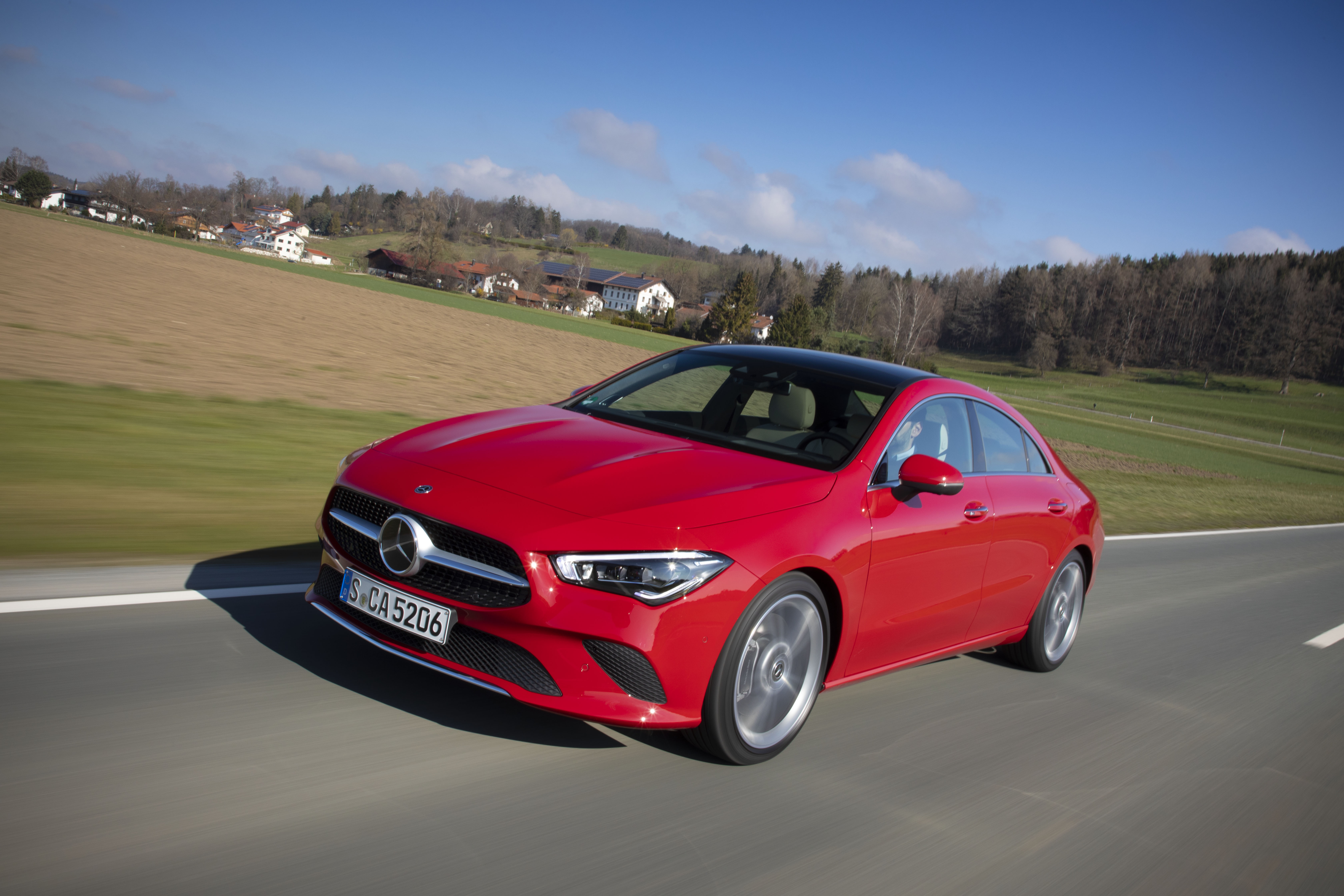
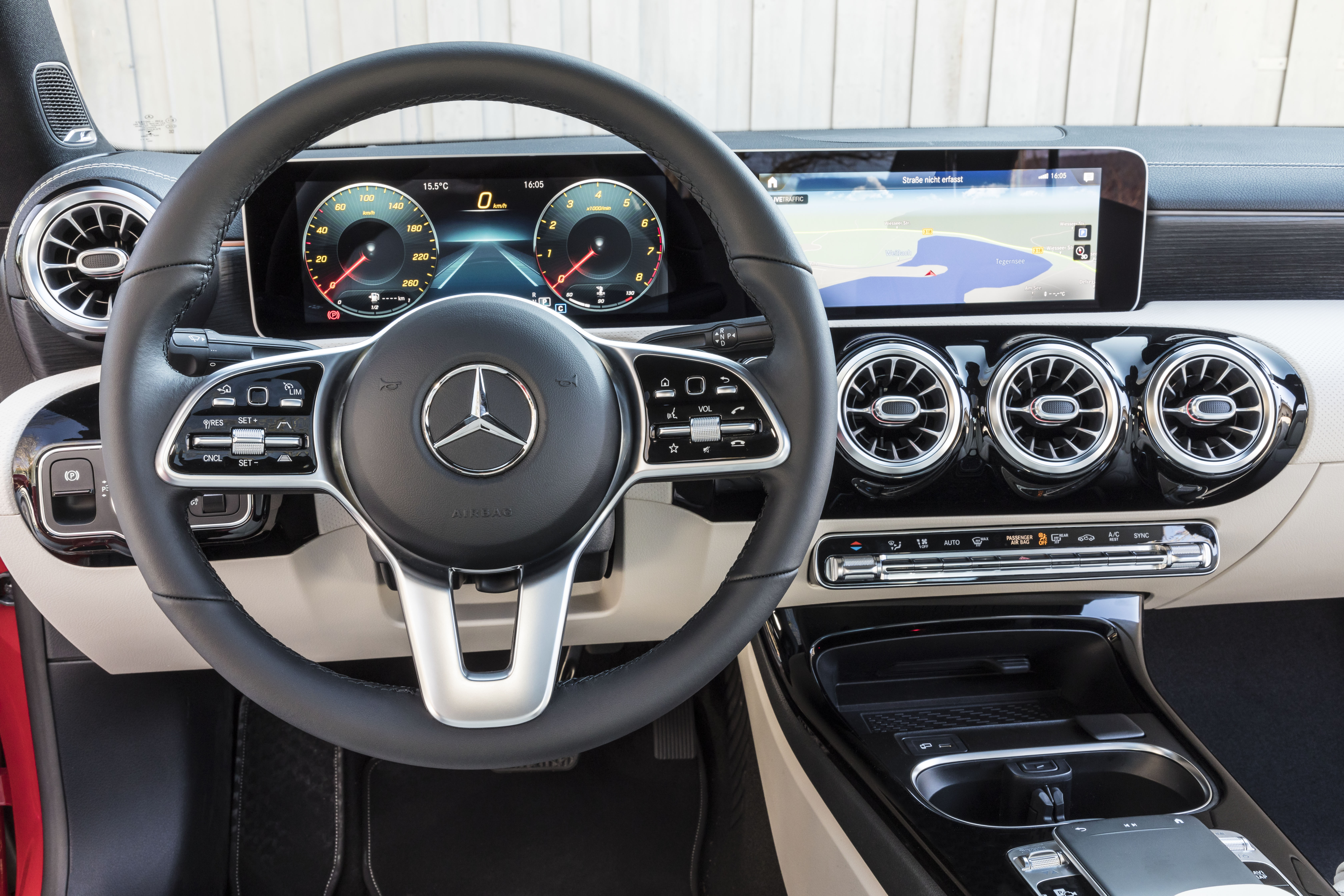

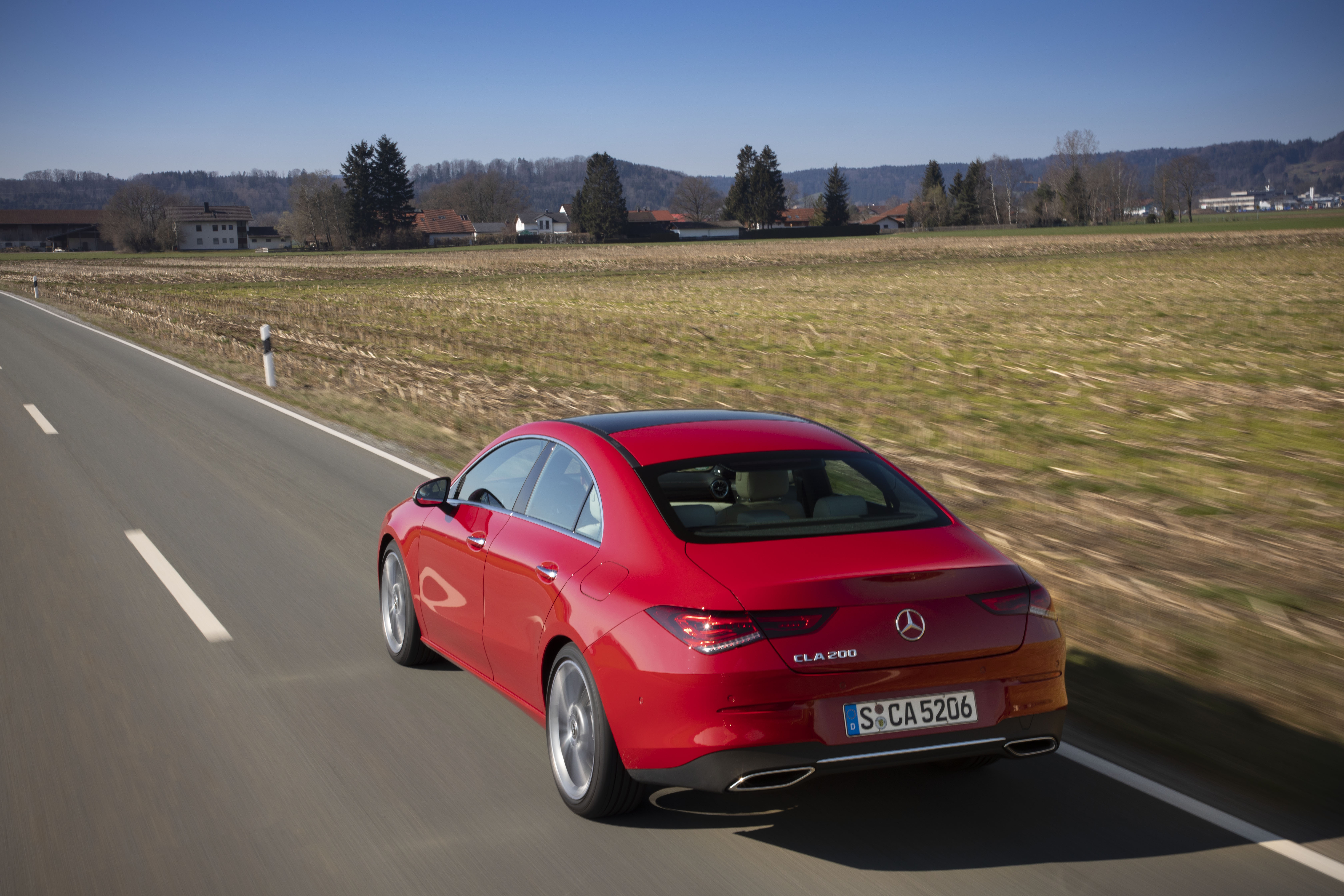
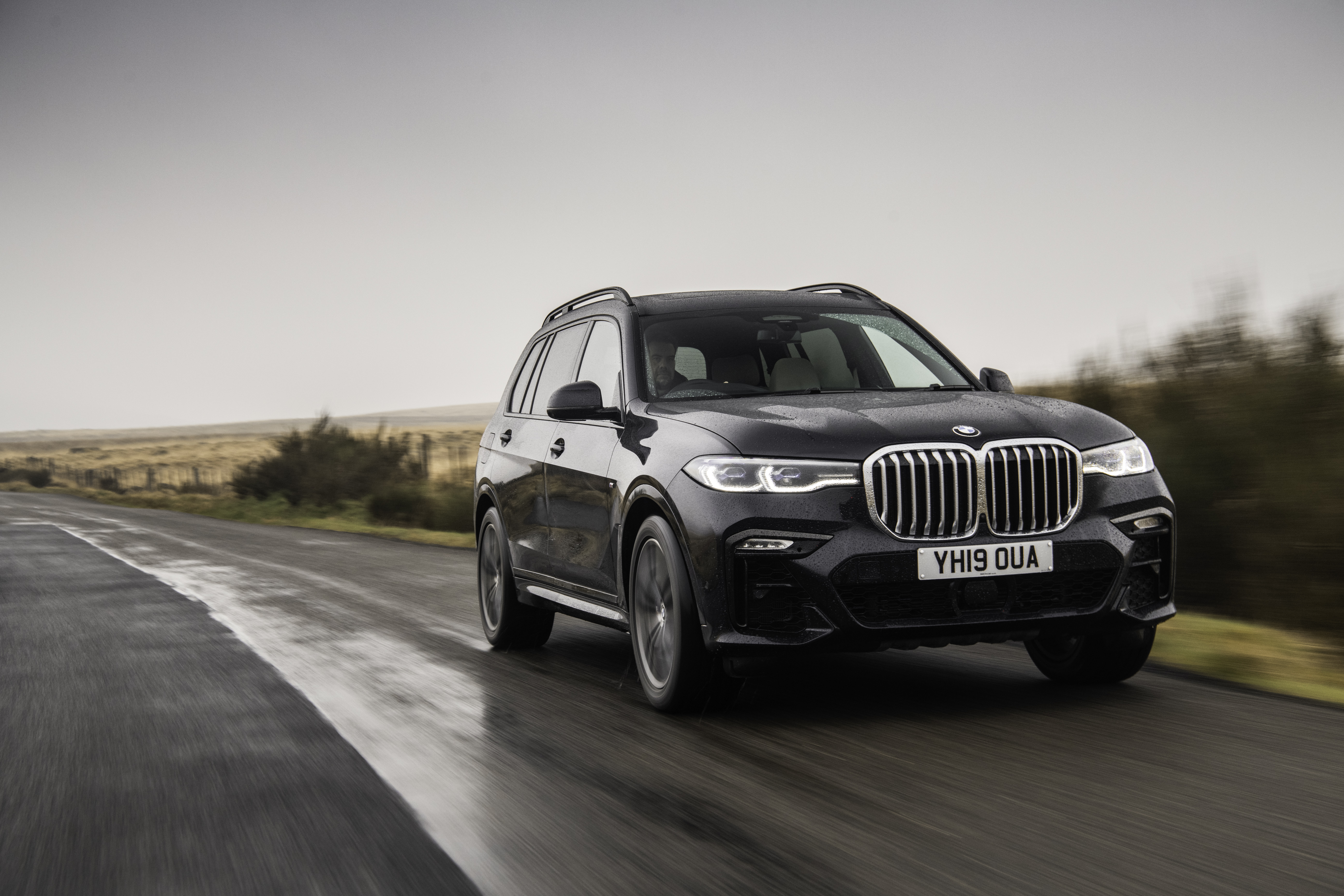
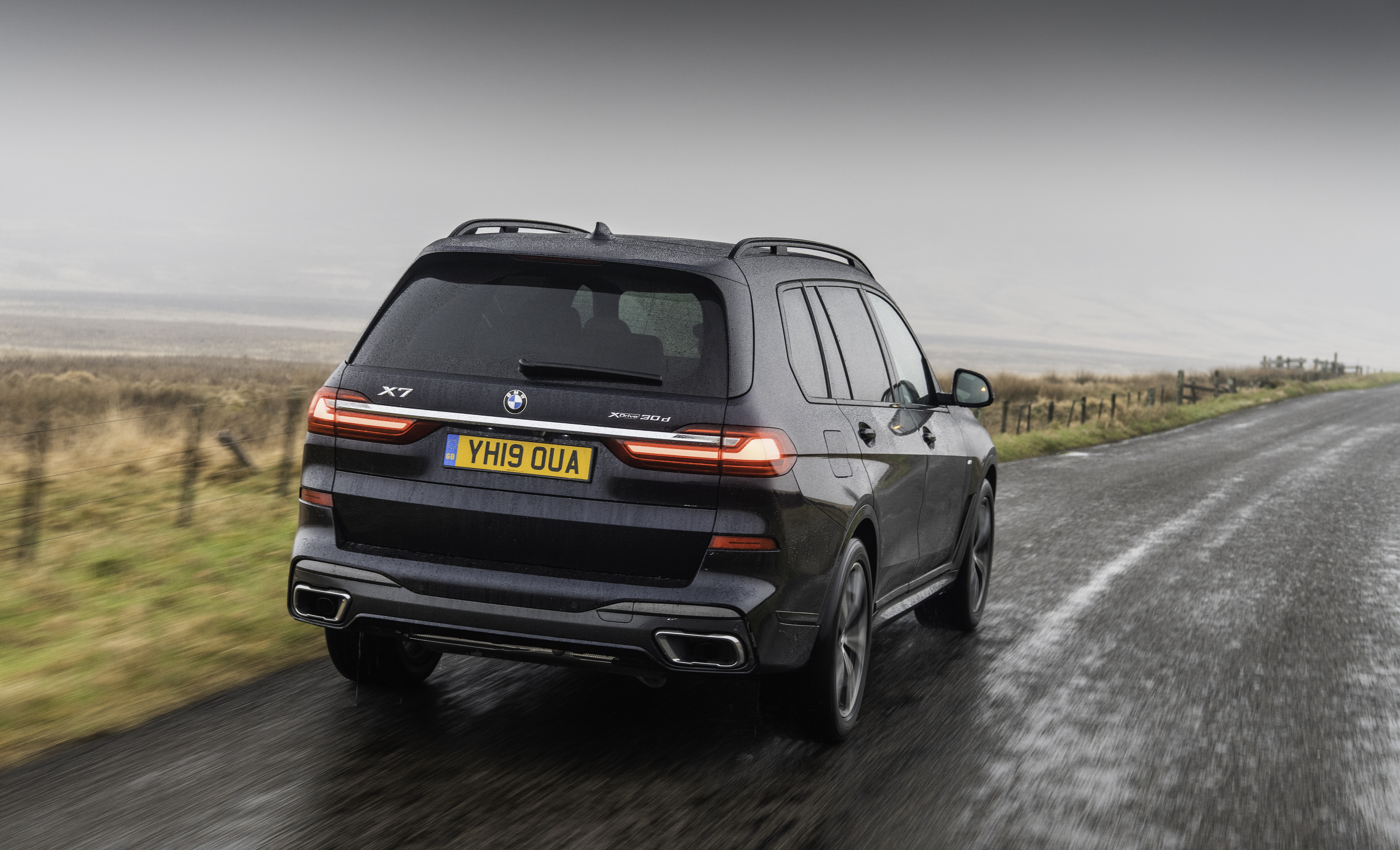
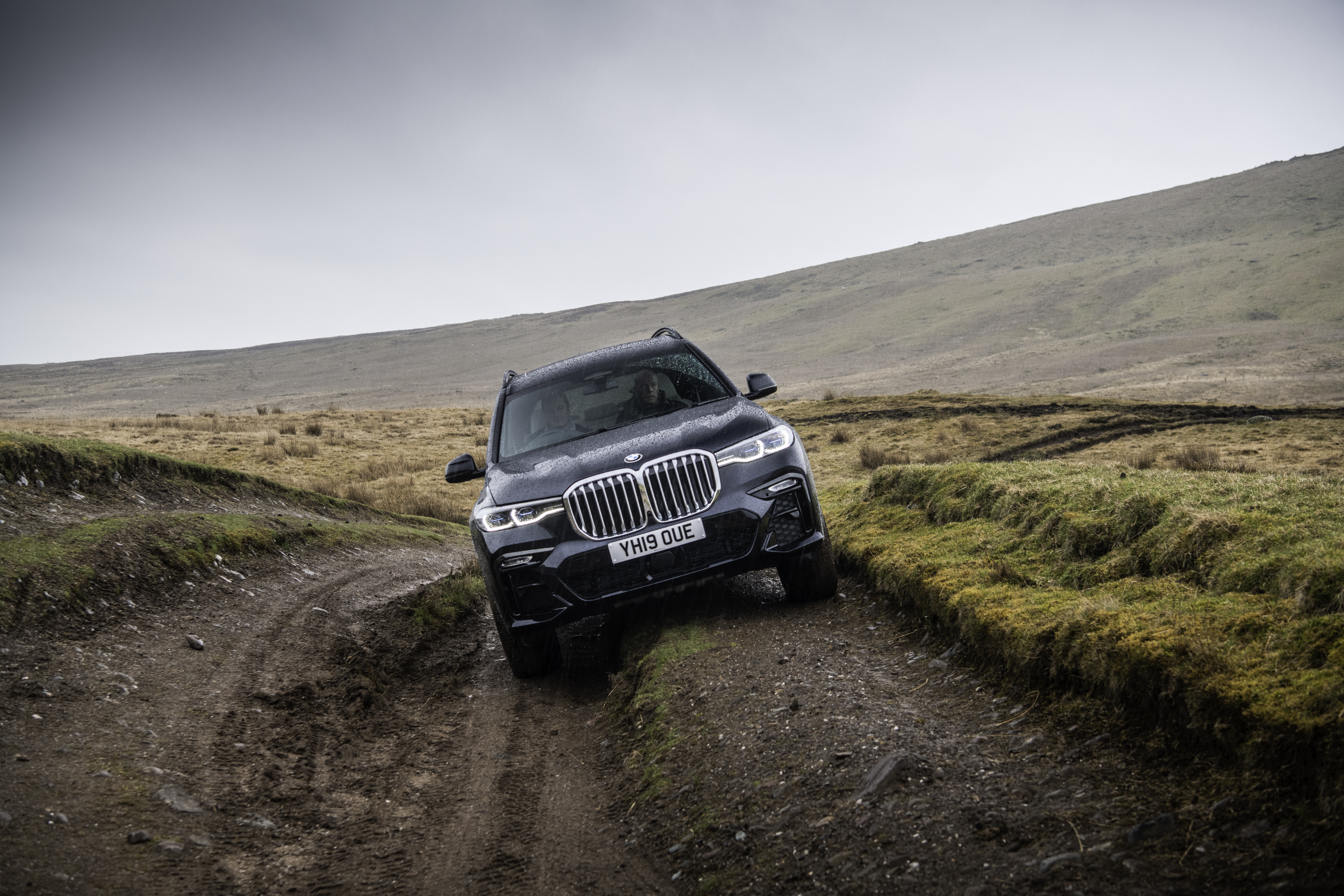
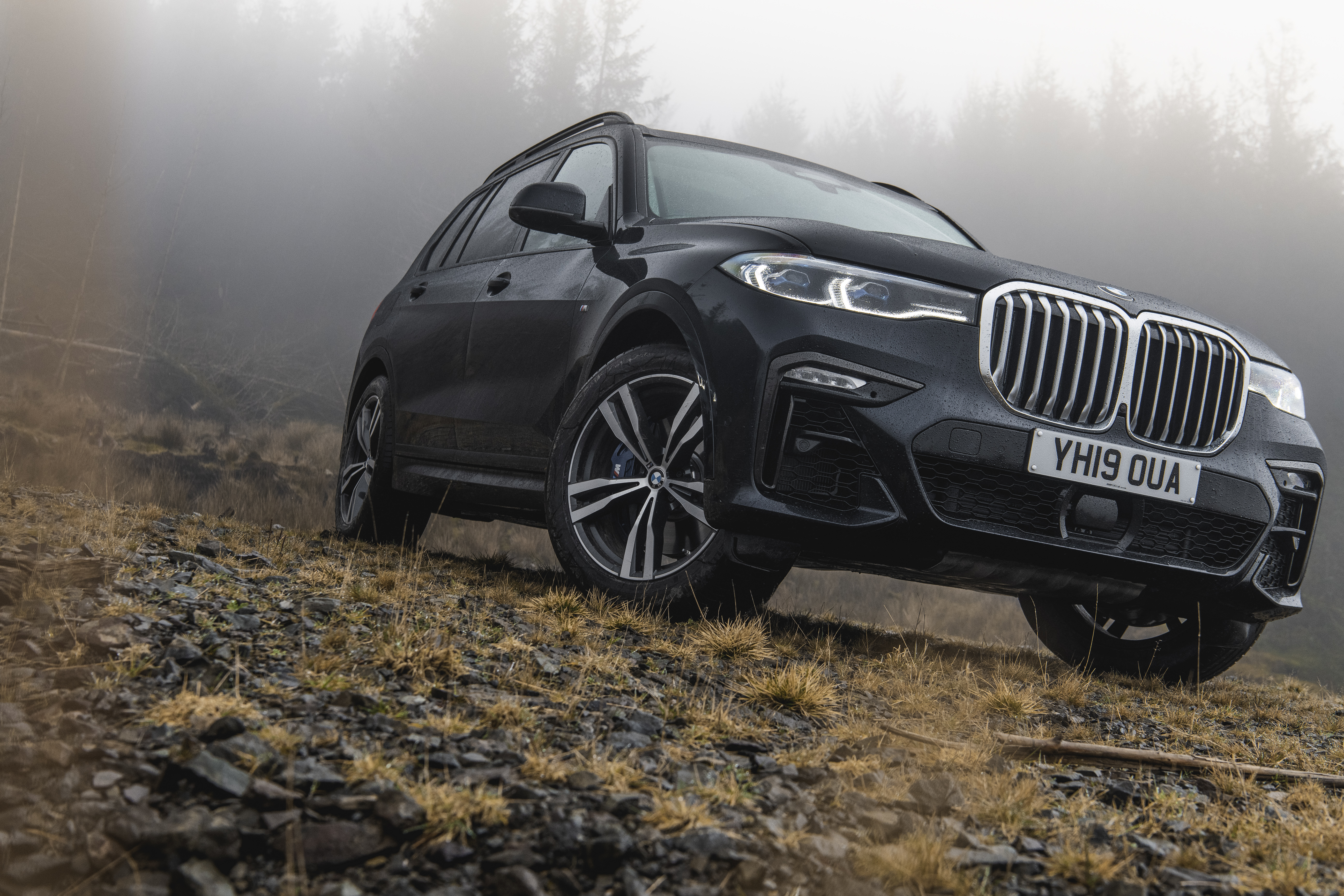
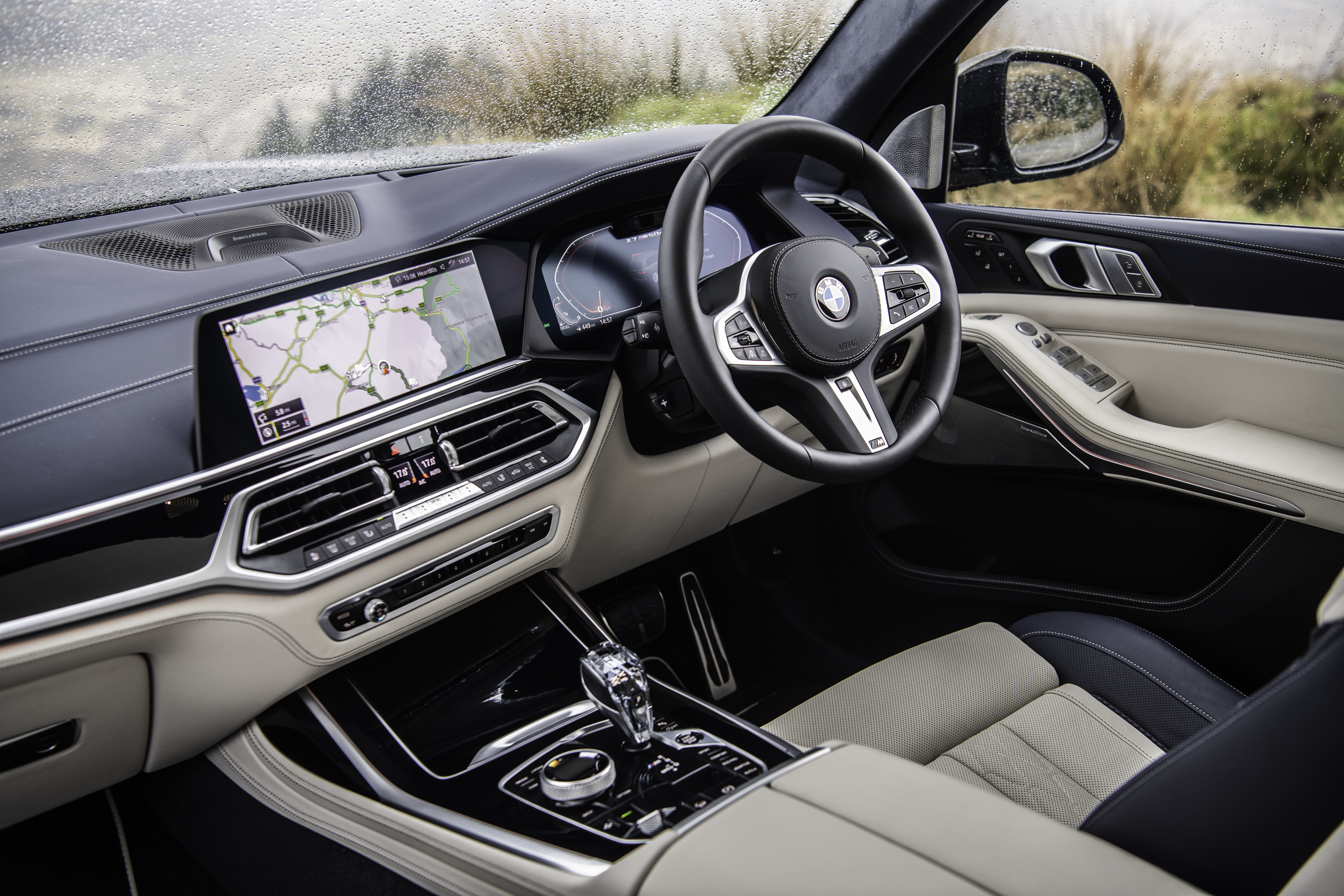
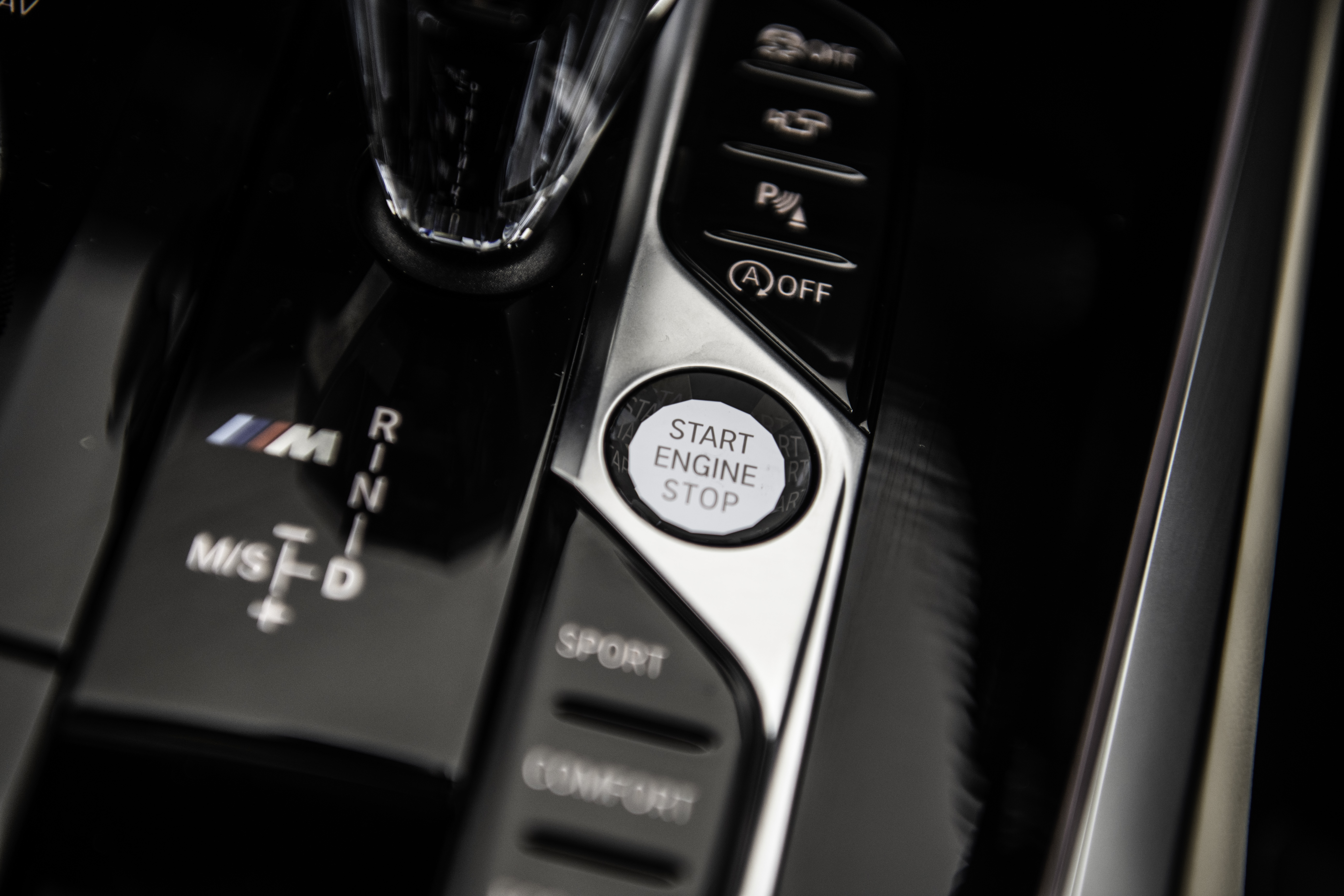
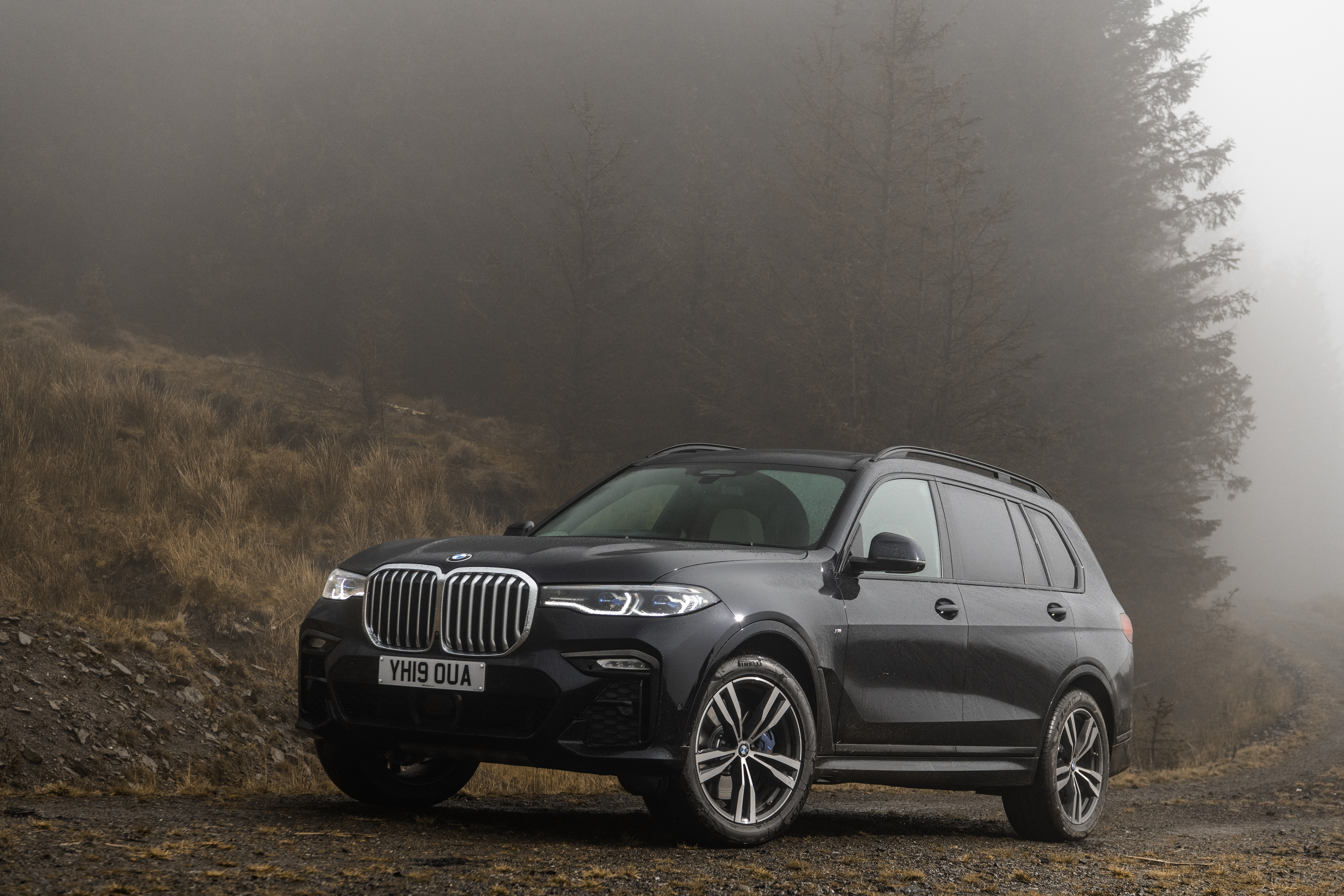

 With an immaculate design, a focus on technology and safety, and a good reputation for reliability, there are few cars that make as much sense to buy as the Volvo S60.
With an immaculate design, a focus on technology and safety, and a good reputation for reliability, there are few cars that make as much sense to buy as the Volvo S60.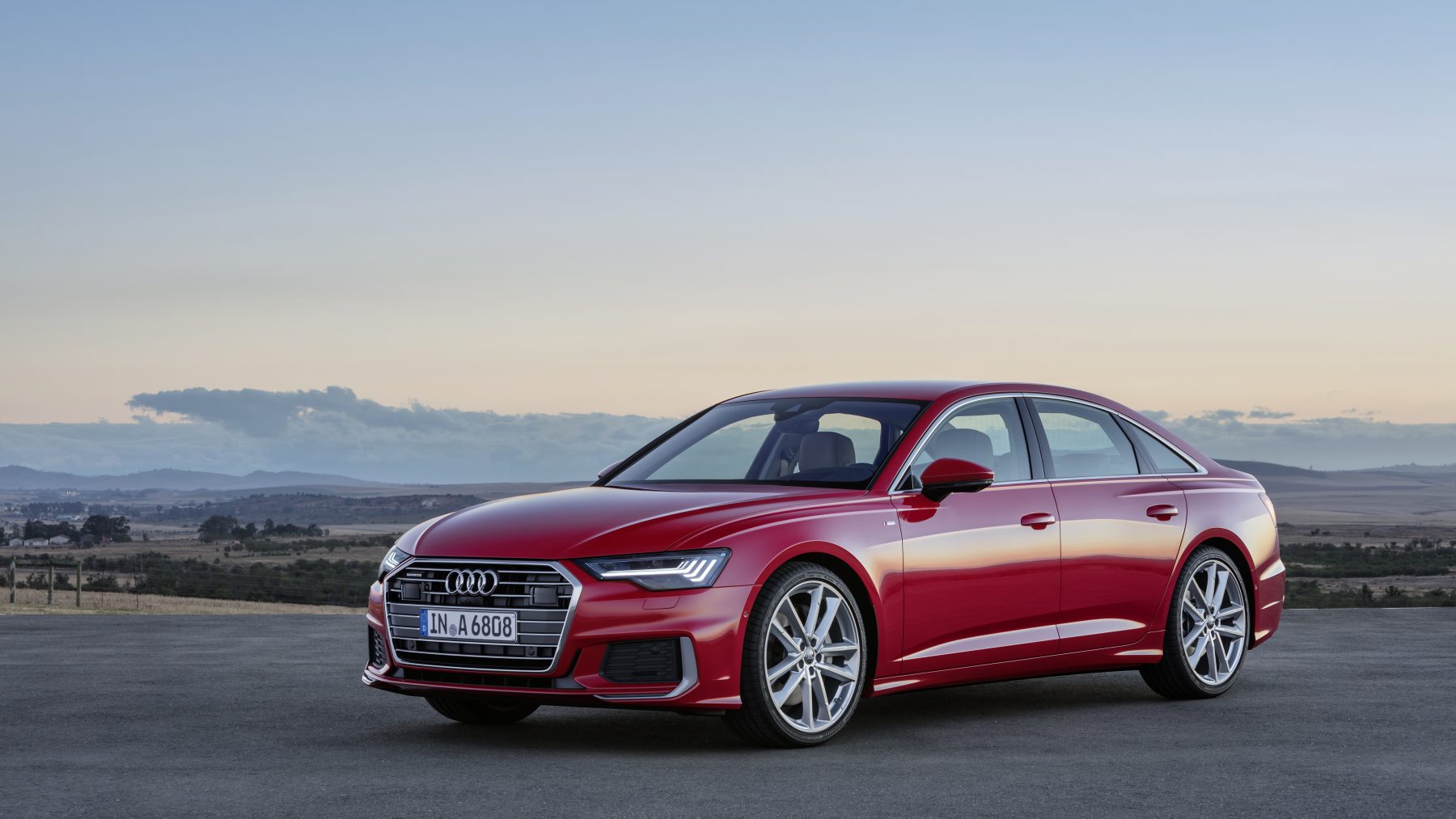 Established as a model in the 90s to combat Mercedes’ E-Class and the BMW 5 Series, the Audi A6 is certainly a sober option in the mid-size saloon market. While the driving dynamics don’t quite match those offered from the BMW camp, and Mercedes is likely to always have the edge on sheer image, there are few better all-rounders than the A6.
Established as a model in the 90s to combat Mercedes’ E-Class and the BMW 5 Series, the Audi A6 is certainly a sober option in the mid-size saloon market. While the driving dynamics don’t quite match those offered from the BMW camp, and Mercedes is likely to always have the edge on sheer image, there are few better all-rounders than the A6. With a history dating back over 40 years, the 3 Series and its plethora of variants are a key backbone to the BMW brand. Now in its seventh-generation, the 3 Series looks unlikely to lose its place as the definitive compact executive saloon any time soon.
With a history dating back over 40 years, the 3 Series and its plethora of variants are a key backbone to the BMW brand. Now in its seventh-generation, the 3 Series looks unlikely to lose its place as the definitive compact executive saloon any time soon.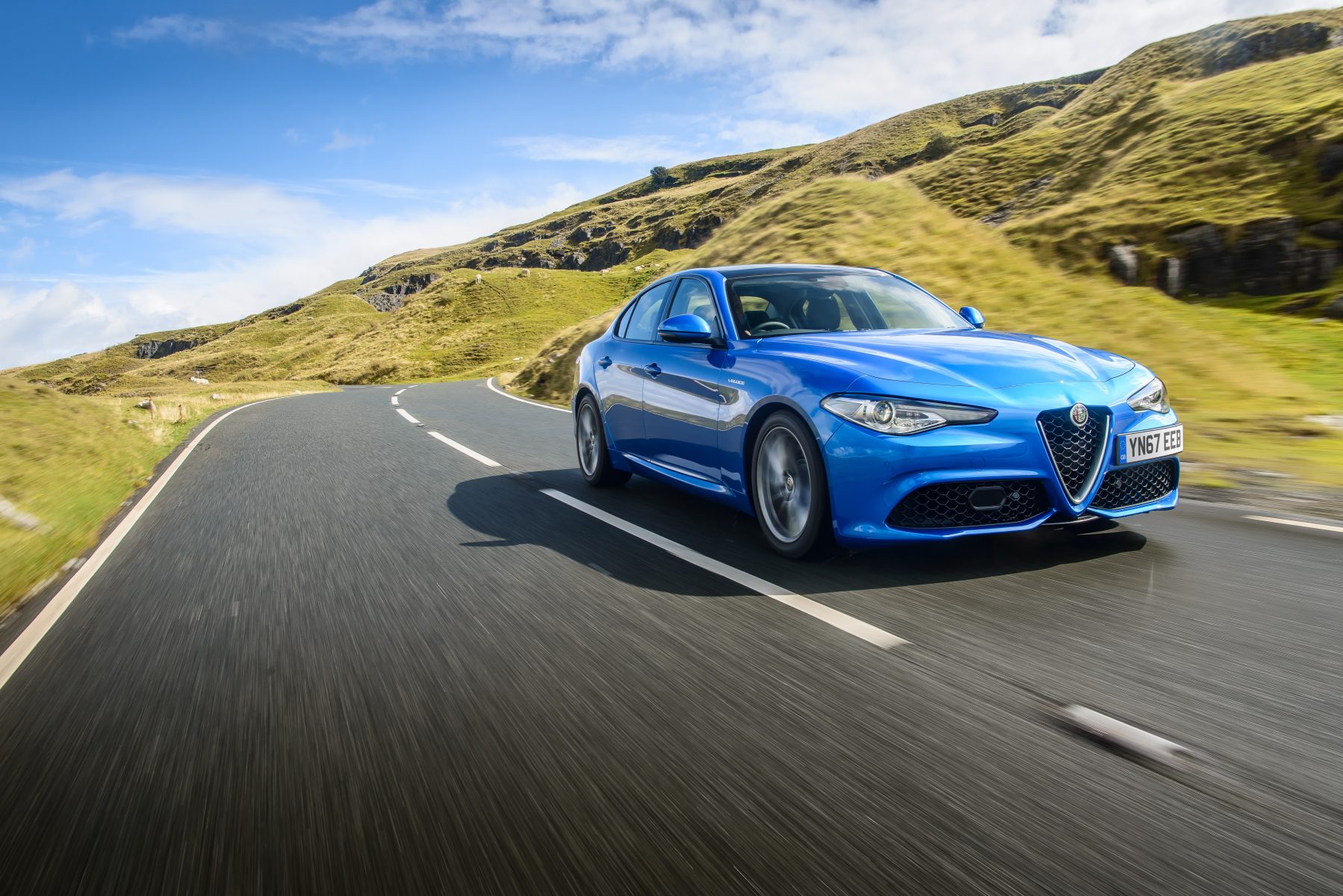 For Alfa Romeo, the reintroduction of the Giulia nomenclature was a signal of intent. Replacing the 159 in the line-up, the Giulia did away with front-wheel drive in favour of rear or all-wheel drive, allowing the car’s improved chassis dynamics to shine through properly.
For Alfa Romeo, the reintroduction of the Giulia nomenclature was a signal of intent. Replacing the 159 in the line-up, the Giulia did away with front-wheel drive in favour of rear or all-wheel drive, allowing the car’s improved chassis dynamics to shine through properly.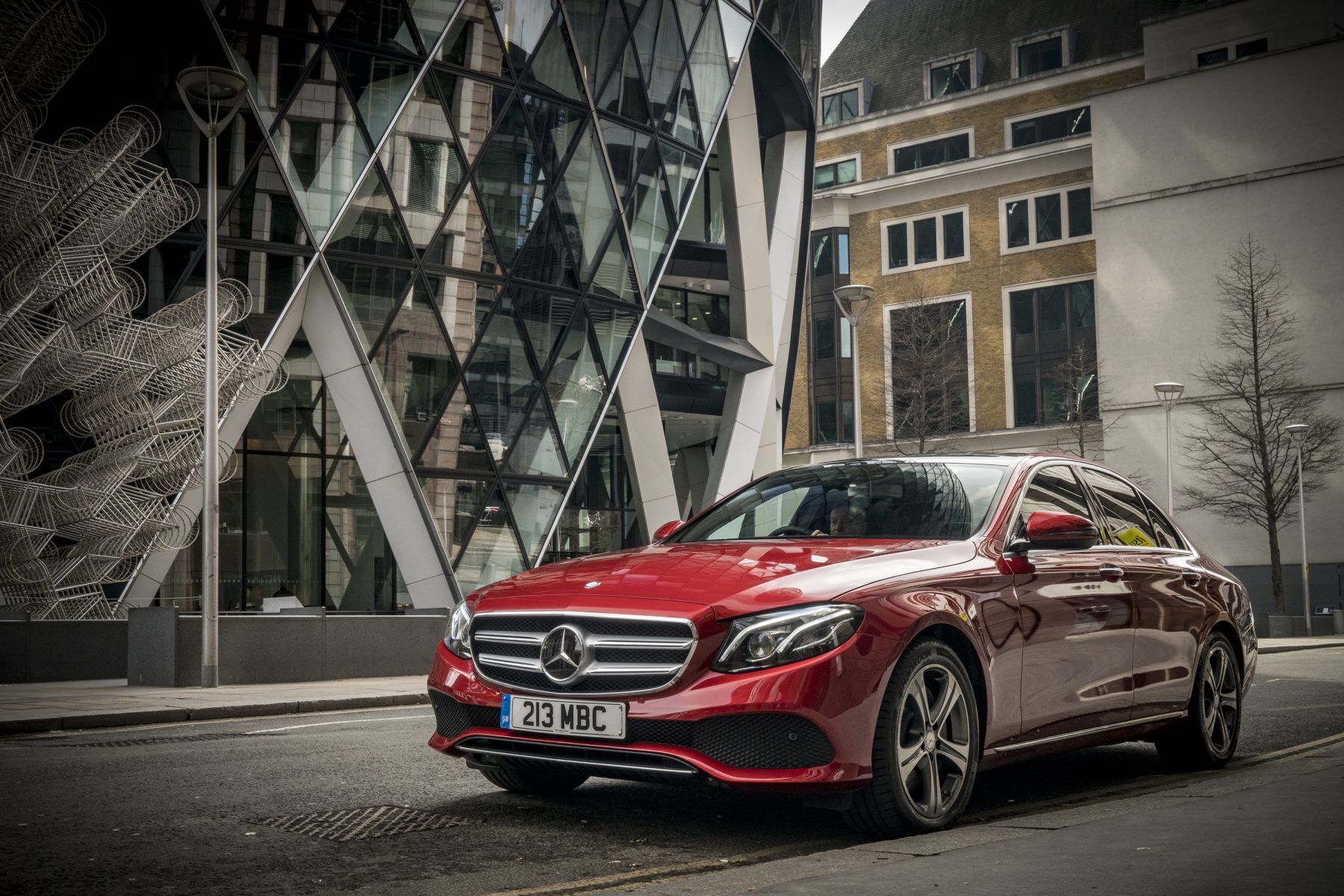 While its predecessors date back as far as the 1950s, the E-Class name itself debuted in 1993. While its bigger brother – the S-Class – has proven to be the showcase for technologies of the future, a good portion of what we see in the Mercedes flagship does also work its way down to the E-Class.
While its predecessors date back as far as the 1950s, the E-Class name itself debuted in 1993. While its bigger brother – the S-Class – has proven to be the showcase for technologies of the future, a good portion of what we see in the Mercedes flagship does also work its way down to the E-Class. Debuting in 2015 as Jaguar’s answer to the BMW 3 Series and Mercedes C-Class, the XE was envisioned as the model that would bridge the gap between luxury and mainstream for the British marque.
Debuting in 2015 as Jaguar’s answer to the BMW 3 Series and Mercedes C-Class, the XE was envisioned as the model that would bridge the gap between luxury and mainstream for the British marque.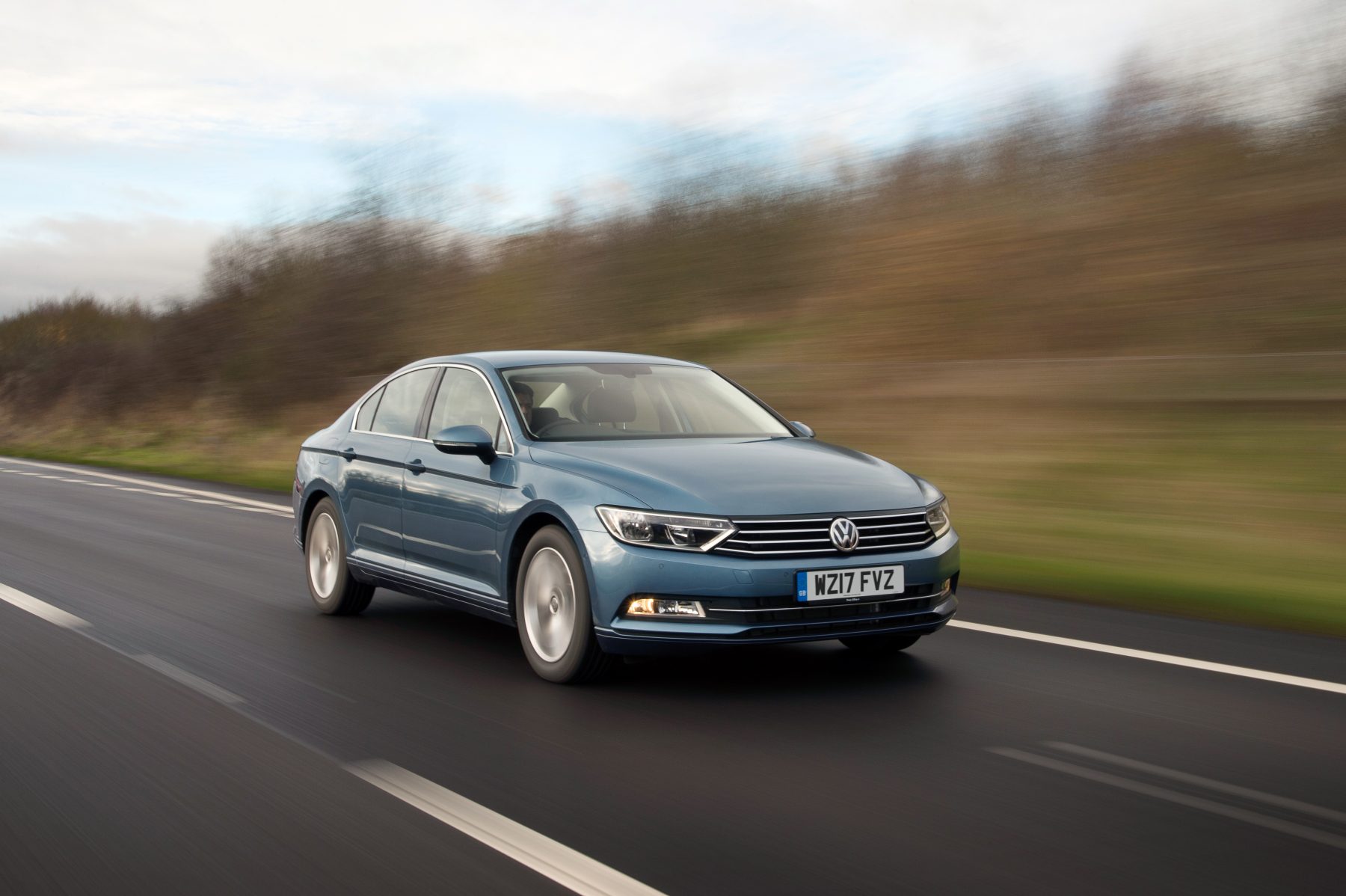 Overall, it could be said that the Volkswagen brand does a superb job of balancing itself between being the people’s car it was always intended to be, and a prestigious brand.
Overall, it could be said that the Volkswagen brand does a superb job of balancing itself between being the people’s car it was always intended to be, and a prestigious brand.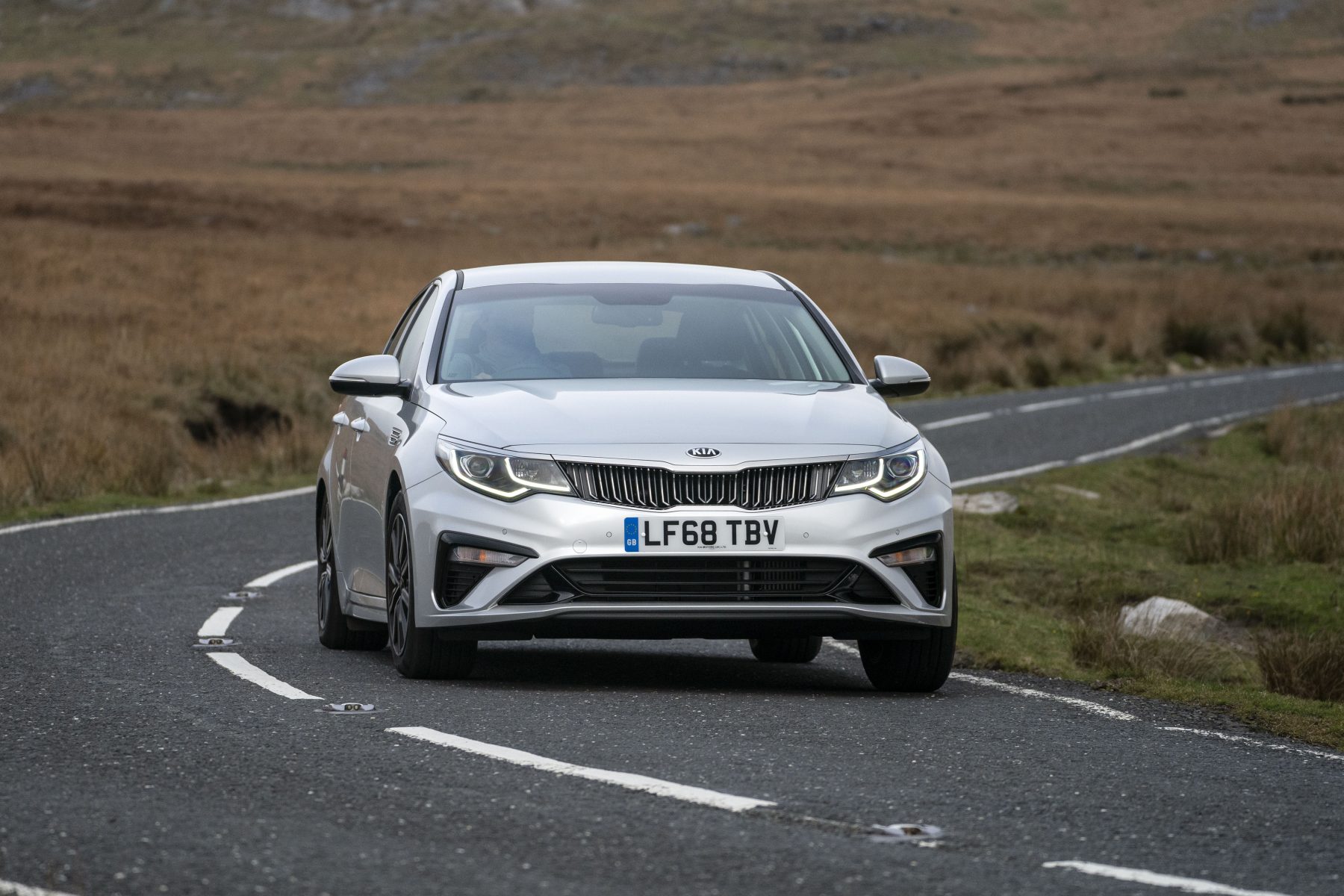 While stablemate Hyundai’s stock is also rising, it is fair to say that Kia has done the best job of positioning itself among the mainstream manufacturers, to become one of the more popular brands in the UK.
While stablemate Hyundai’s stock is also rising, it is fair to say that Kia has done the best job of positioning itself among the mainstream manufacturers, to become one of the more popular brands in the UK.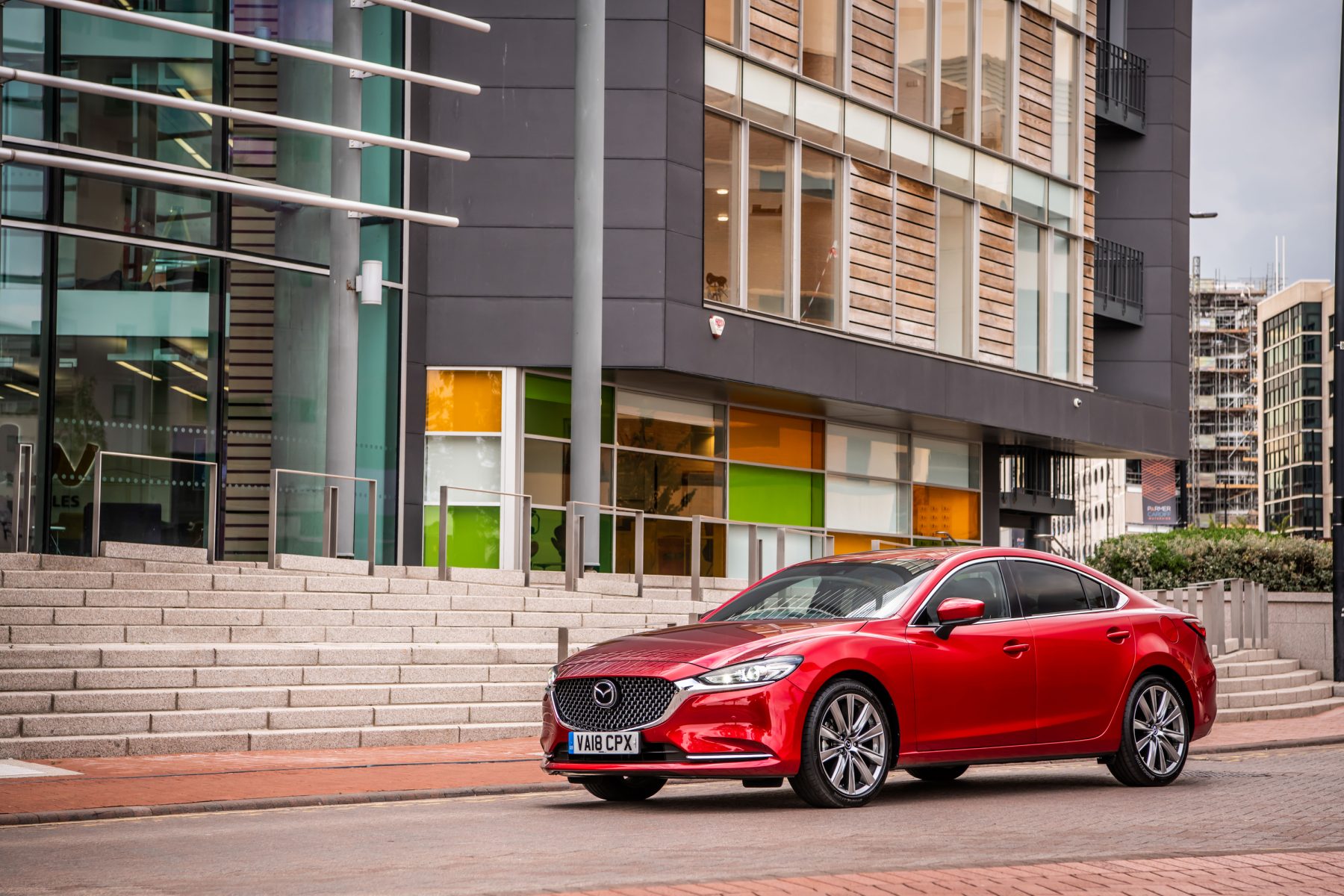 While the third generation of Mazda’s 6 saloon has been around for a while, it was refreshed in 2018 to better represent the marque’s Kodo design language.
While the third generation of Mazda’s 6 saloon has been around for a while, it was refreshed in 2018 to better represent the marque’s Kodo design language.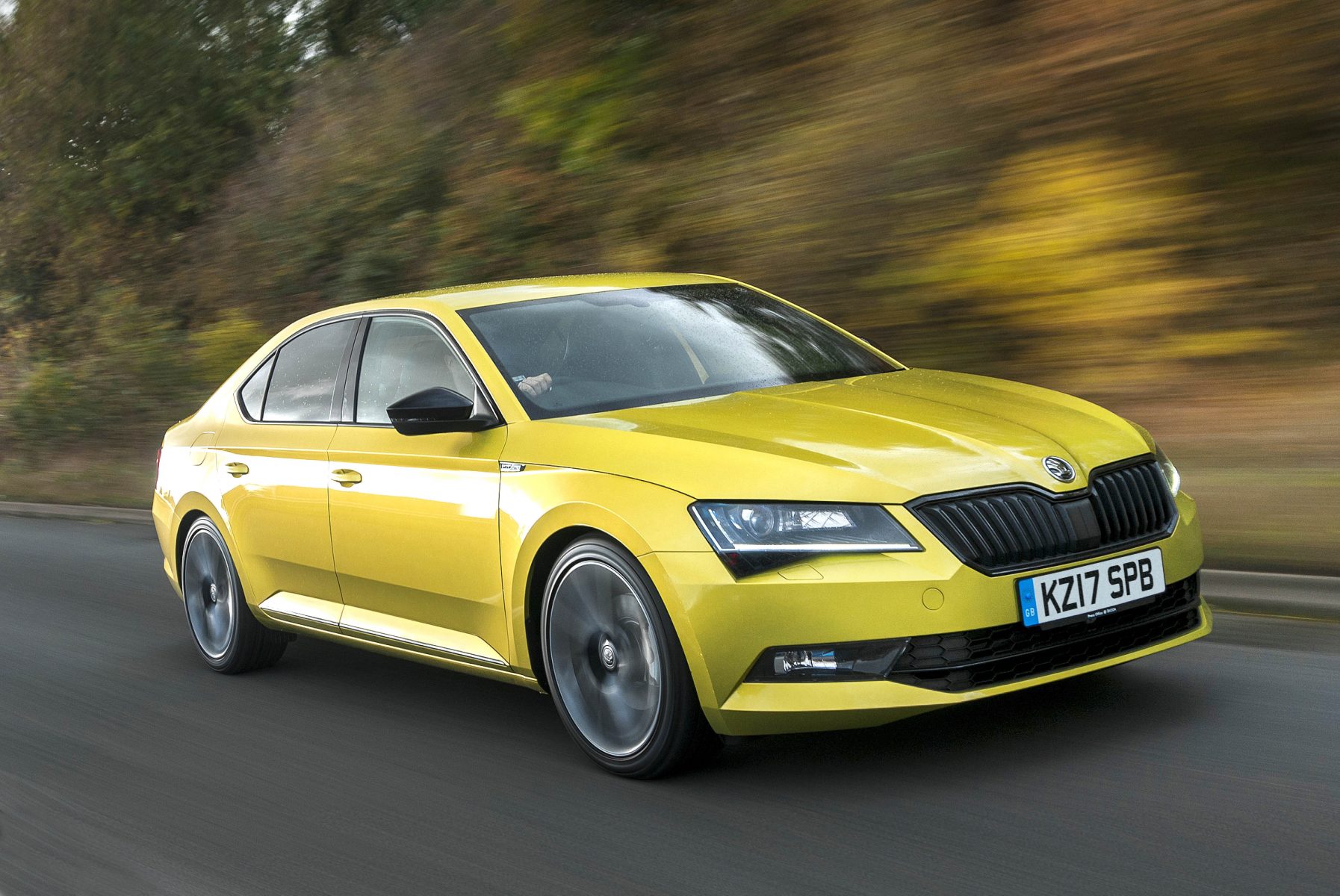 Long gone are the days when Skoda dubbing its flagship the Superb was considered a misnomer. This is a truly brilliant car, though its hatchback boot opening does technically exclude it from this list.
Long gone are the days when Skoda dubbing its flagship the Superb was considered a misnomer. This is a truly brilliant car, though its hatchback boot opening does technically exclude it from this list.